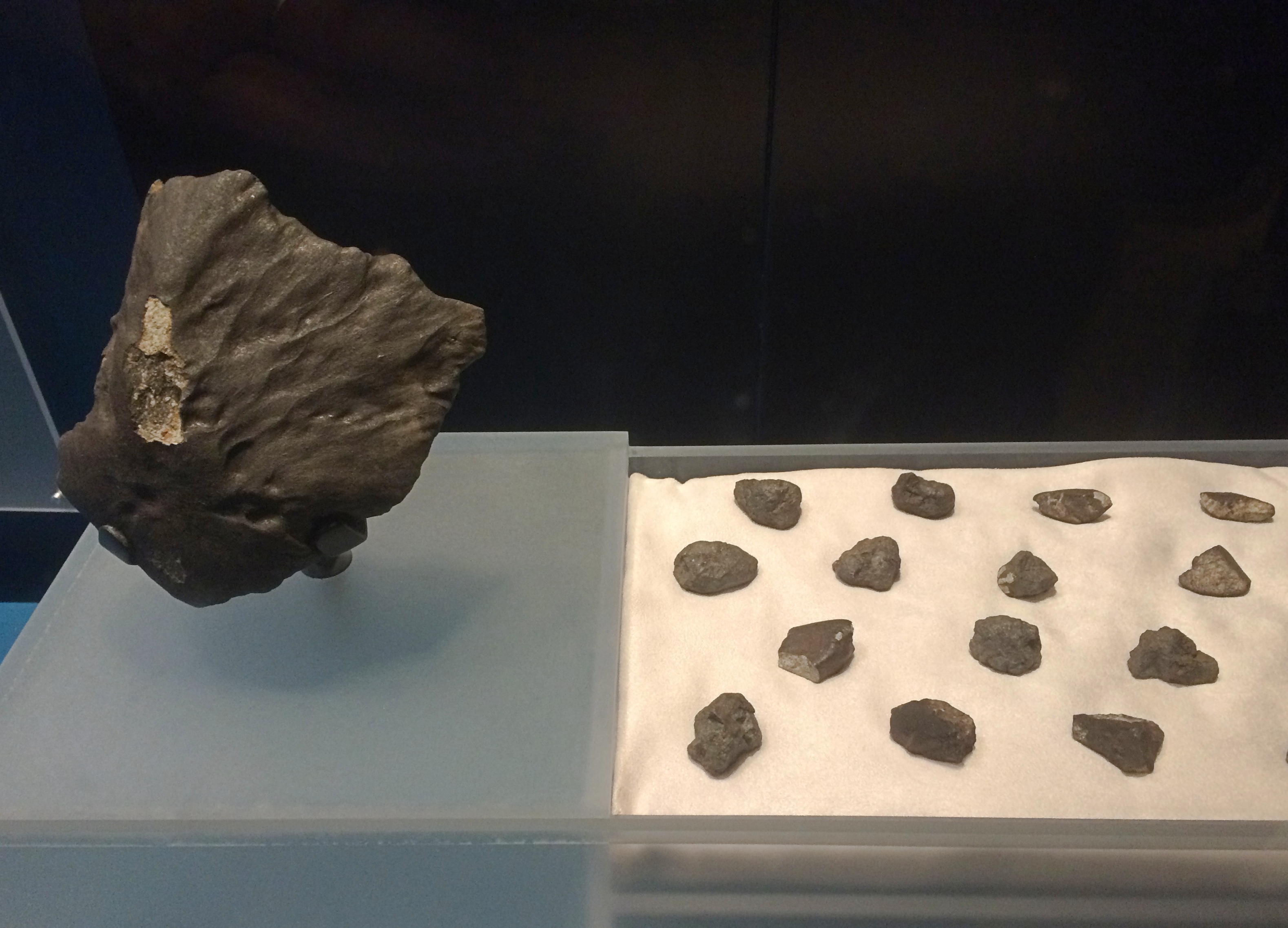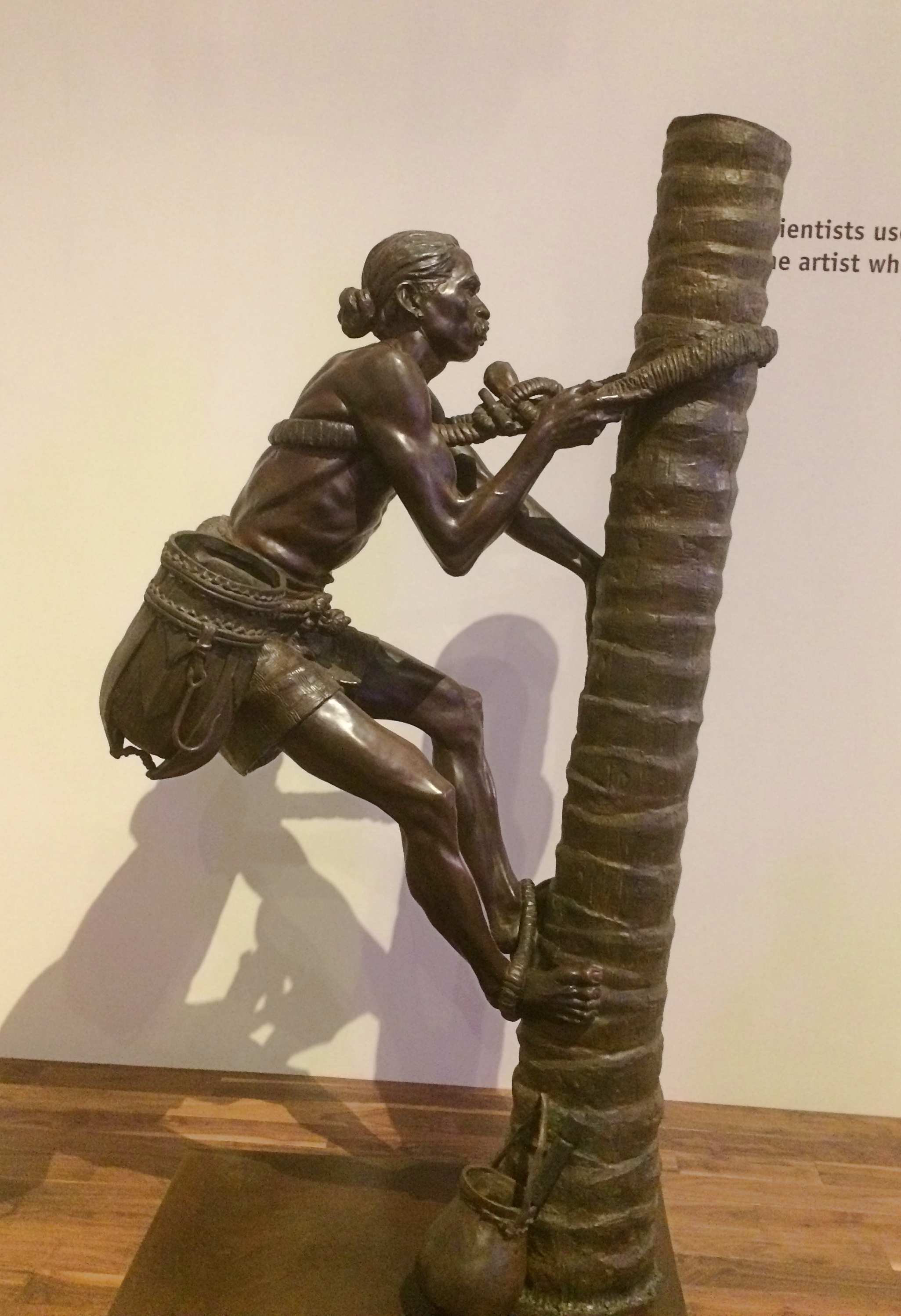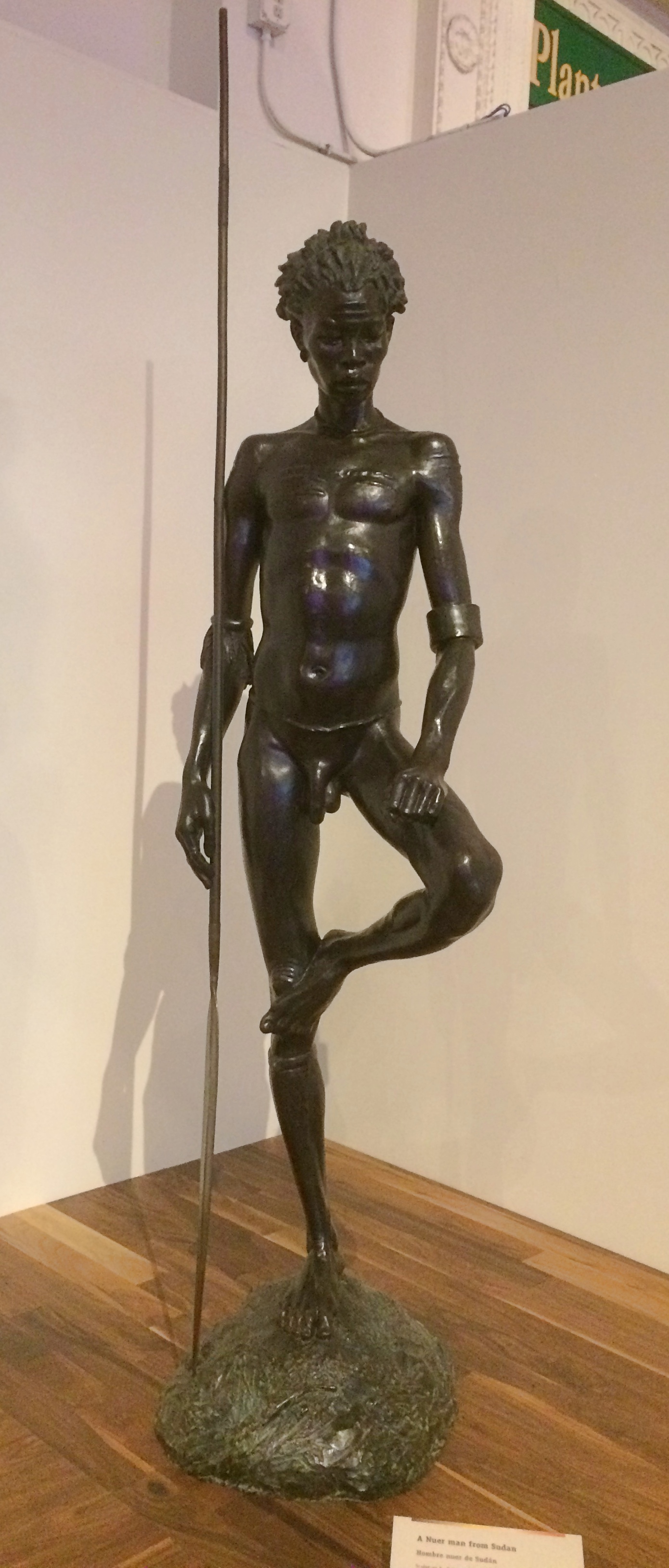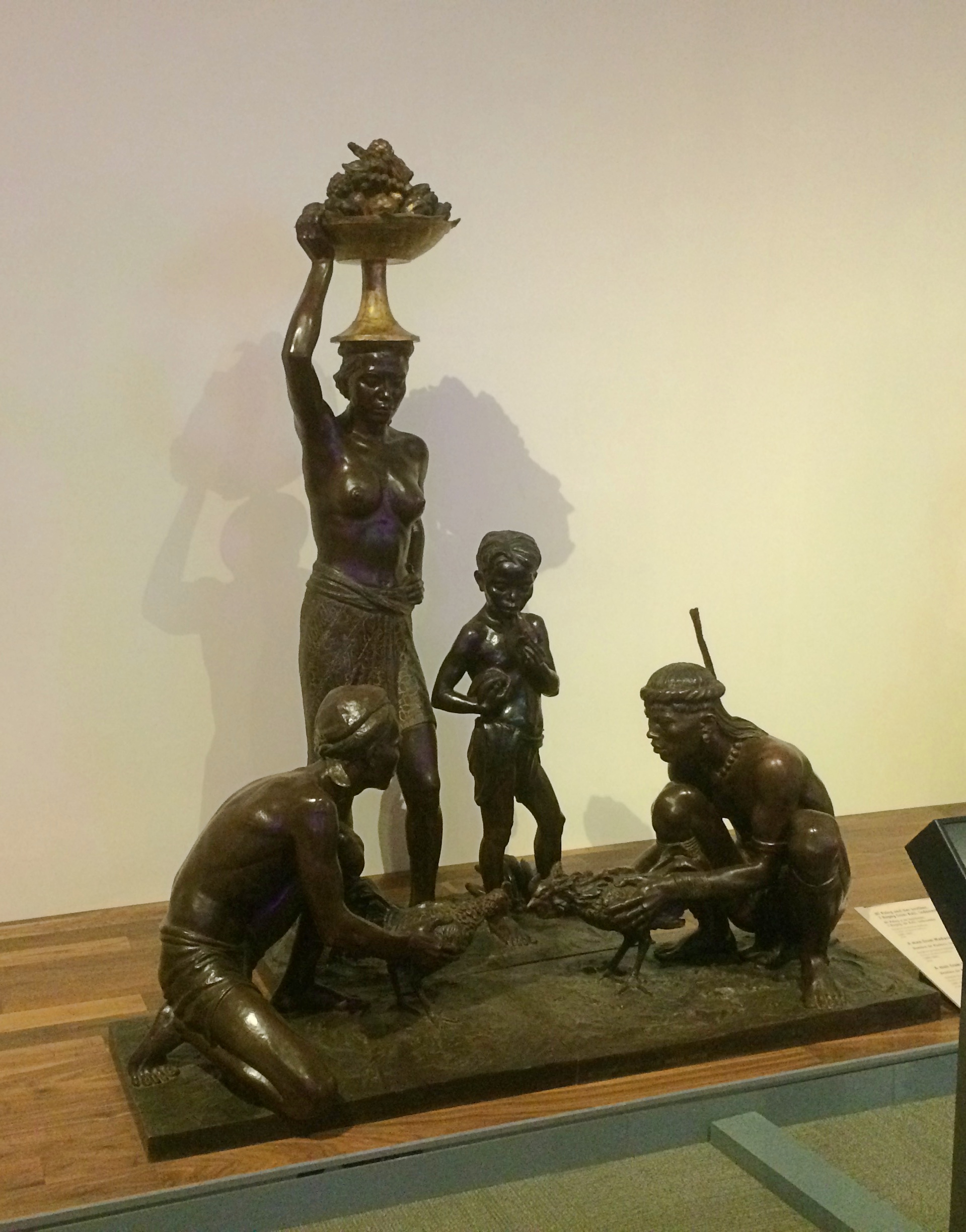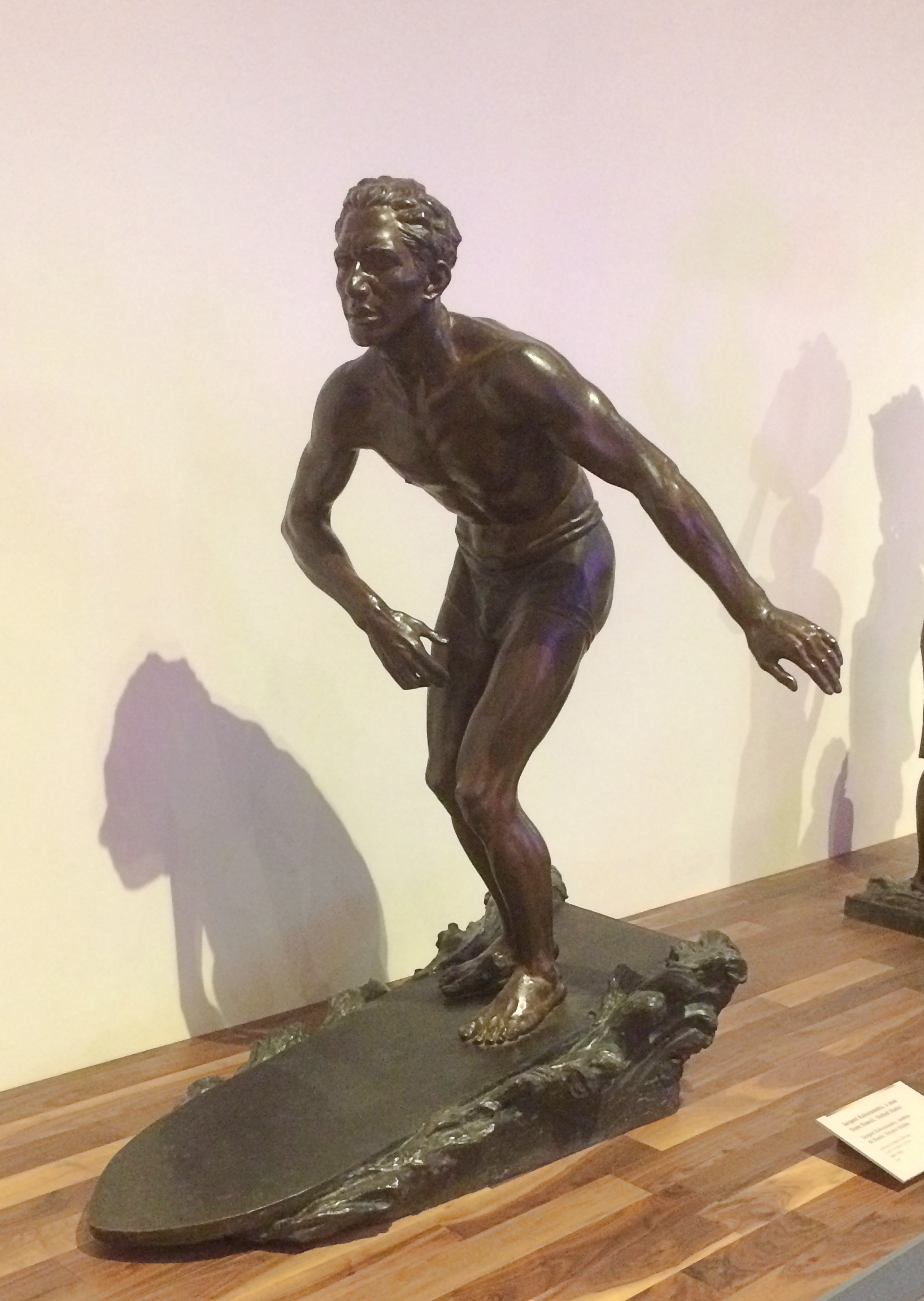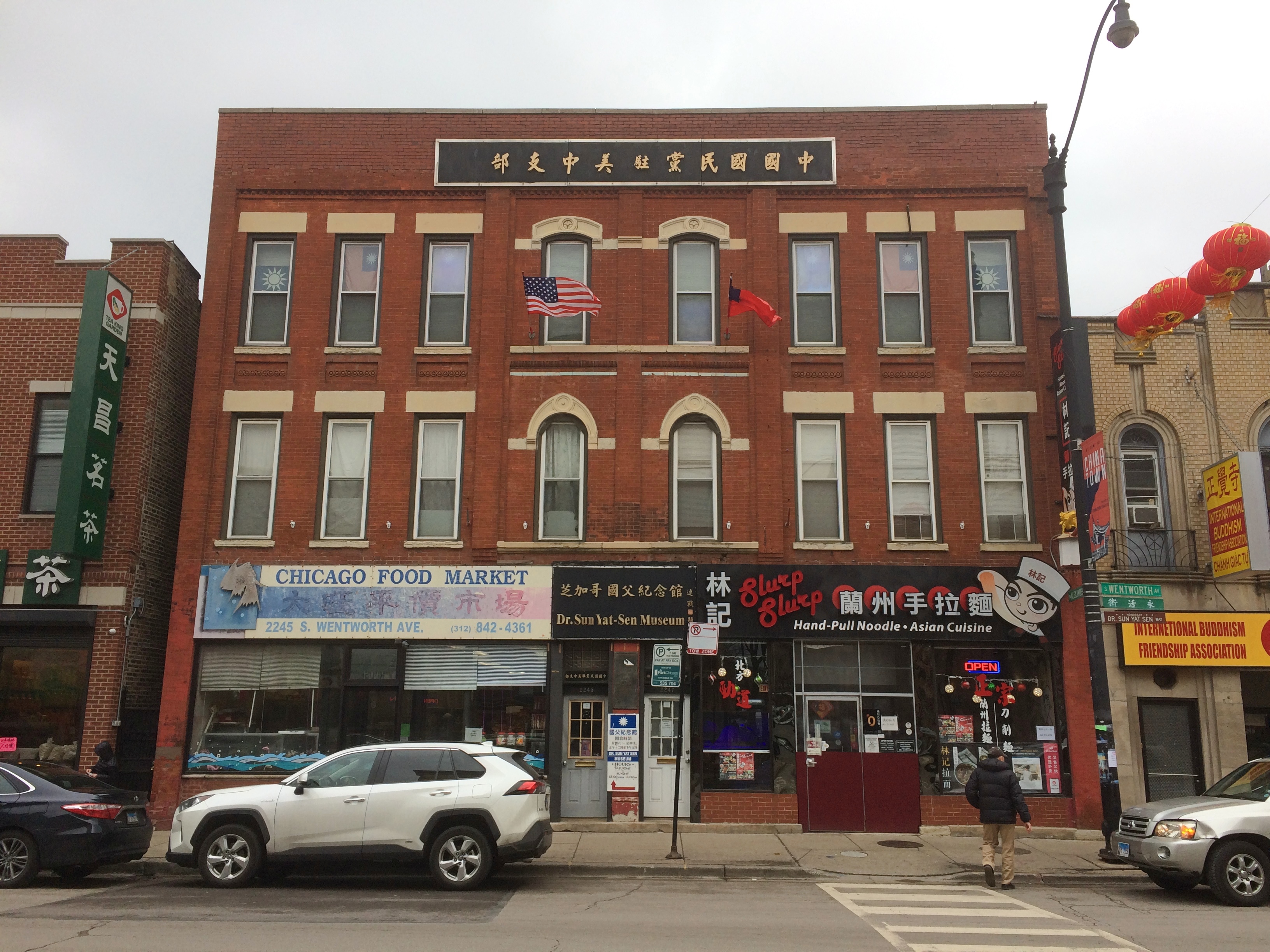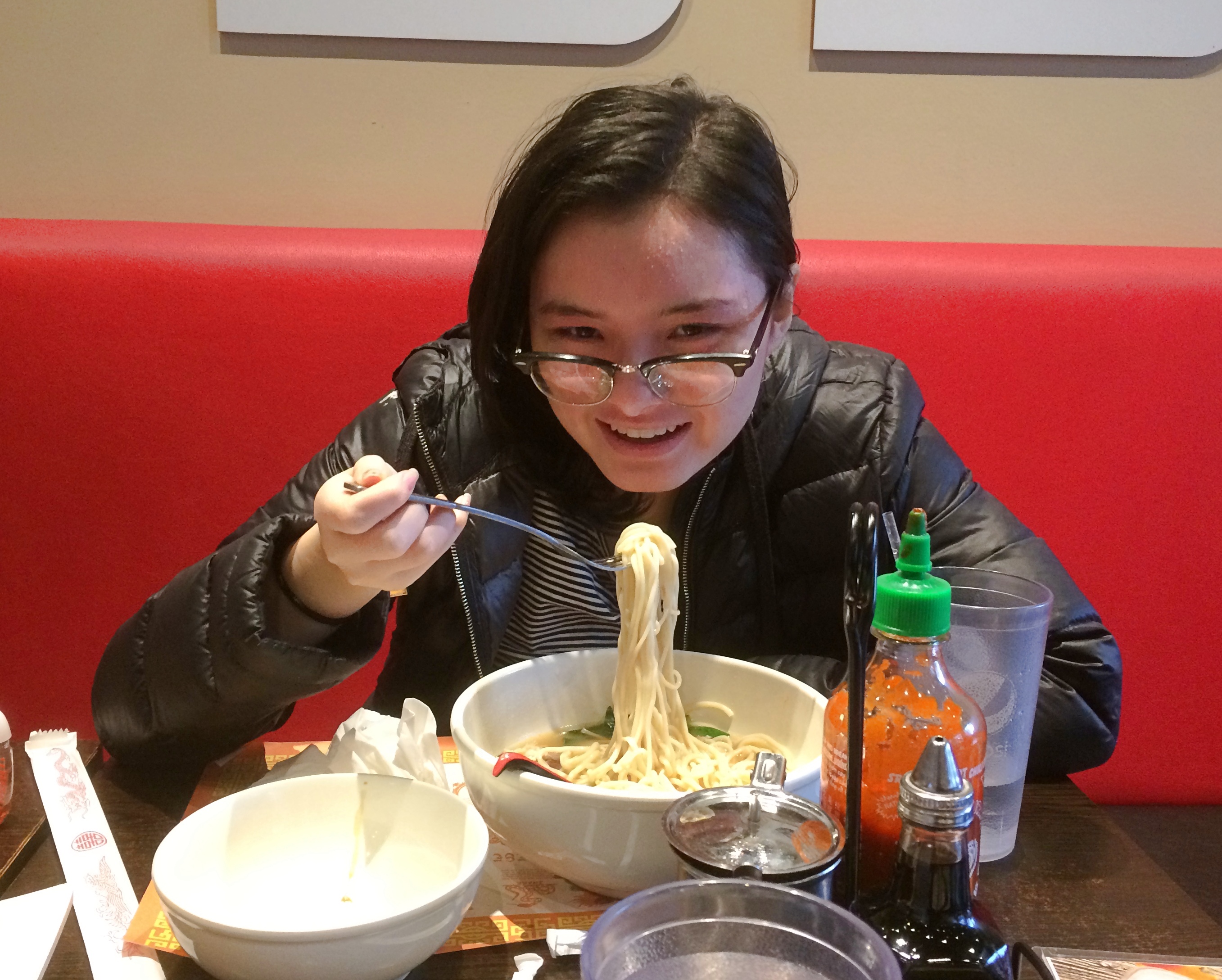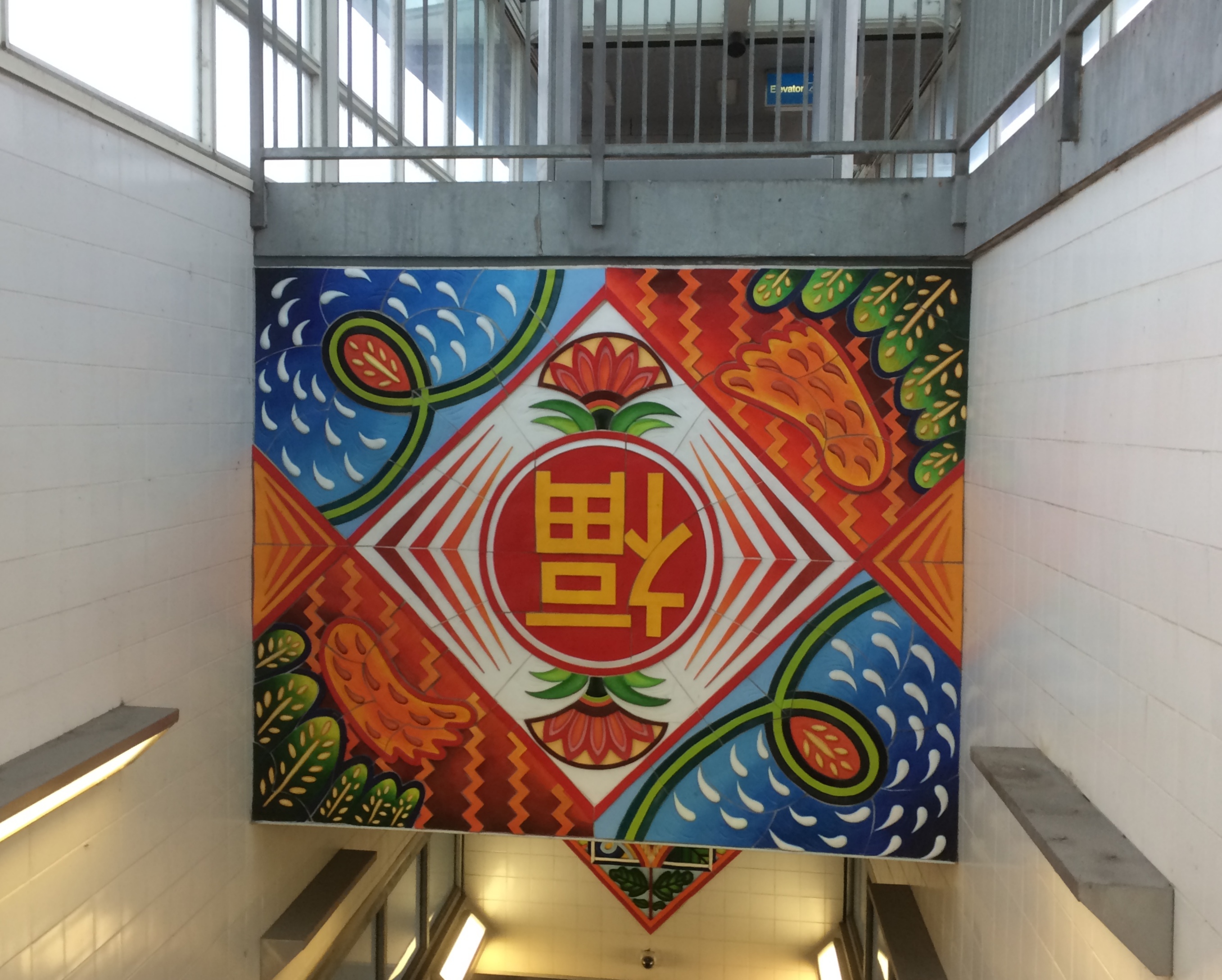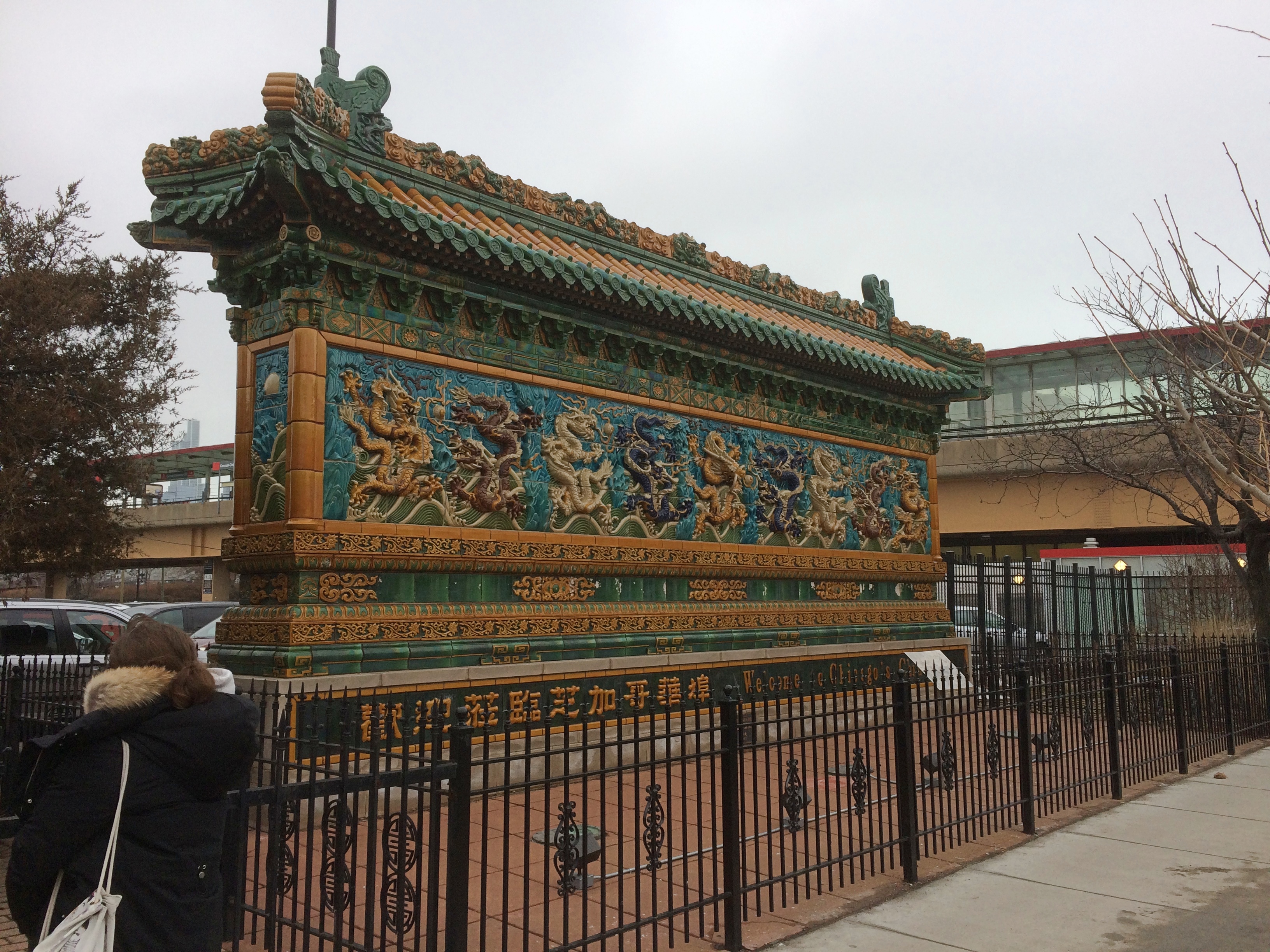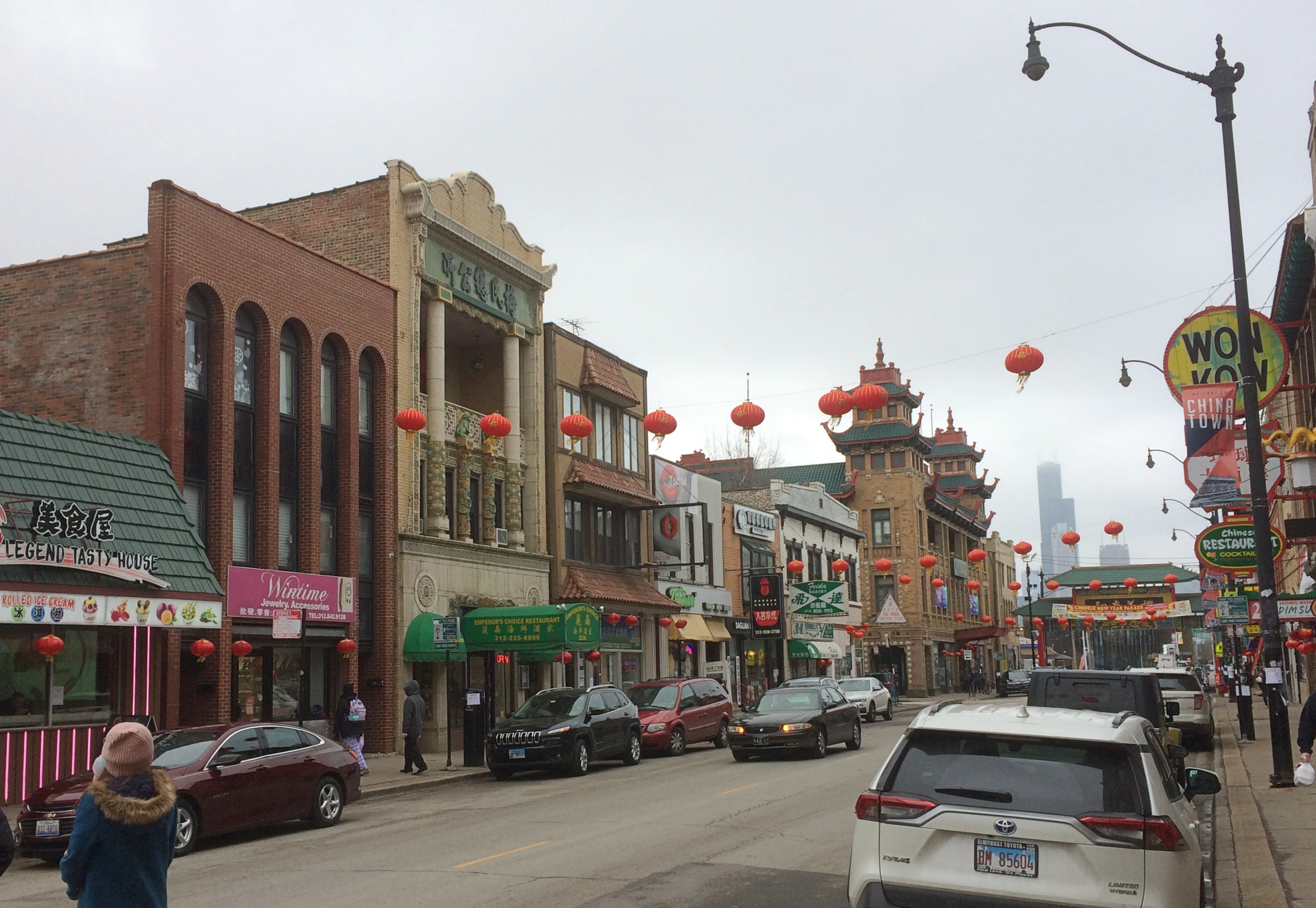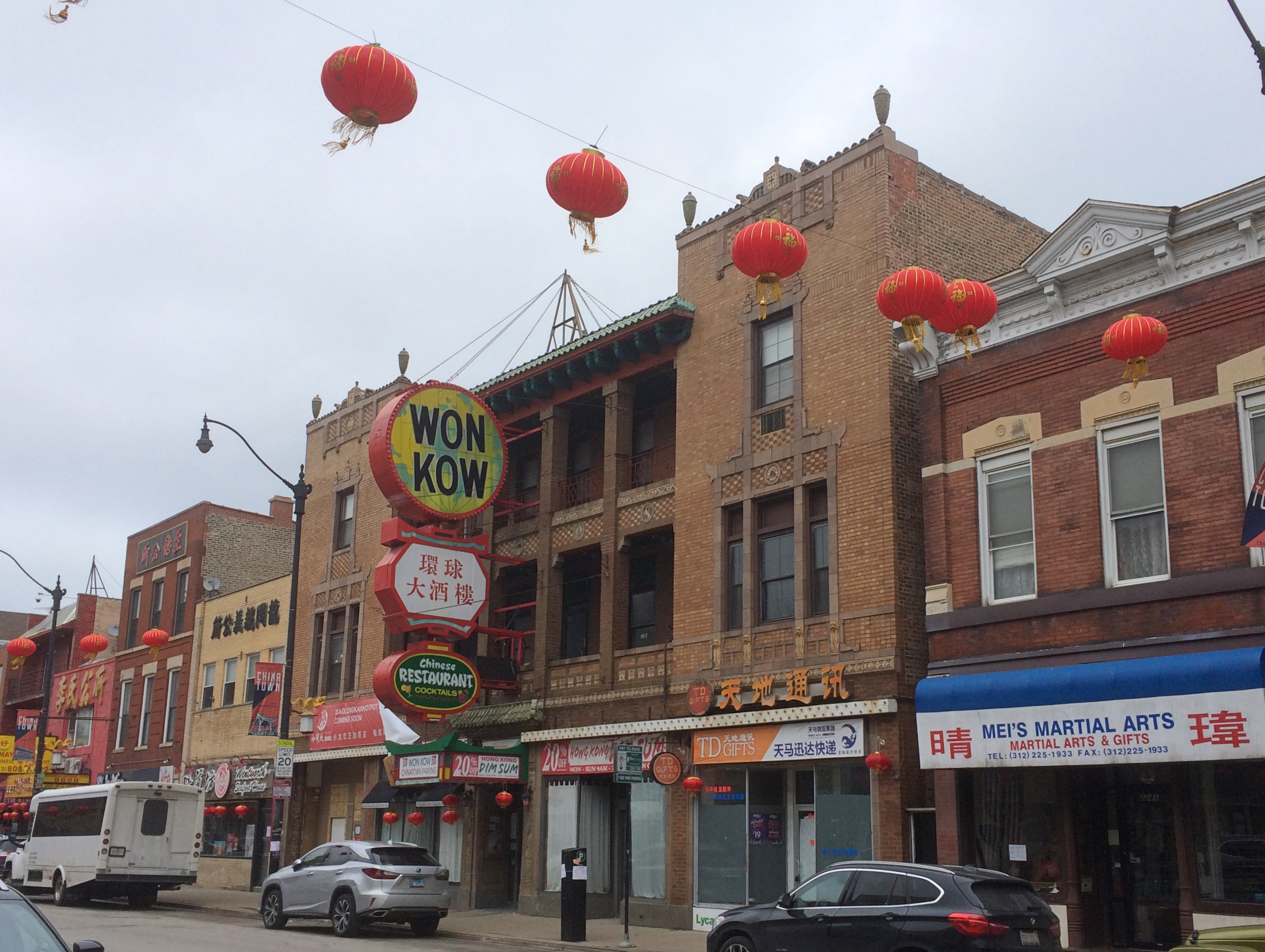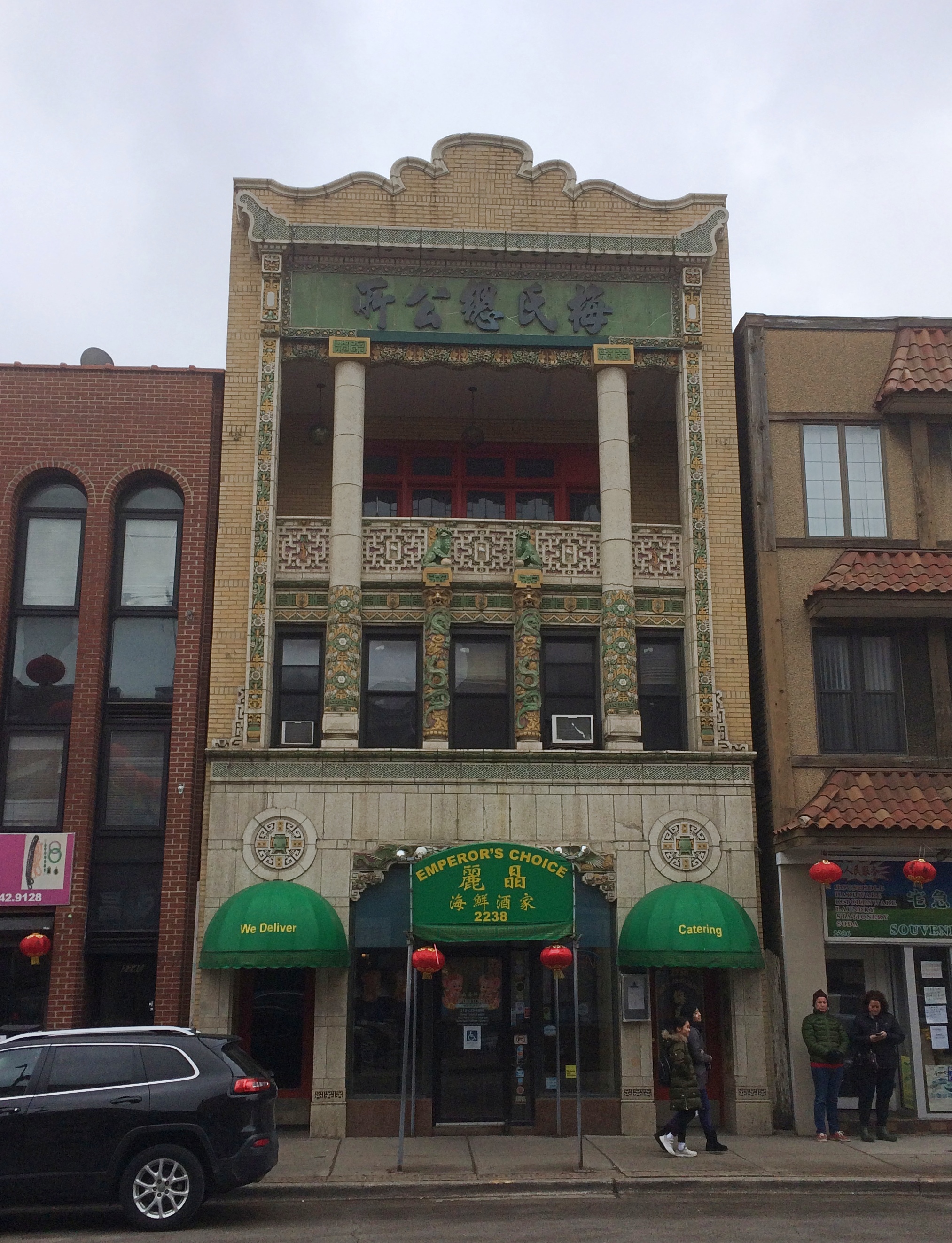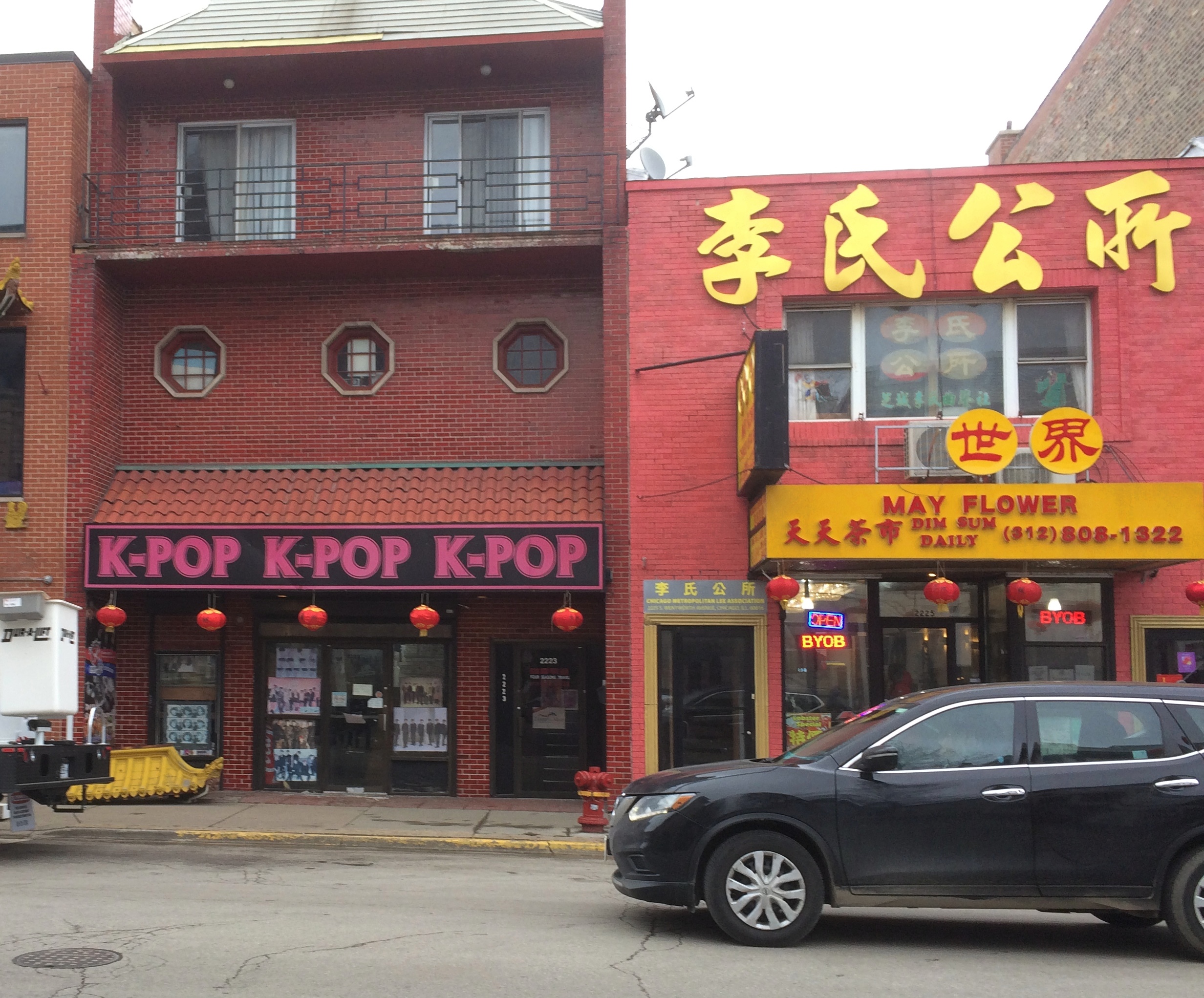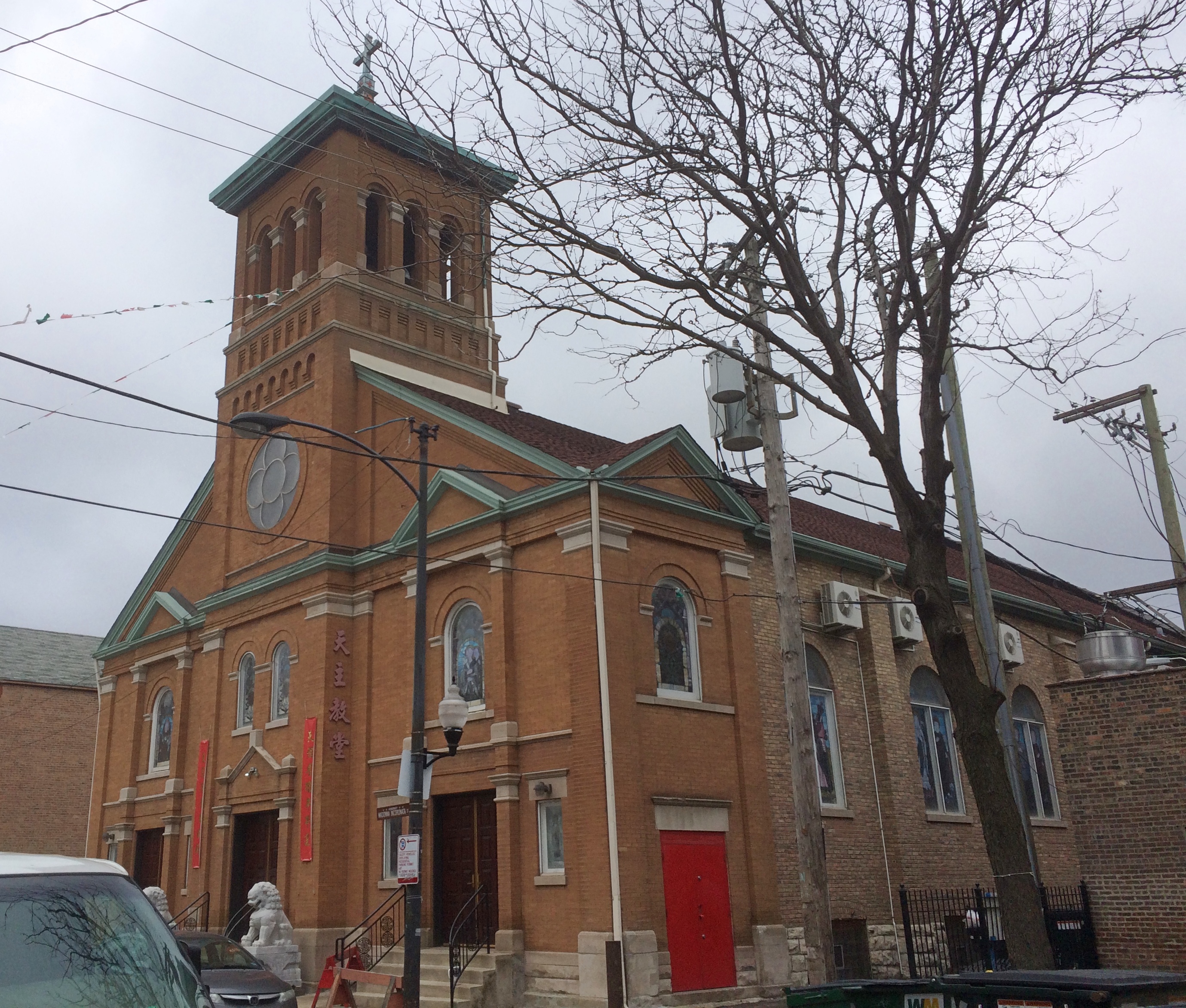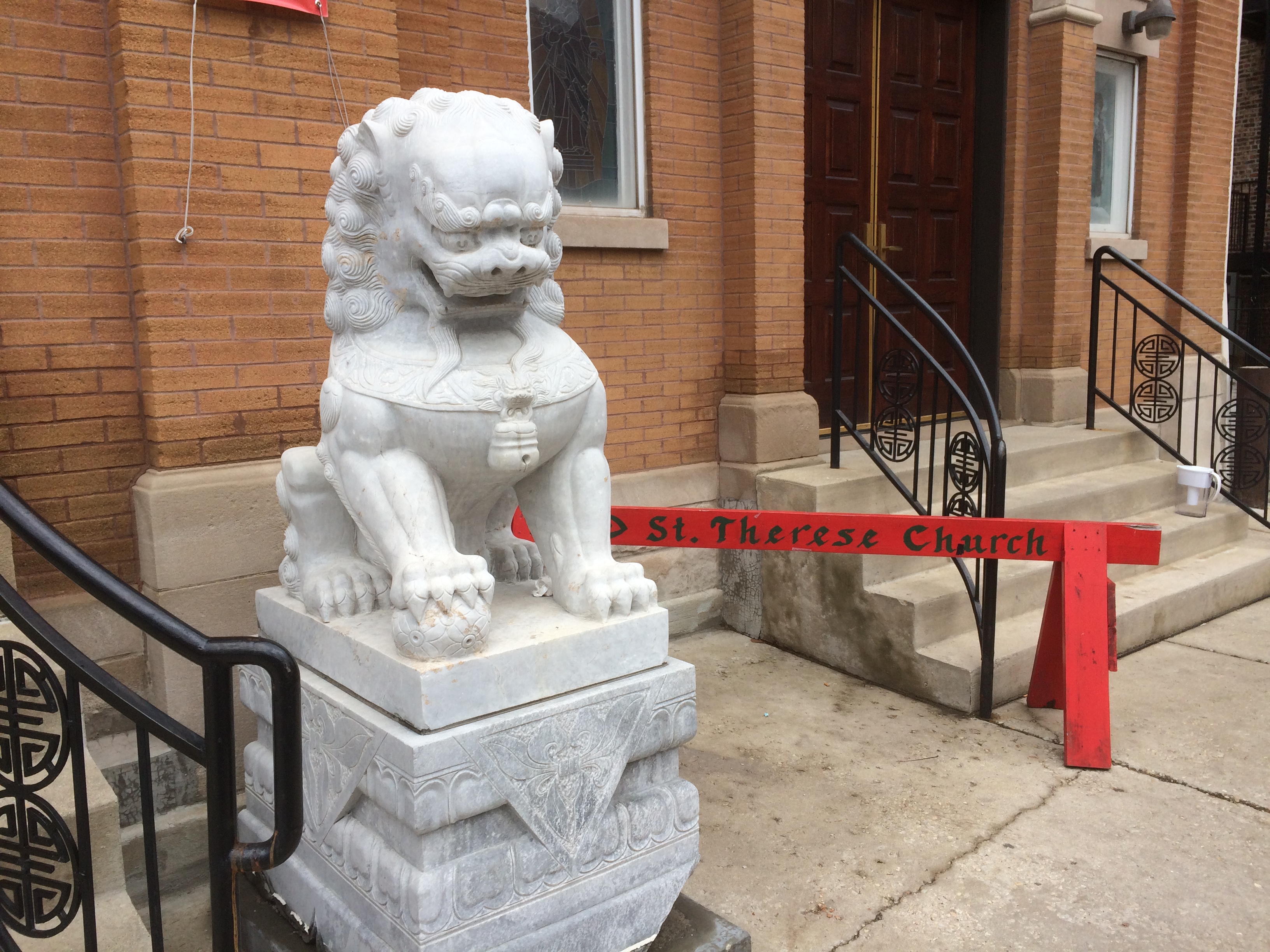Remarkable how quickly last week’s political mail becomes obsolete.
Then again, if he follows through with his promises, we’ll continue to get mail from his organization until election day. The message will just be a little different. Namely, Kick the SOB Out, or words to that effect.
Before I visited Southern California last month, I was slightly apprehensive about driving there, which was in no way rational. I’ve driven in most major U.S. metro areas, including Los Angeles, without major incident. I’ve been jammed up in traffic and had near accidents and gotten lost, but those things can happen anywhere.
Driving around SoCal wasn’t bad at all. As mentioned before, I opted out of GPS. Don’t need a box telling me where to go, especially when its advice tends to be: find the nearest freeway. I used maps — electronic maps, in this case. That’s about the best thing my phone does for me, as I discovered walking around in New York a couple of years ago.
(One strange thing that first happened during that trip was people asking me for directions, with a phone in their hands. They pointed to the Google Maps display and asked, how can I get to x from here? Dunno, man, read the map, maybe.)
You can’t — at least certainly shouldn’t — call up Google Maps while driving, and I didn’t do that, but usually it was easy enough to find a place to stop to consult a map. Also, here’s a tip for getting a light to change: start fiddling with your phone to look up a map, and it is sure to change.
Often enough I didn’t need to consult a map. Los Angeles street theory isn’t perfectly grid-like, but it has strong elements of a grid. Up one major street for miles, over another for more miles.
Not that I wanted to drive everywhere. The first morning in town, a Saturday, I drove only as far as a station on the relatively new Expo Line, which goes from Santa Monica to downtown LA, or vice verse.
I rode it downtown from the Expo/La Cienega station, through miles of the city I’d never seen before, including the edge of the University of Southern California. Good old USC — how persistent that school was in sending me mail in the late ’70s and early ’80s, inviting me to apply, even after I was attending VU.
On my second day in town, a Sunday, I got up early, strategy in mind. I was staying fairly near I-405, the 405 as it’s called locally, so I took that freeway north to I-10, the 10, and headed east from there to Western Ave. I’d read that the 405 was one of LA’s worst freeways in terms of congestion, and maybe it is.
But just before 8 on Sunday morning, I encountered smooth driving on the 405, as well as the 10, where traffic was also light. Getting off the highway, I headed north and soon found myself in Koreatown. Easy to know you’re there, because of the Hangul signs. Soon I began to wonder, just how large is Los Angeles’ Koreatown? I passed block after block after block after block of Hangul-marked buildings. How big? Really big.
Eventually, I turned west on Santa Monica Blvd. to reach the Hollywood Forever Cemetery, but also to begin the longest drive of the day, west from there to Santa Monica itself, through (among other places) West Hollywood and Beverly Hills.
A virtual stage, it seemed to me — a carnival of sights to see, a spectacle of wealth and poverty, even at driving speed. Urban texture that you experience in any North American city, and yet with its own flavor. You see only glimpses, but even so you pass distinct cars and trucks, but not as many trucks as some places (because LA tends to have alleys for delivery), more pedestrians than you’d think but fewer bicyclists, chain shops and independents in strip centers, apartments, houses, office buildings, churches, schools, bars, restaurants, vacant lots, buildings under construction, parking lots, car washes — a lot of them — tall palms and short bushes, cannabis dispensaries, gas stations, graffiti’d walls, mural’d walls, billboards, parking meters, neon signs, showrooms, construction zones (but not as many as I expected), lamp posts and telephone poles, self-storage and payday loan offices, parks, playgrounds and even a cactus patch.
The Cactus Garden in Beverly Gardens Park, recently renovated. I stopped for a look at the cacti and the churches next to the park.
Santa Monica’s traffic is pretty thick, so driving was less pleasant there. To get to the Getty Villa in Pacific Palisades, you head north on the Pacific Coast Highway. That too was crowded. The road is probably more scenic and less crowded further north, but Pacific Palisades isn’t that far, so I didn’t see much of the highway (we saw part of it up that way in 2001, driving to Santa Barbara, though mostly we took U.S. 101).
On Monday, the plan was to reach Palm Springs by way of freeways and then San Gabriel Canyon Road (California 39) through San Gabriel Mountains National Monument to California 2 and 138. Looked good on the map.
First, though, I had to get out of Los Angeles via freeway. I knew I didn’t want to drive anywhere near downtown, because February 24 was the day of Kobe Bryant’s memorial service at the Staples Center. So I went around downtown, and avoided the 405 too.
First, Sepulveda Blvd. south, which passes through a tunnel under LAX. I didn’t know that till I looked at the map. Then I drove it. I don’t think I’ve ever driven under an airport. I’m not sure any other airport has a tunnel under it.
From south of the airport, I took the 105 east to the 605 north to the 210, the Foothill Freeway. There were some minor snarls along the way, but nothing too bad.
Radio coverage of the memorial followed me all the way along the route. Reminded me of when Princess Diana died. It was a horrible accident, but still. Radio jocks can be counted on for maudlin twaddle at times like that.
When I got to the entrance of the monument, near Azusa, a sign said that California 2 was closed in x and y places. What did that mean? I stopped to look them up. That meant that I’d have to double back if I went as far as where 2 and 39 met, way up in the mountains. Still blocked by snow, I figured.
So I drove about 10 miles into the mountains and then drove back. Scenic territory, and not much traffic in February.
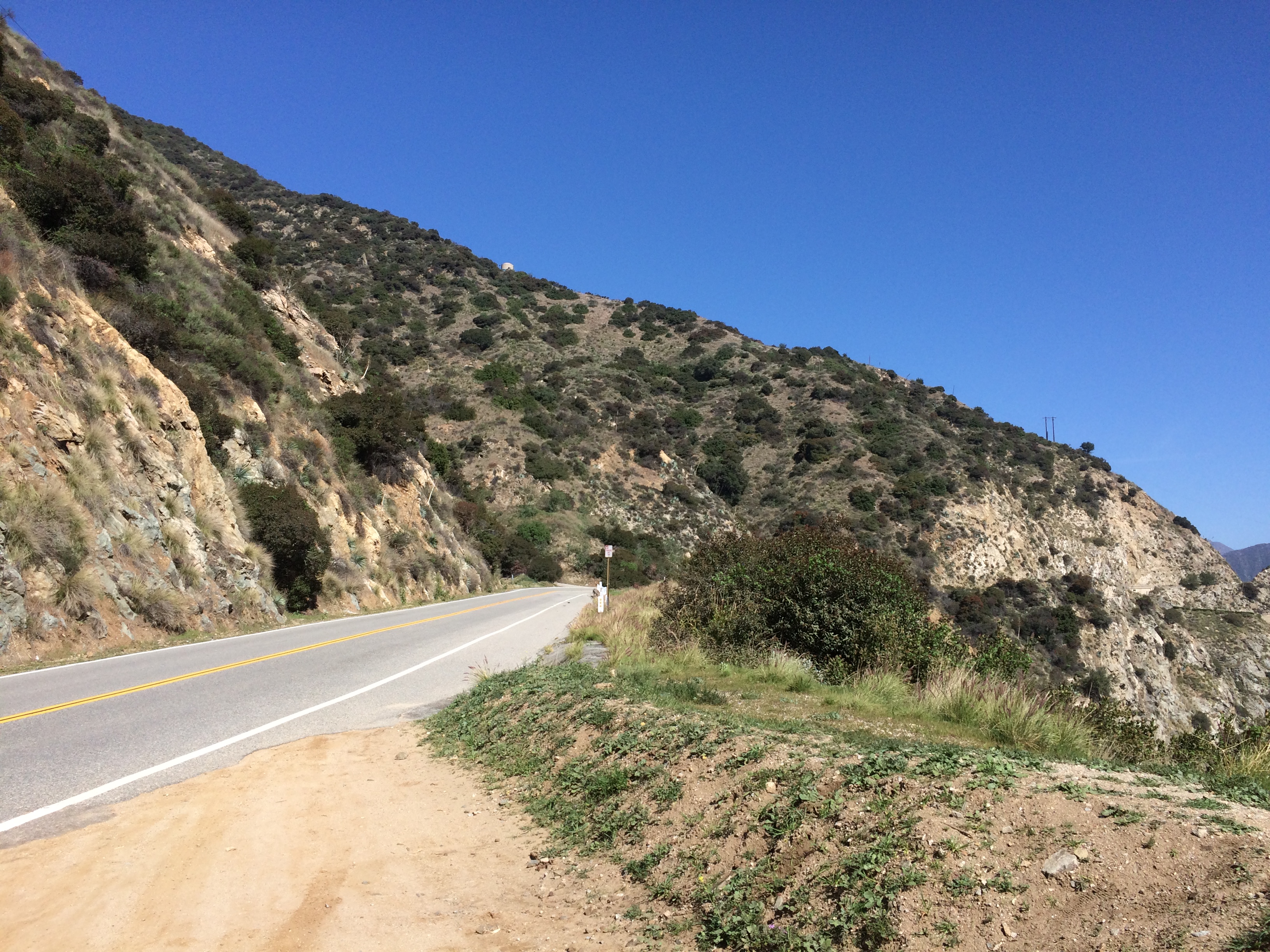
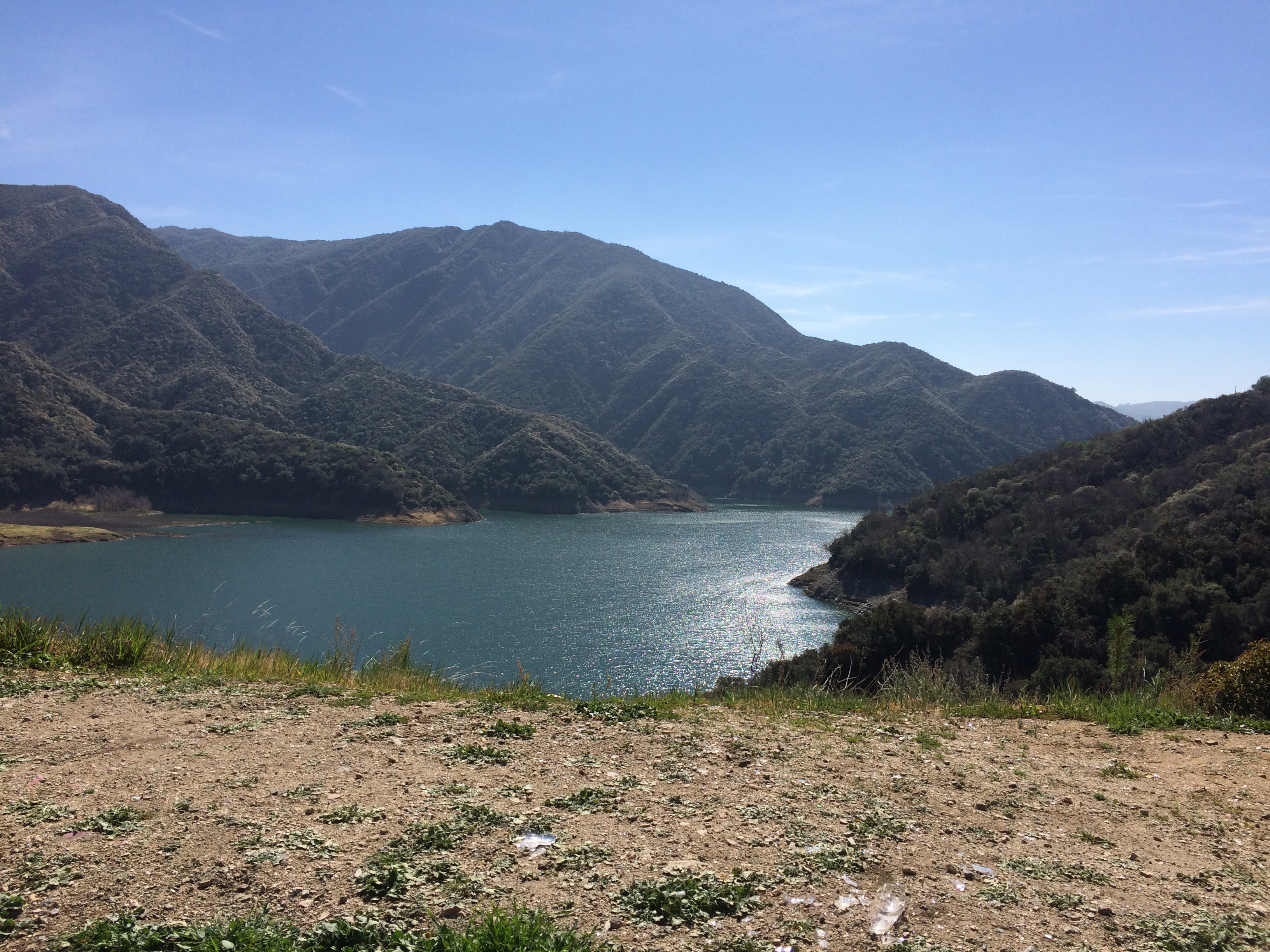 Evidence of an unfortunate accident.
Evidence of an unfortunate accident.
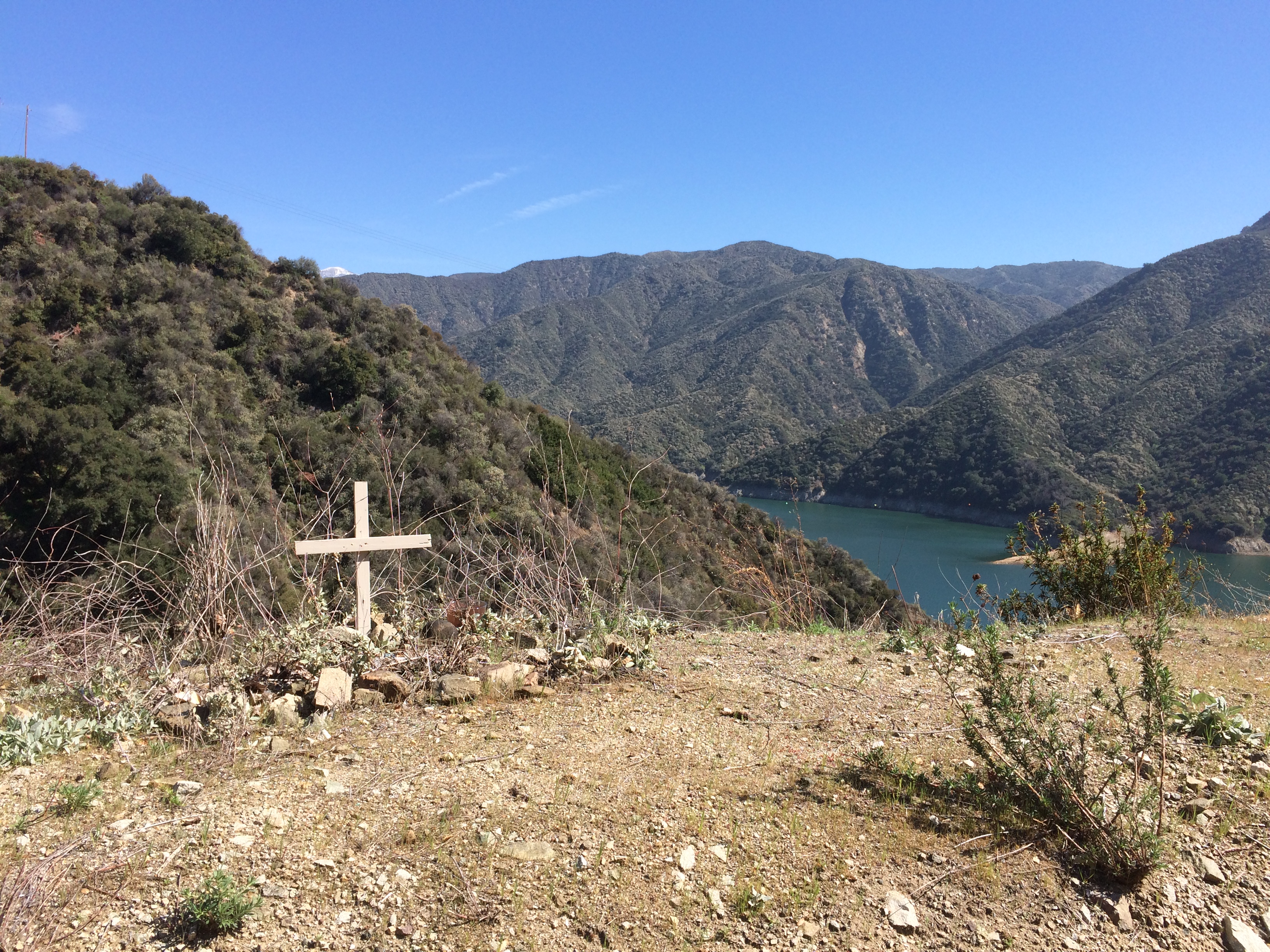 No name or date, though. No maudlin twaddle on the airwaves, either. The world is quiet when most people die.
No name or date, though. No maudlin twaddle on the airwaves, either. The world is quiet when most people die.
I spent the next hour or so driving east through the Foothill communities, including Rancho Cucamonga, along the former US 66. Of course I wanted to drive through Rancho Cucamonga.
The Foothills are naturally more suburban in character than Santa Monica Blvd. Except for the mountains looming off to the left, in fact, and the palm trees, not so different than my usual suburban haunts. I even stopped for gas at a Costco before getting back on the freeway to Palm Springs.
Didn’t drive in Palm Springs on Tuesday; Steve took me around. On Wednesday, I left town and drove to Joshua Tree National Park, whose roads are either small and paved, or small and unpaved. I drove on both kinds. On the unpaved version, through a Joshua tree forest, traffic was extremely light. I was it. Just like driving in a car commercial. Happens occasionally.

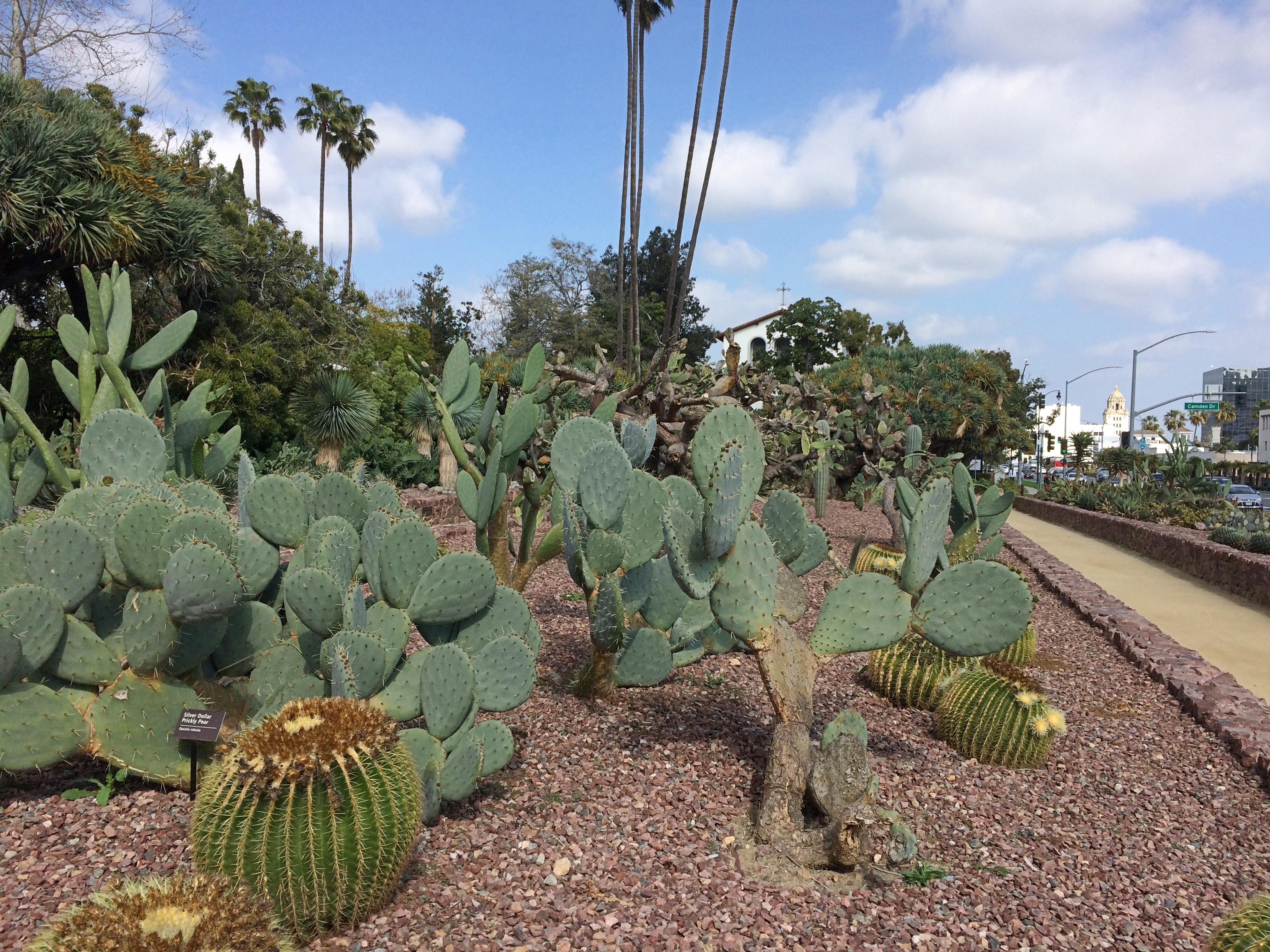
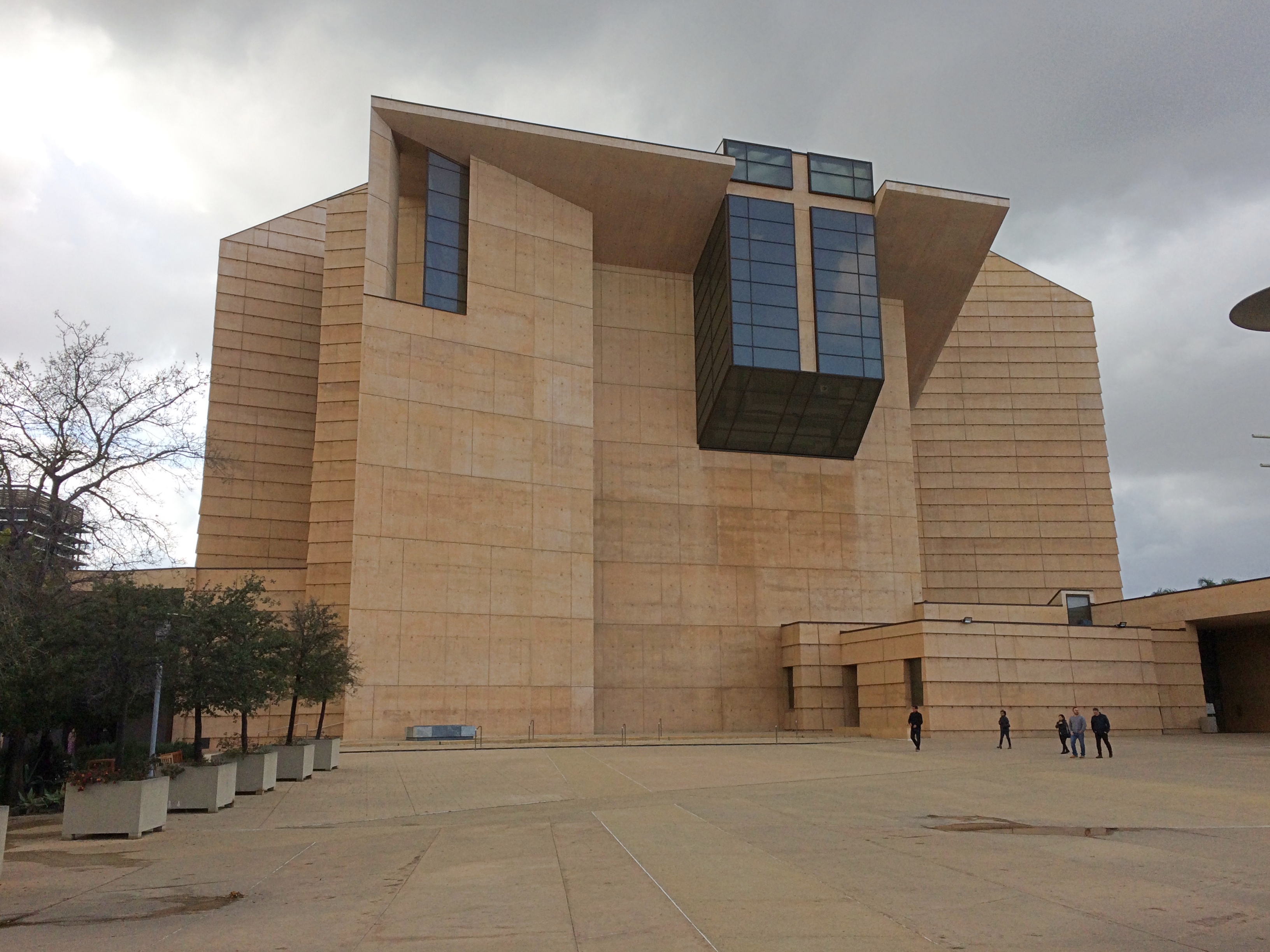
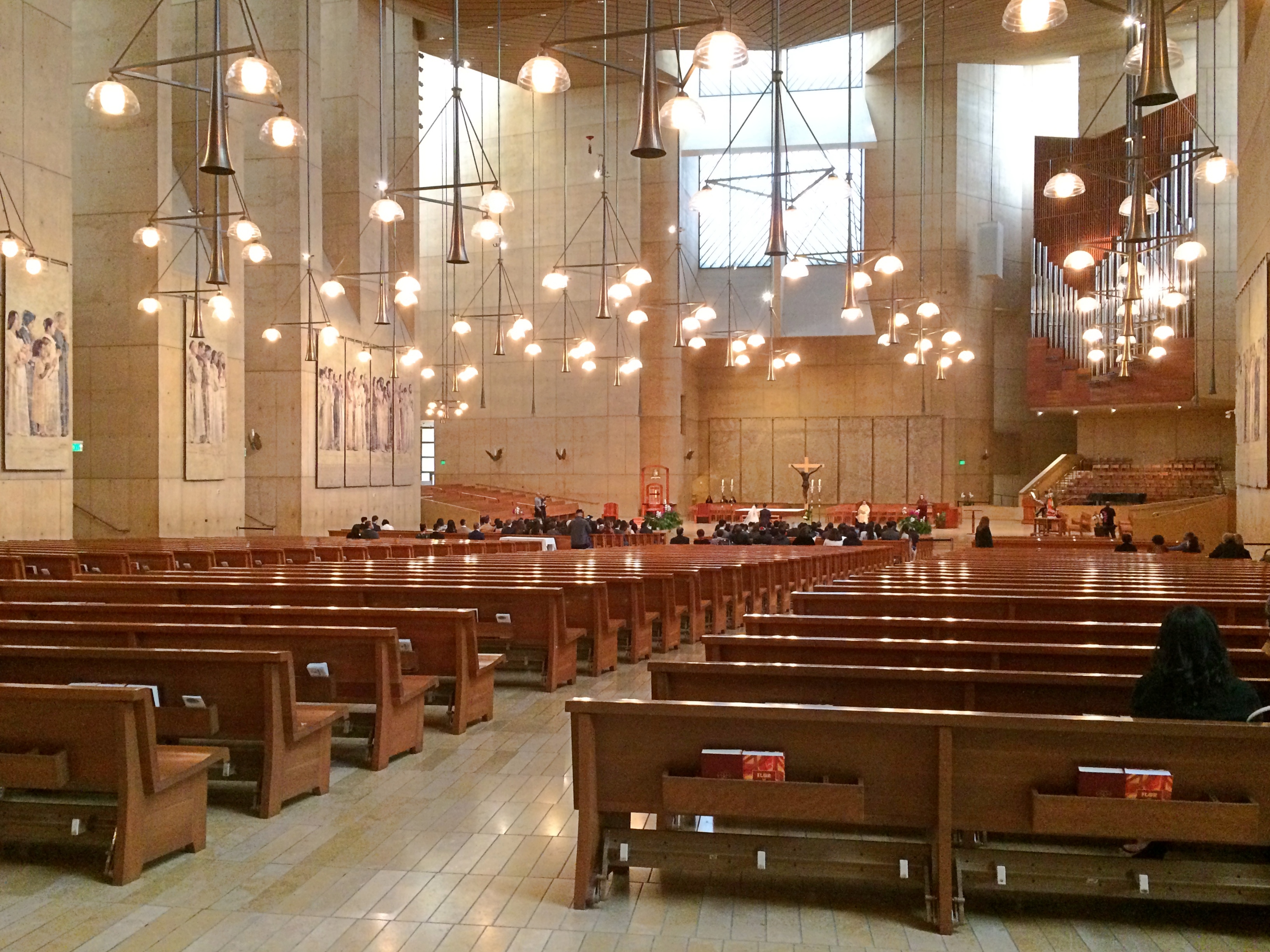


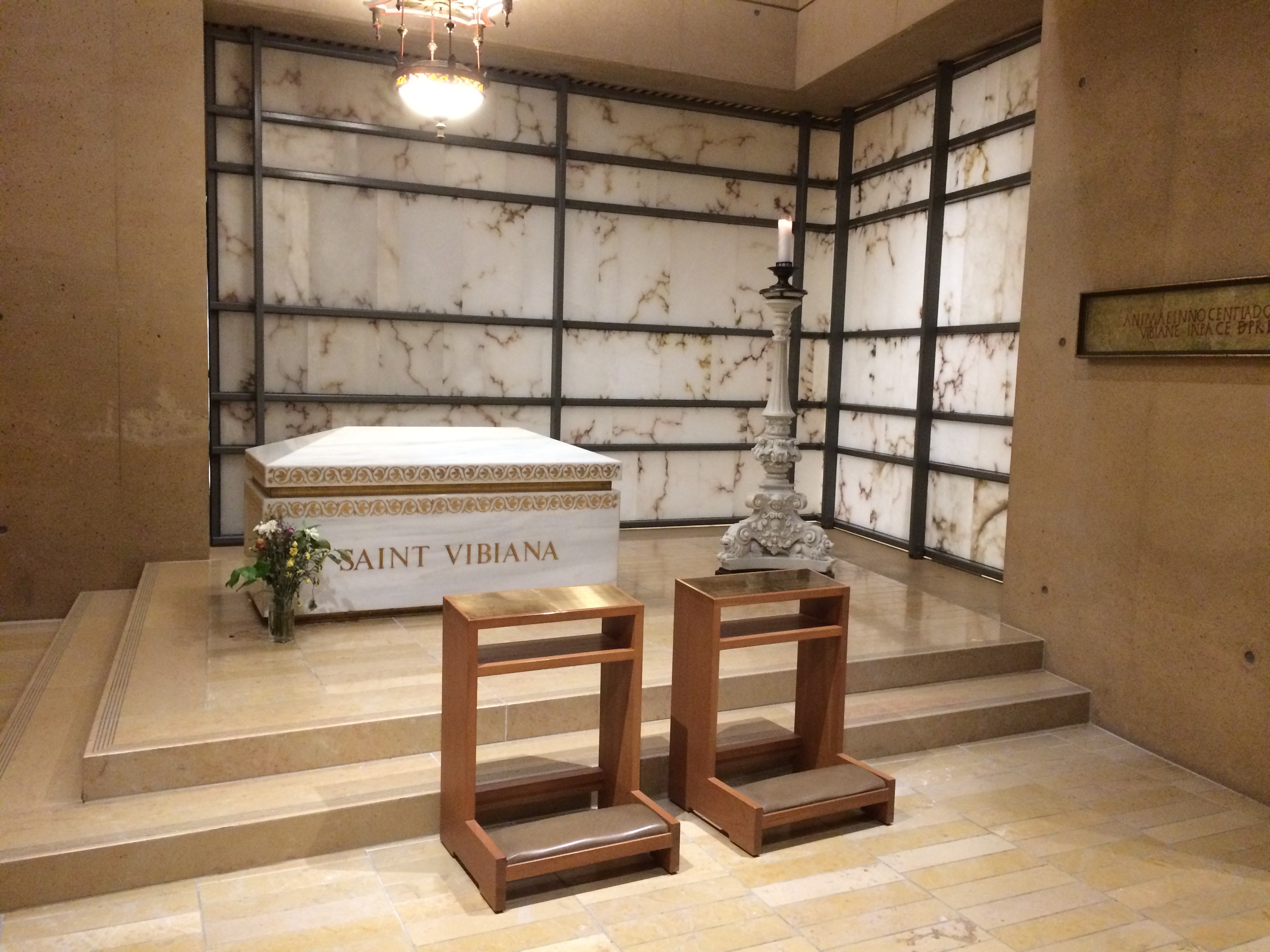
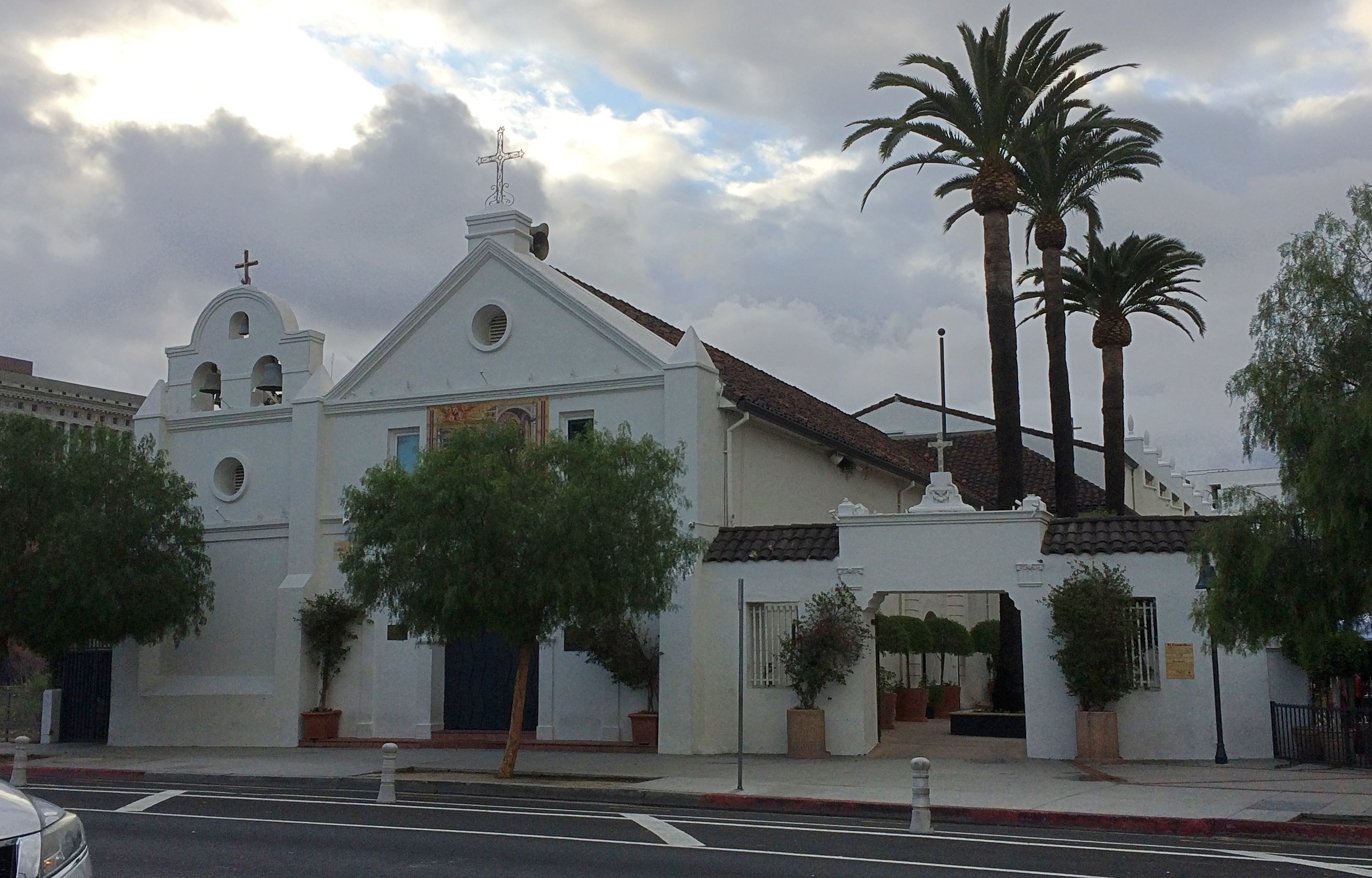
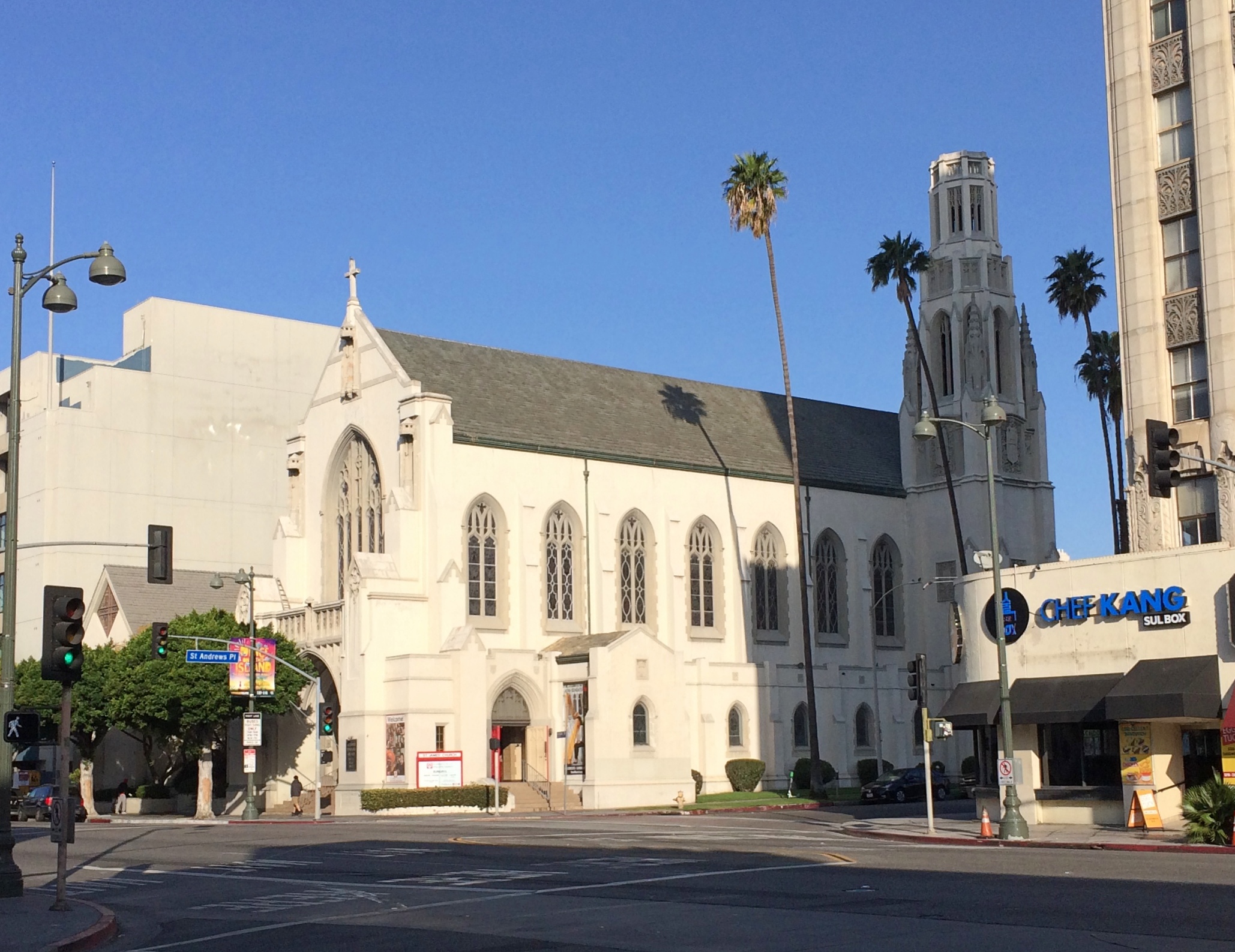

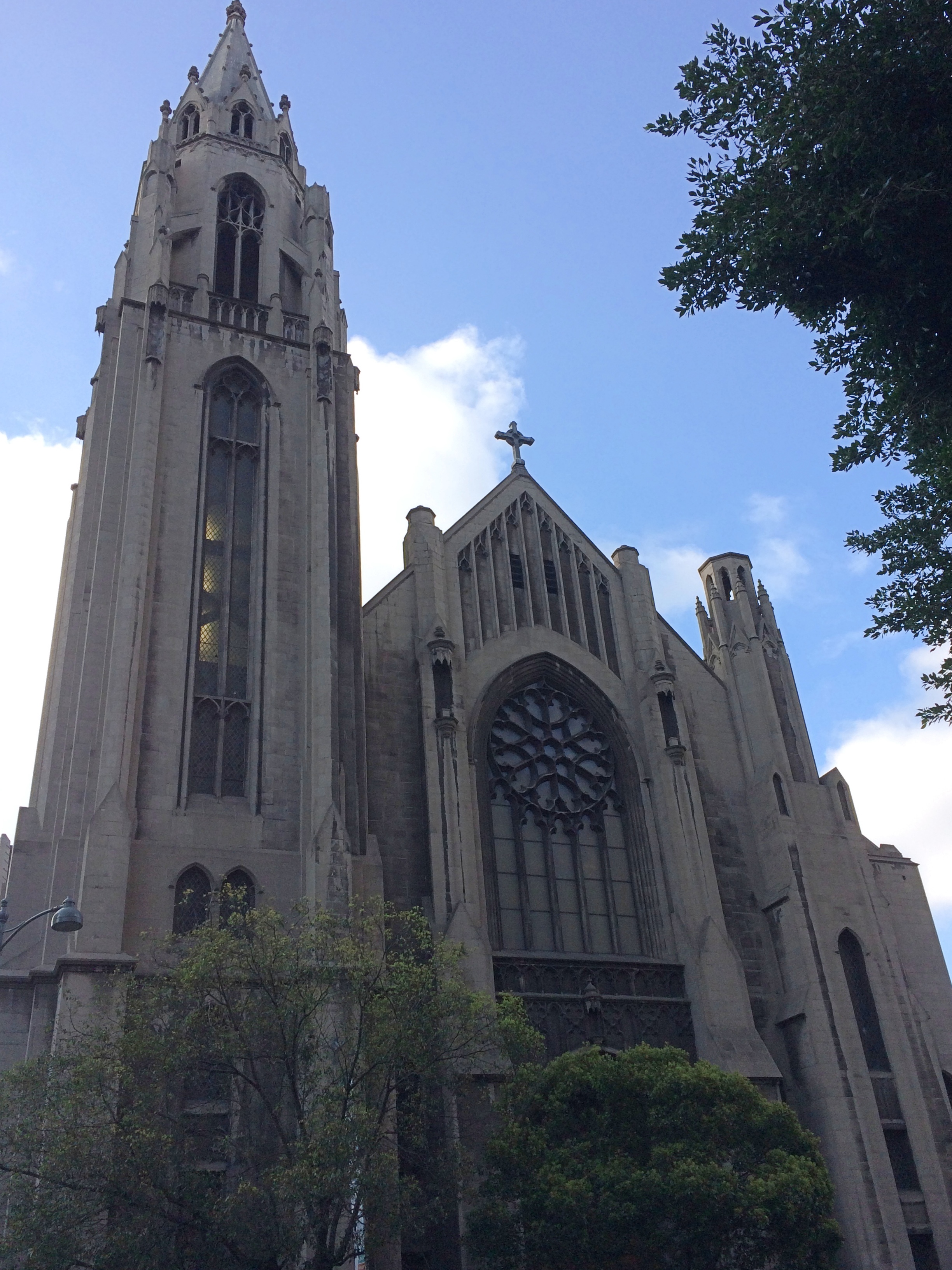
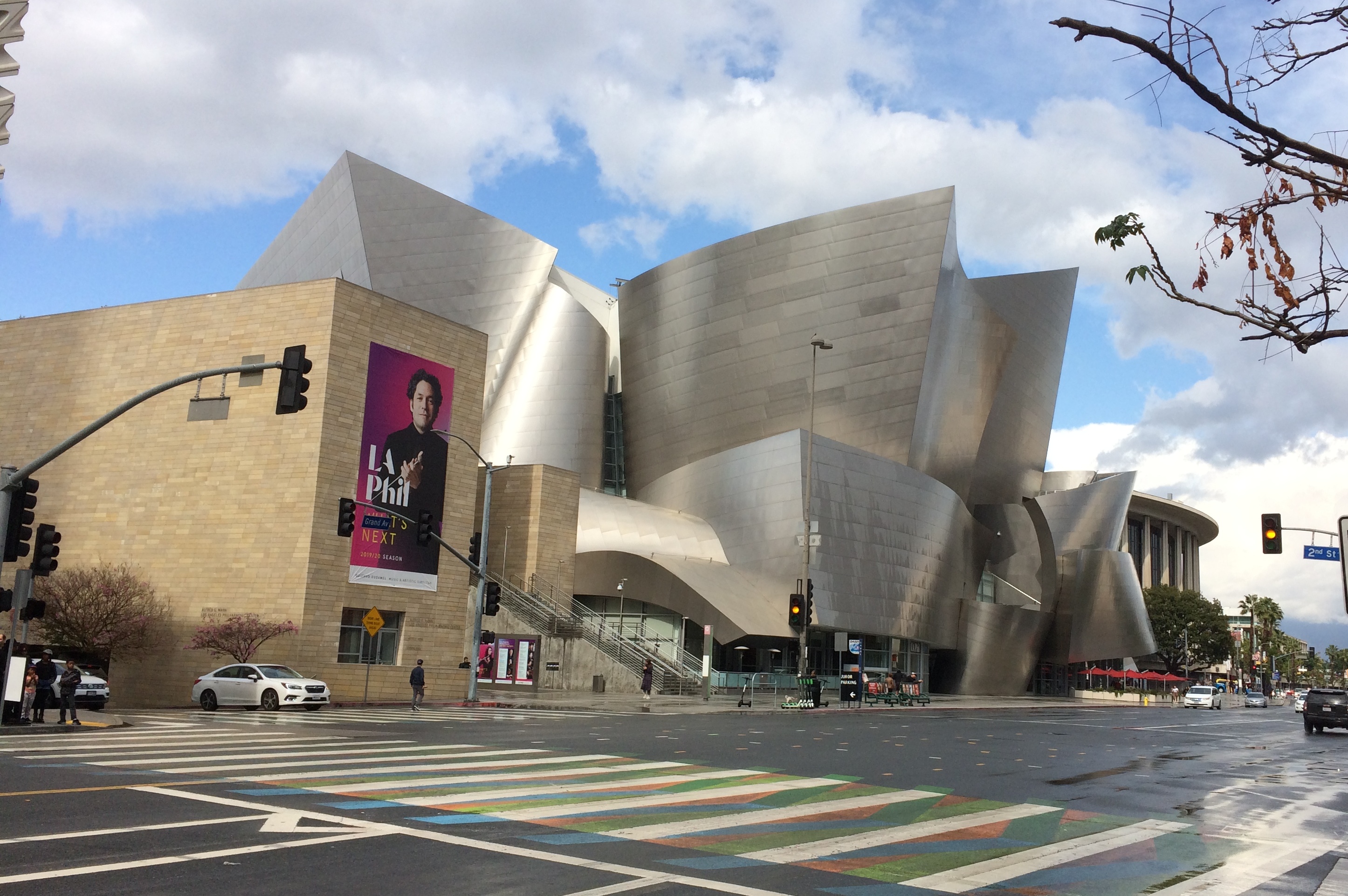
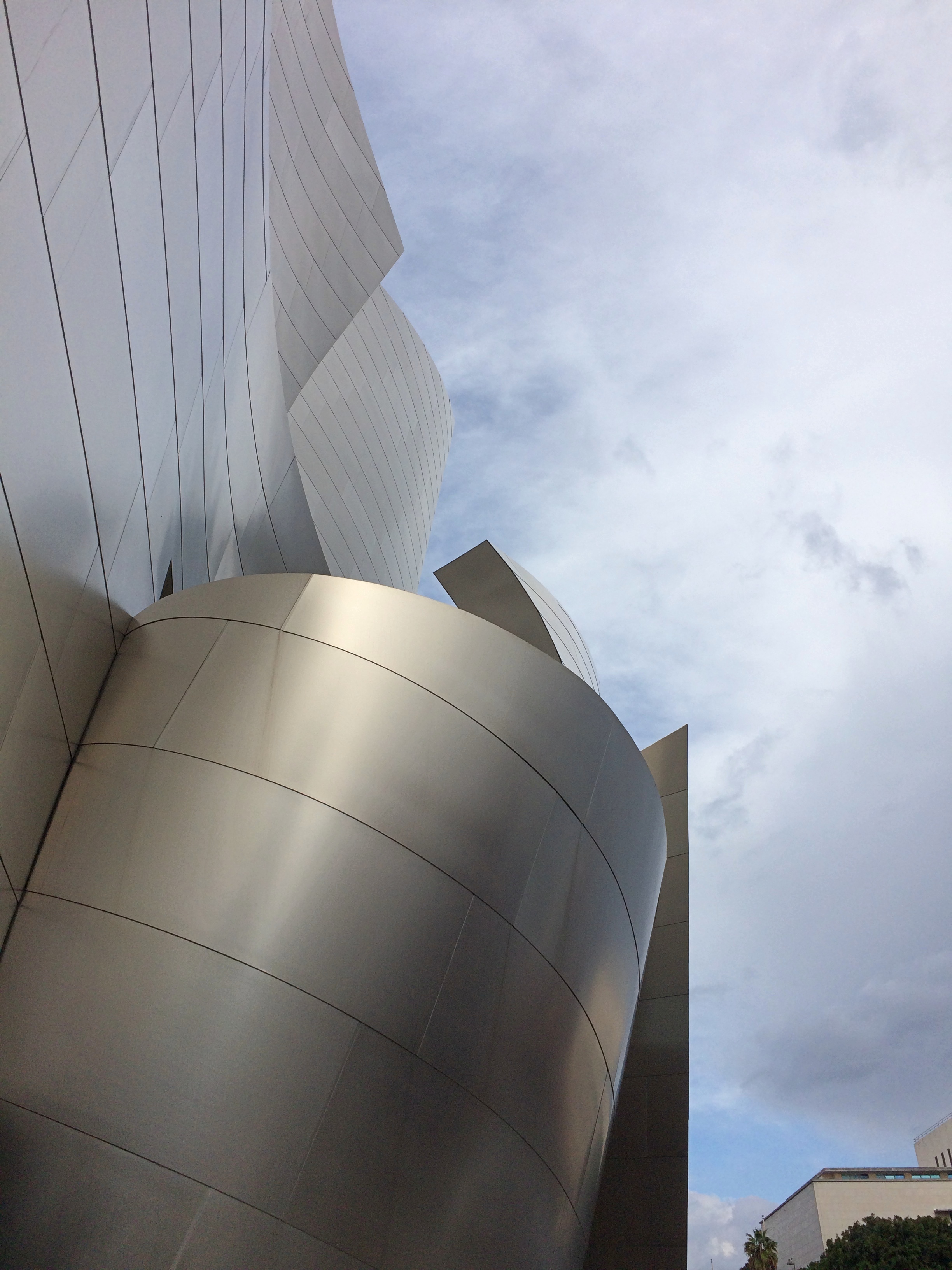
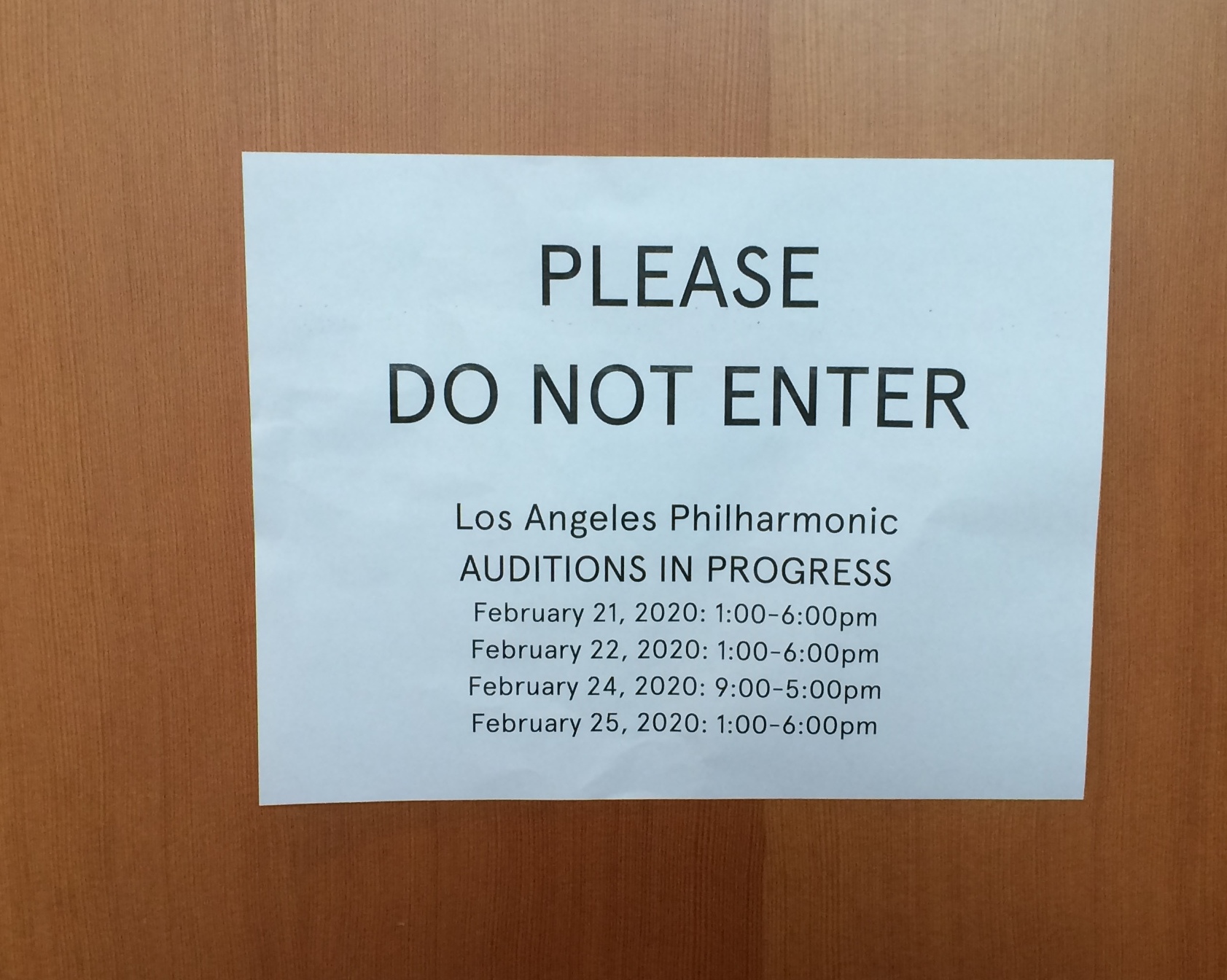
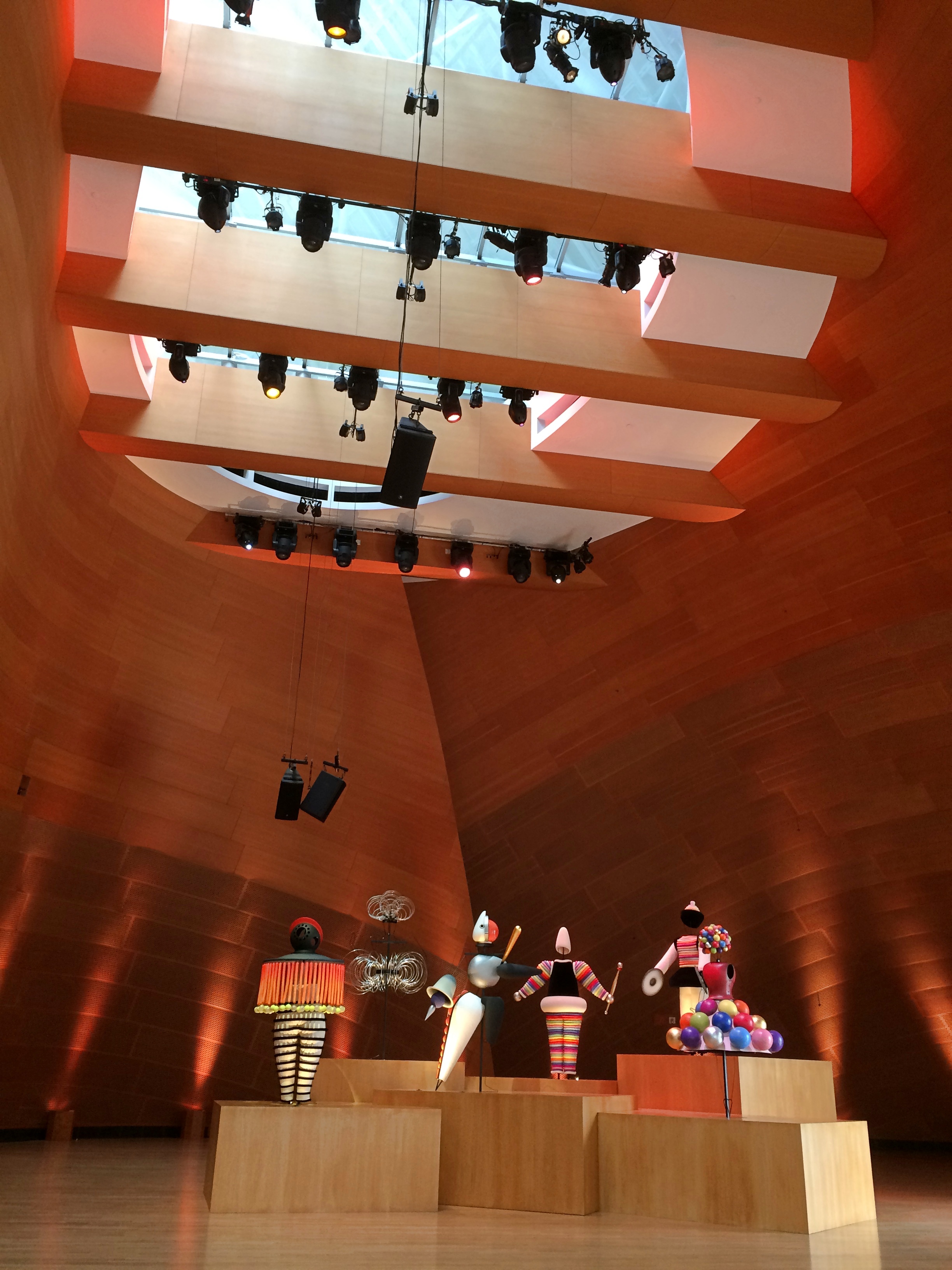
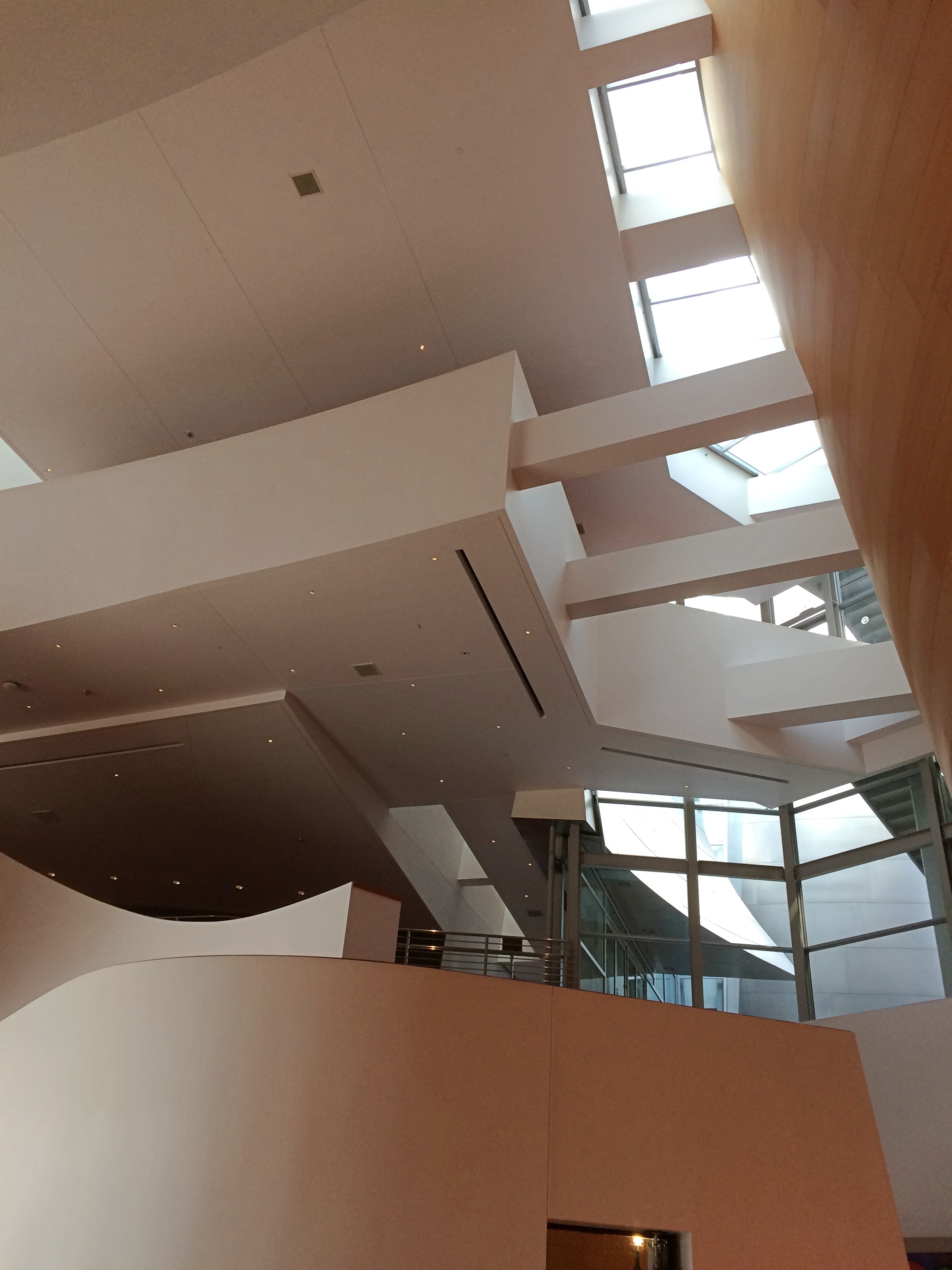
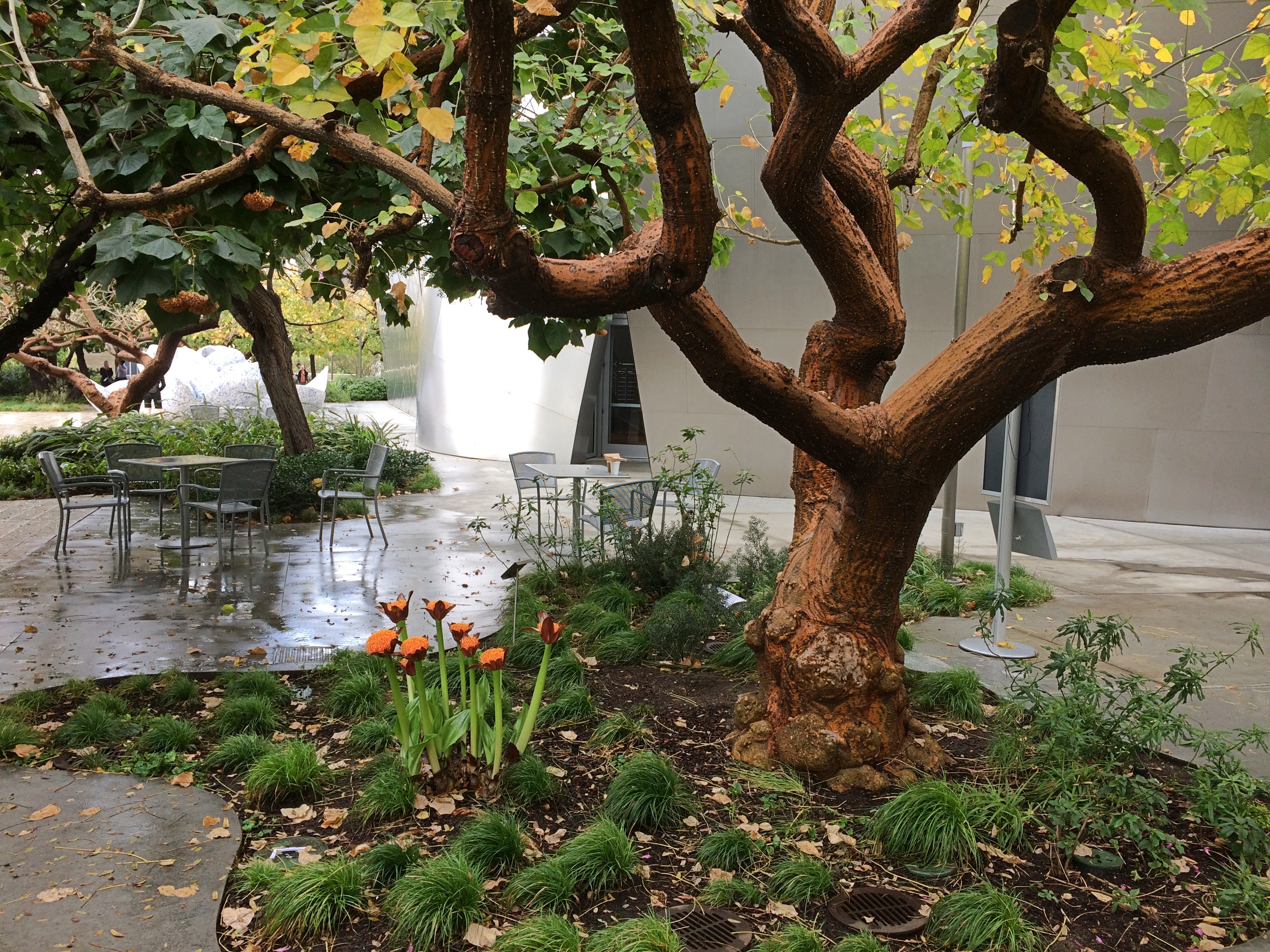
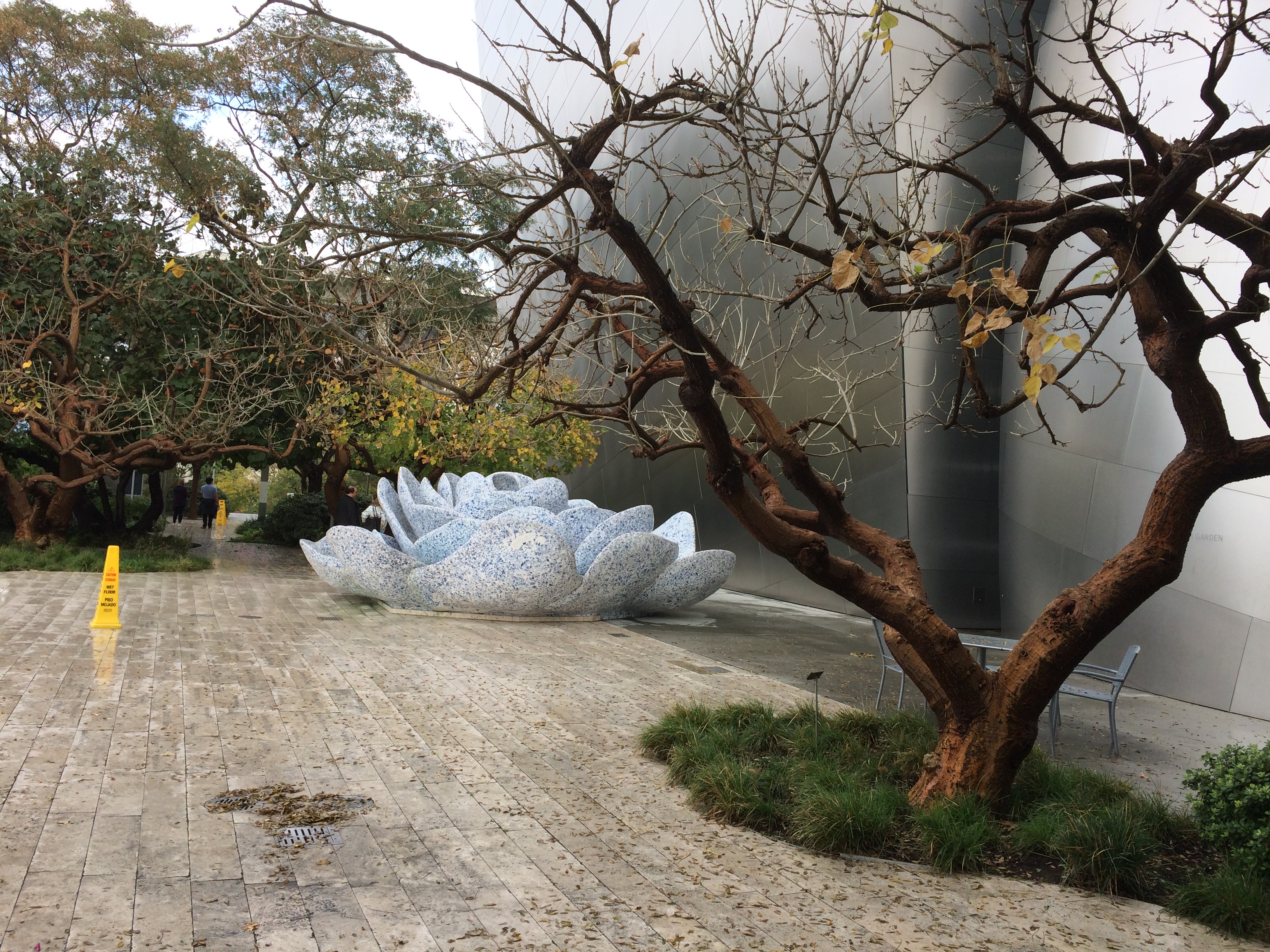
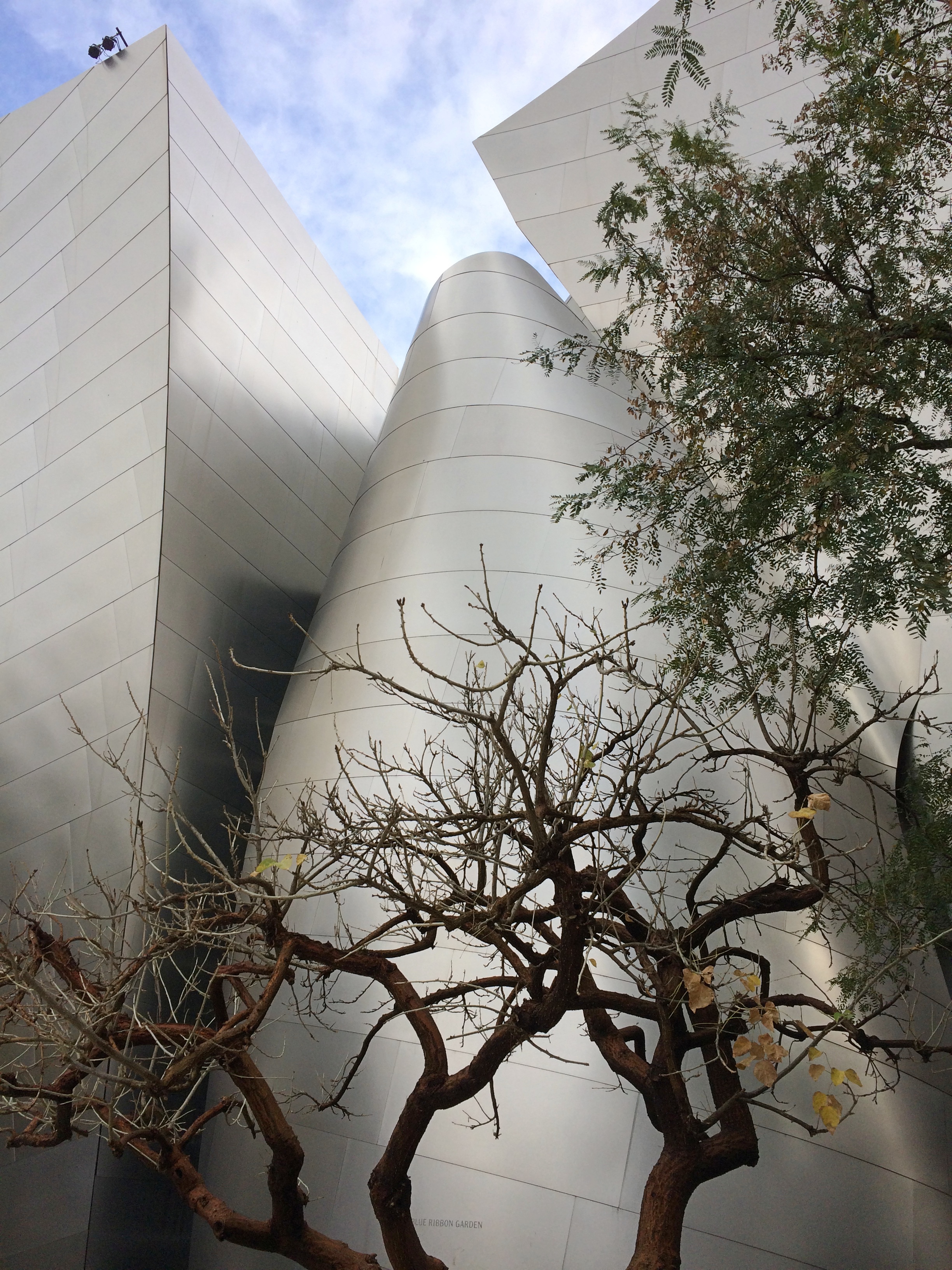
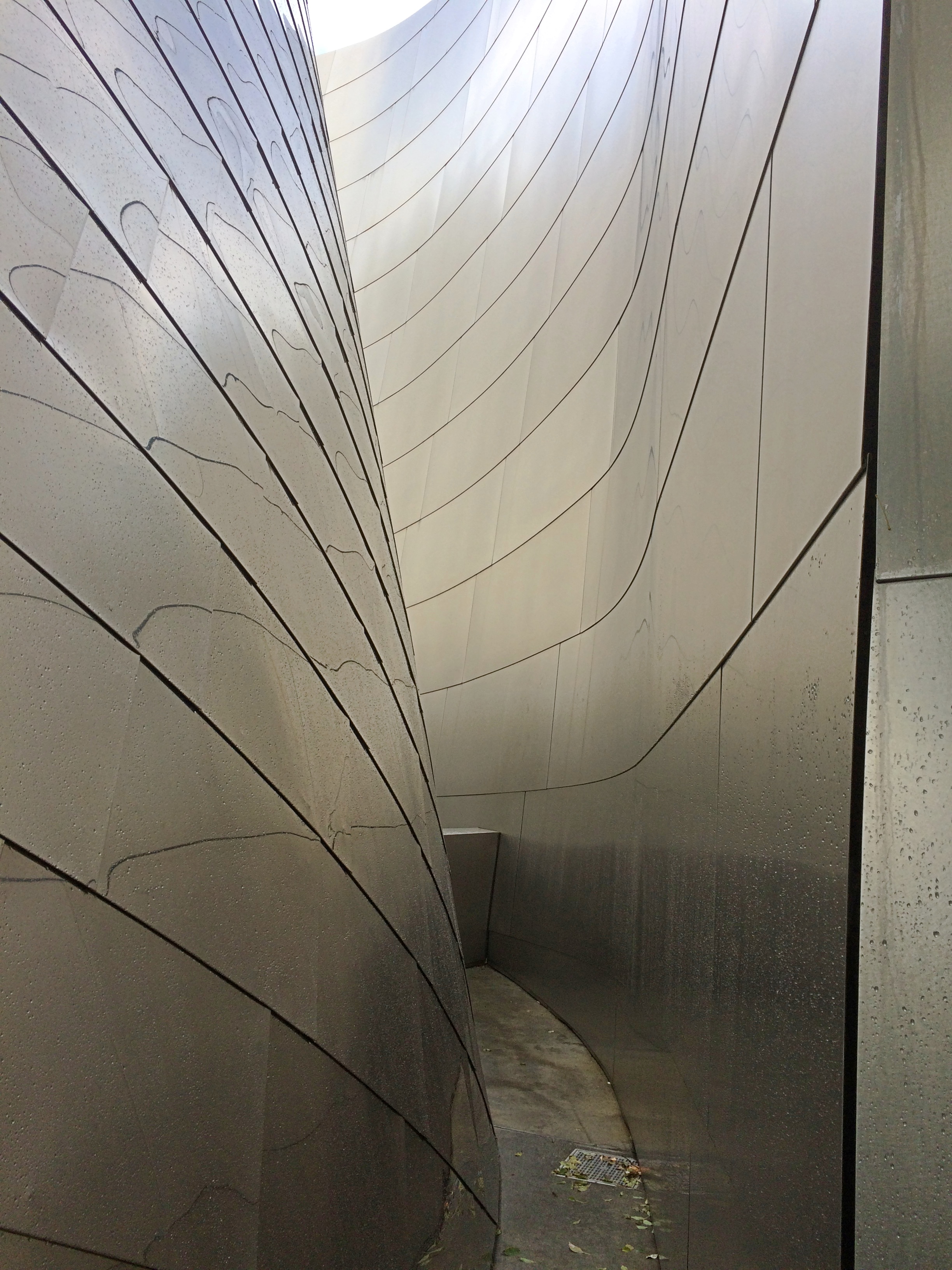
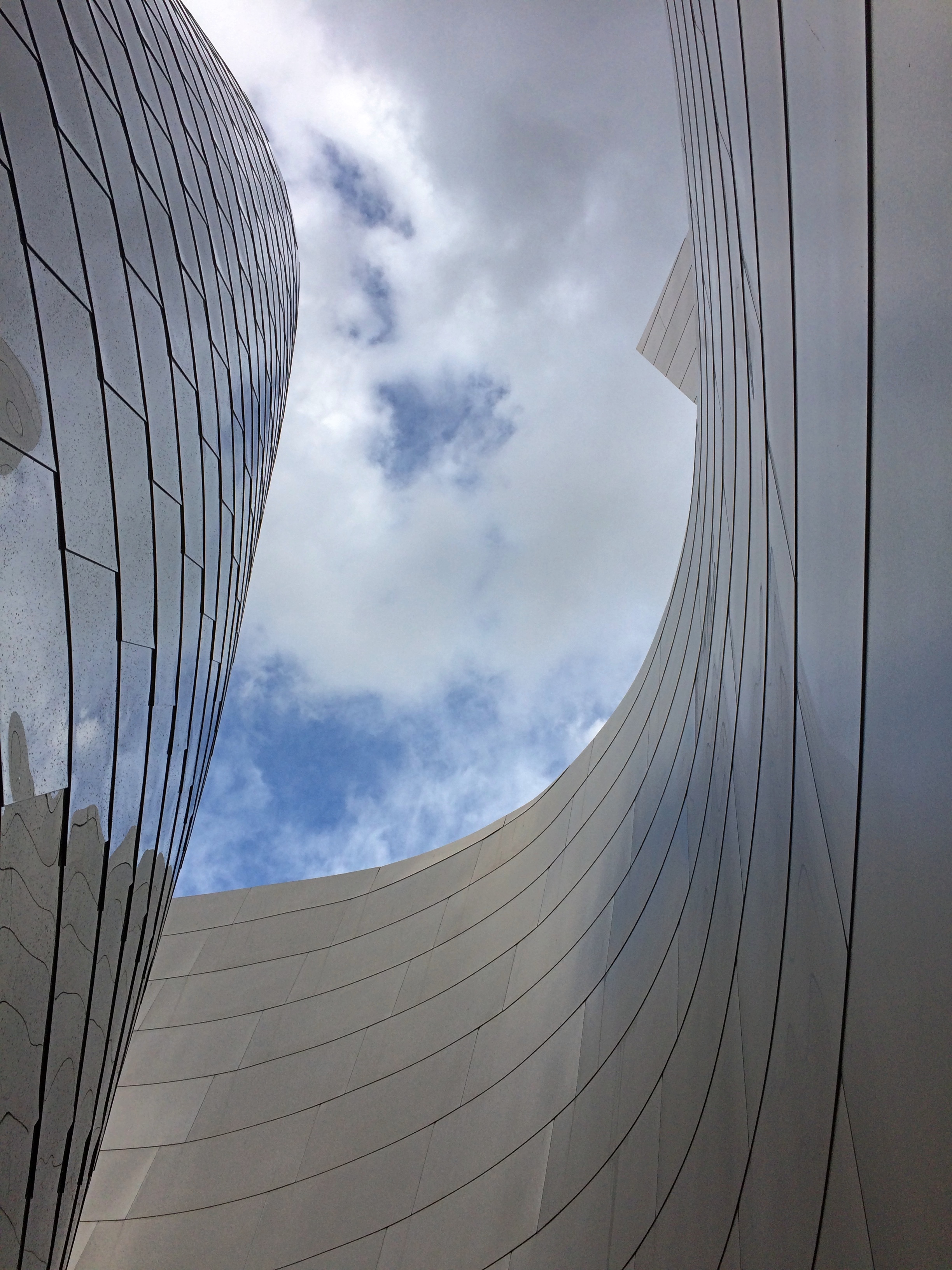

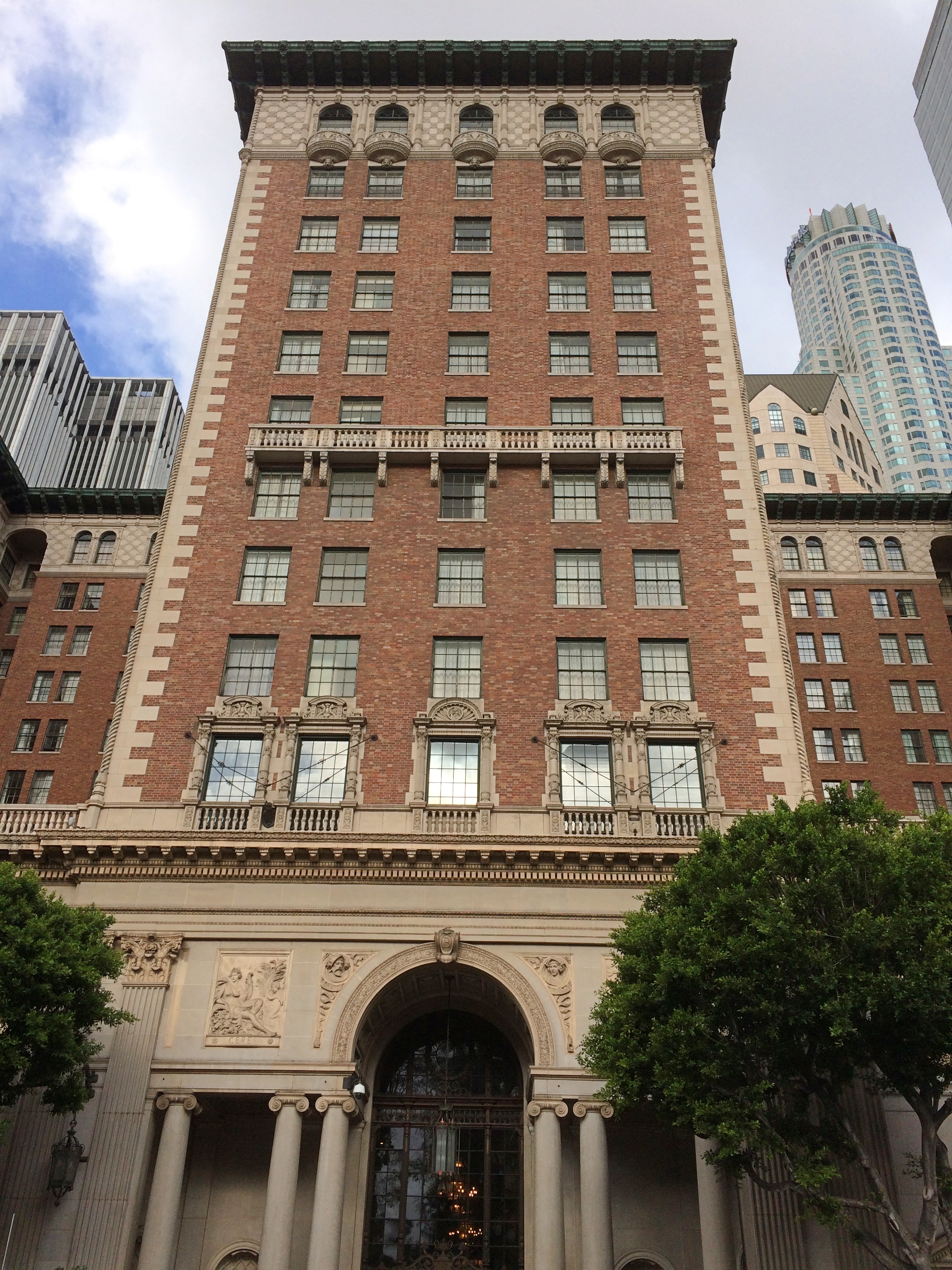
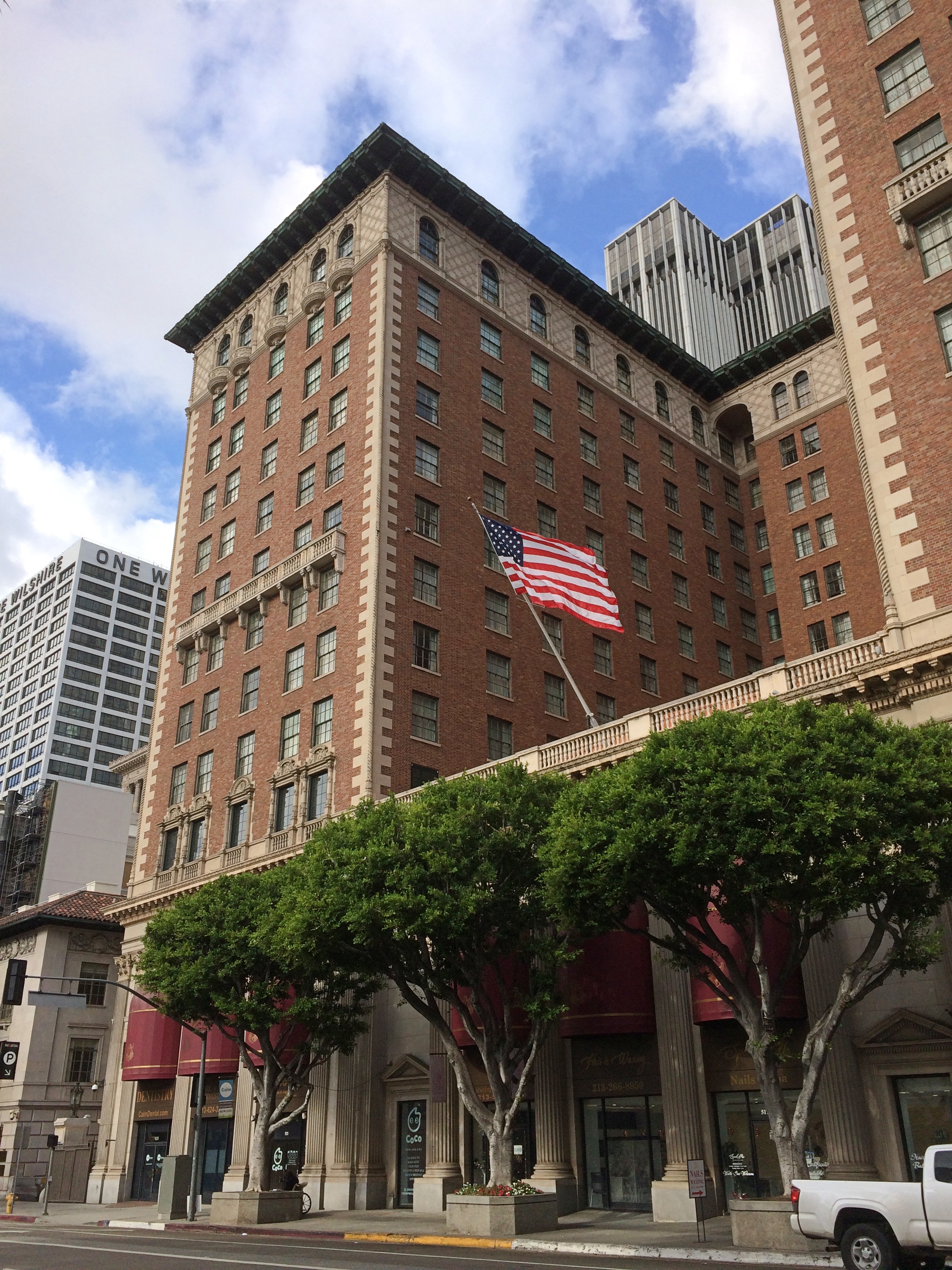
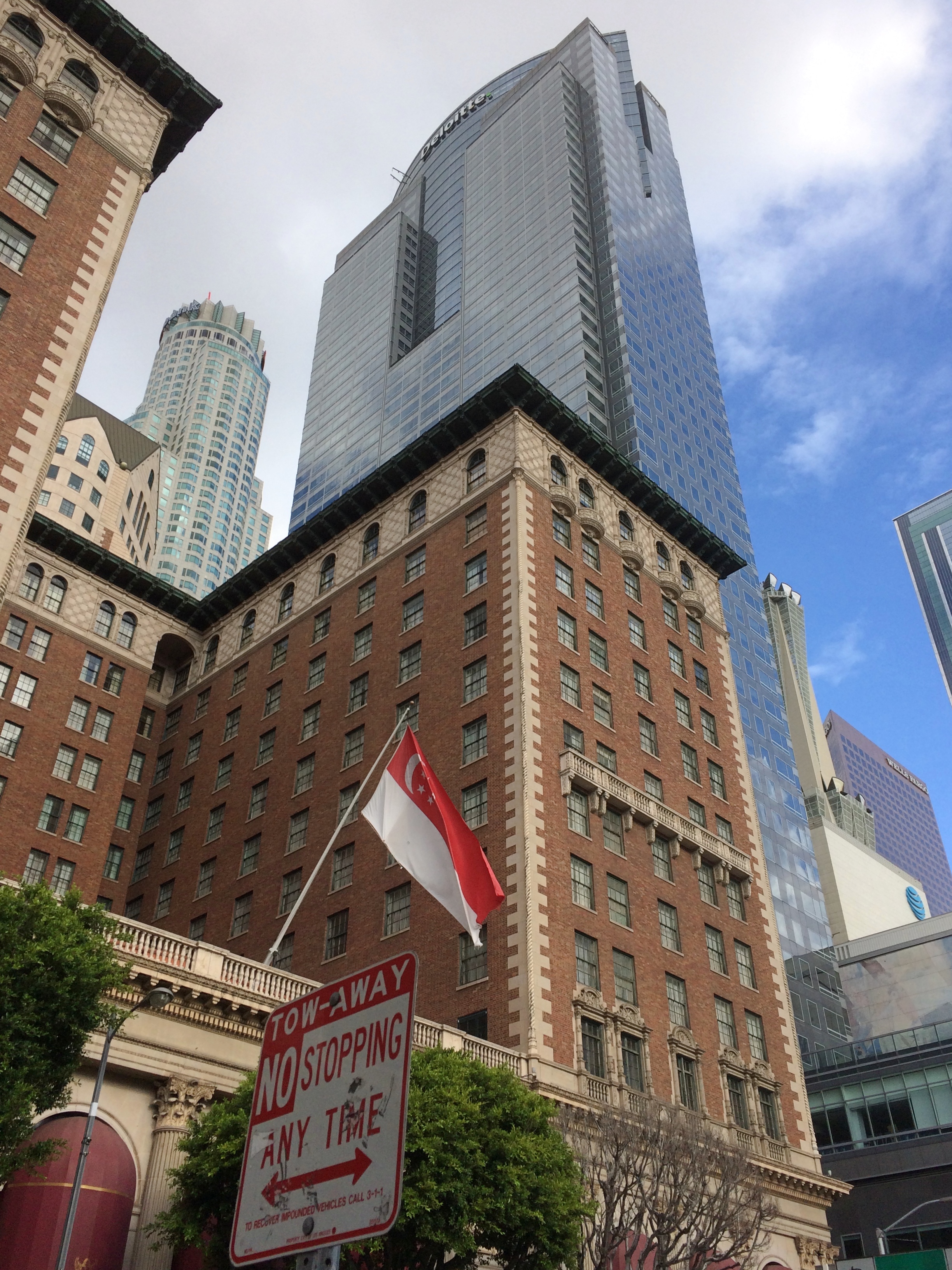
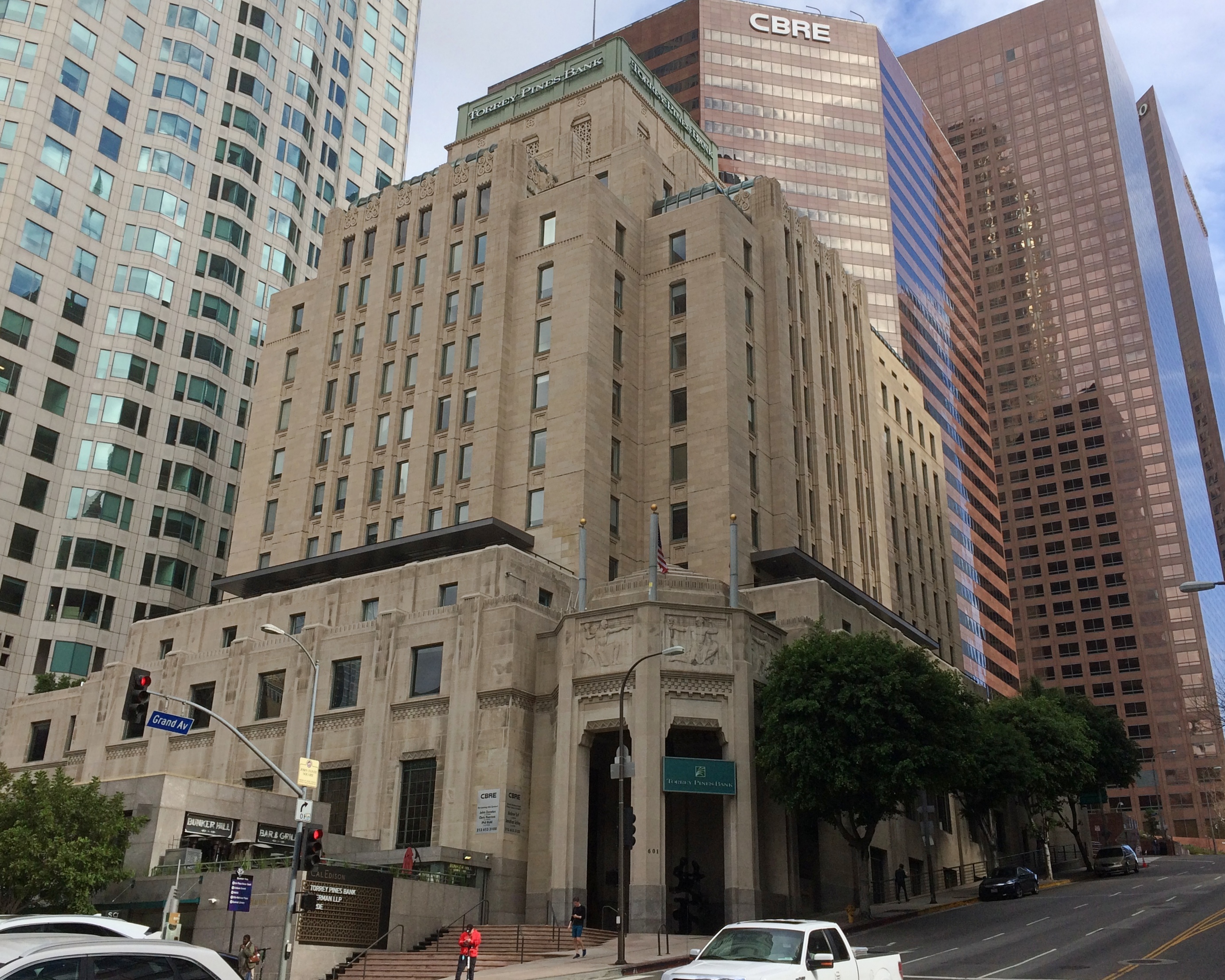

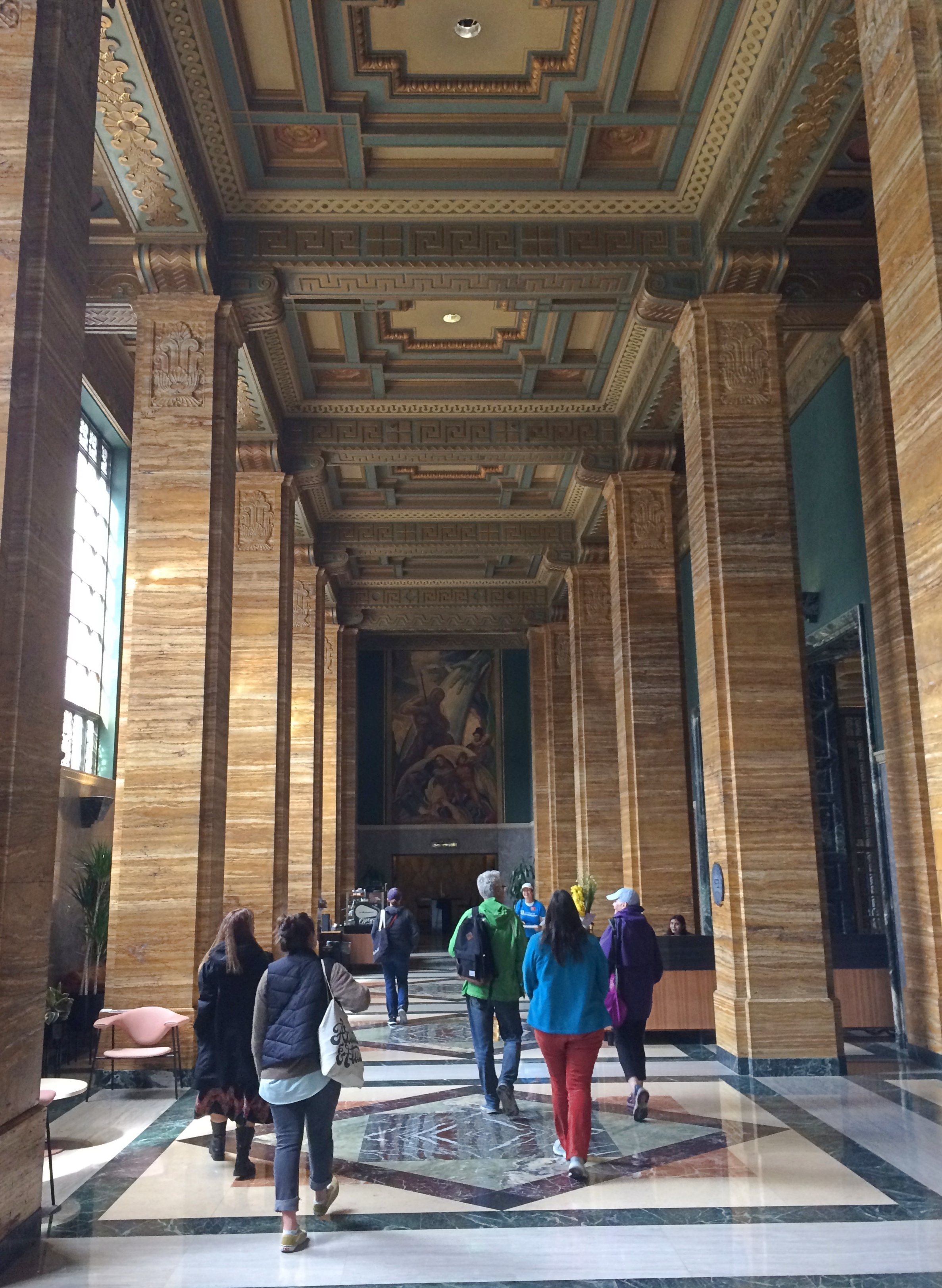
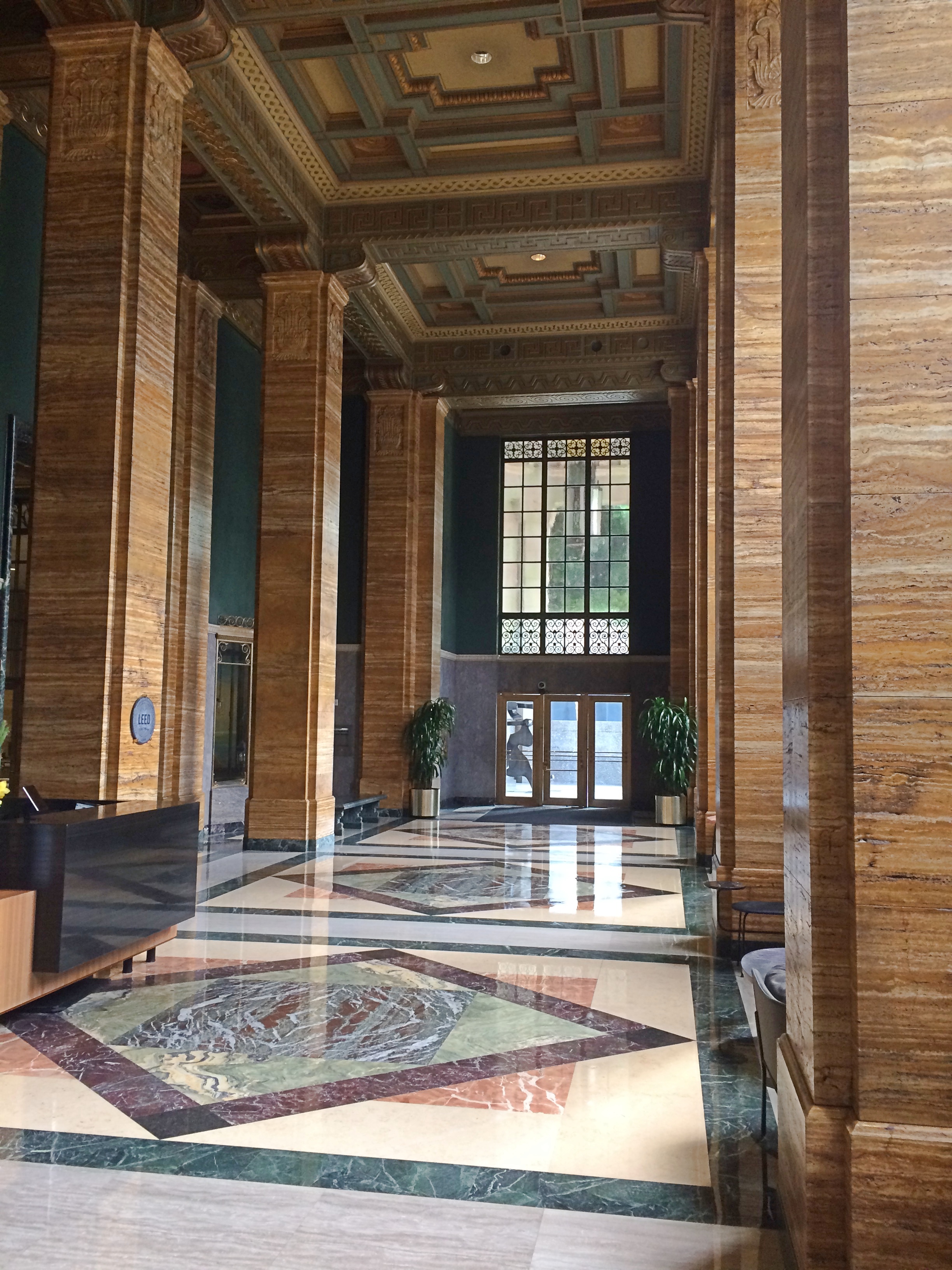
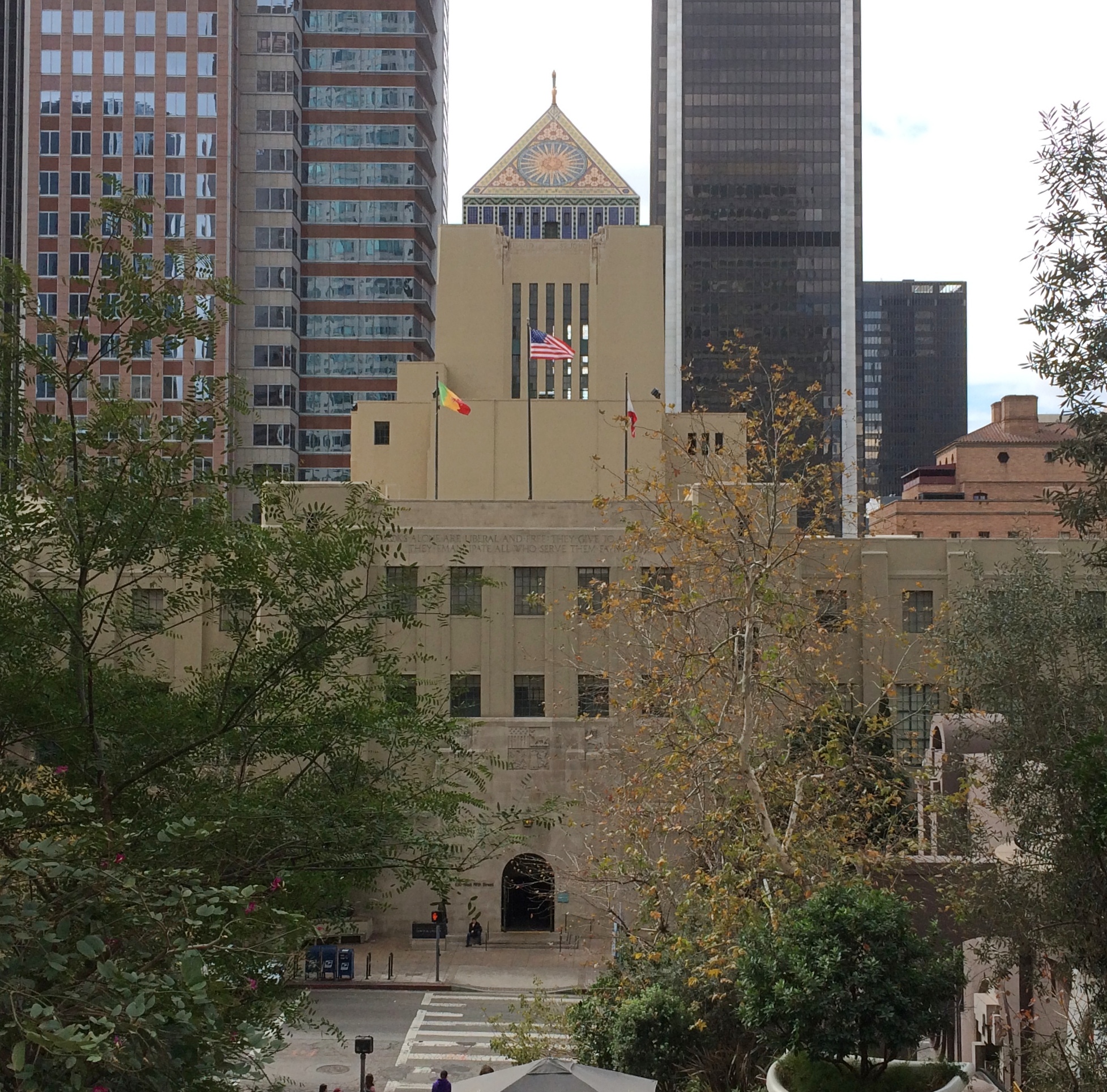
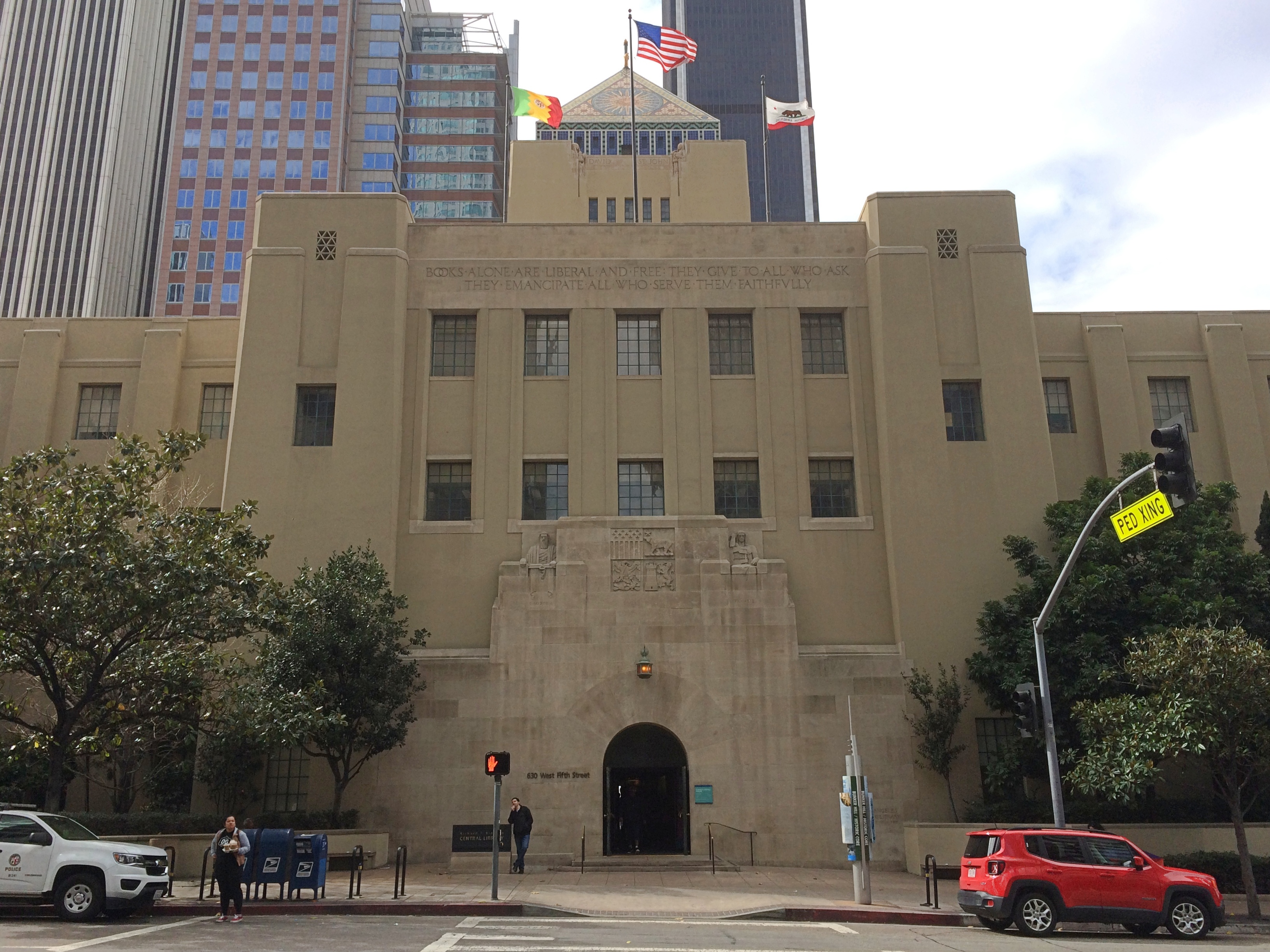
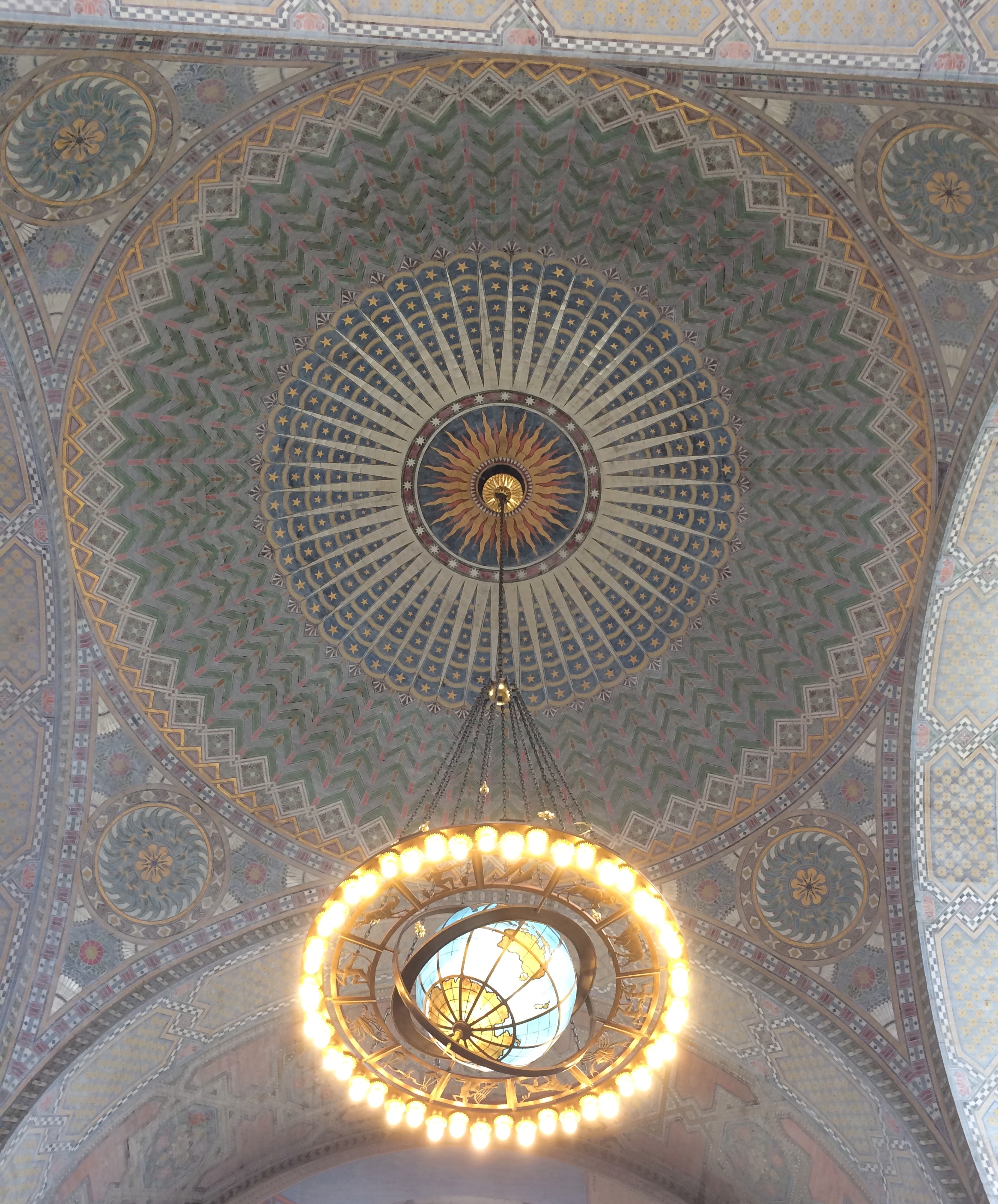
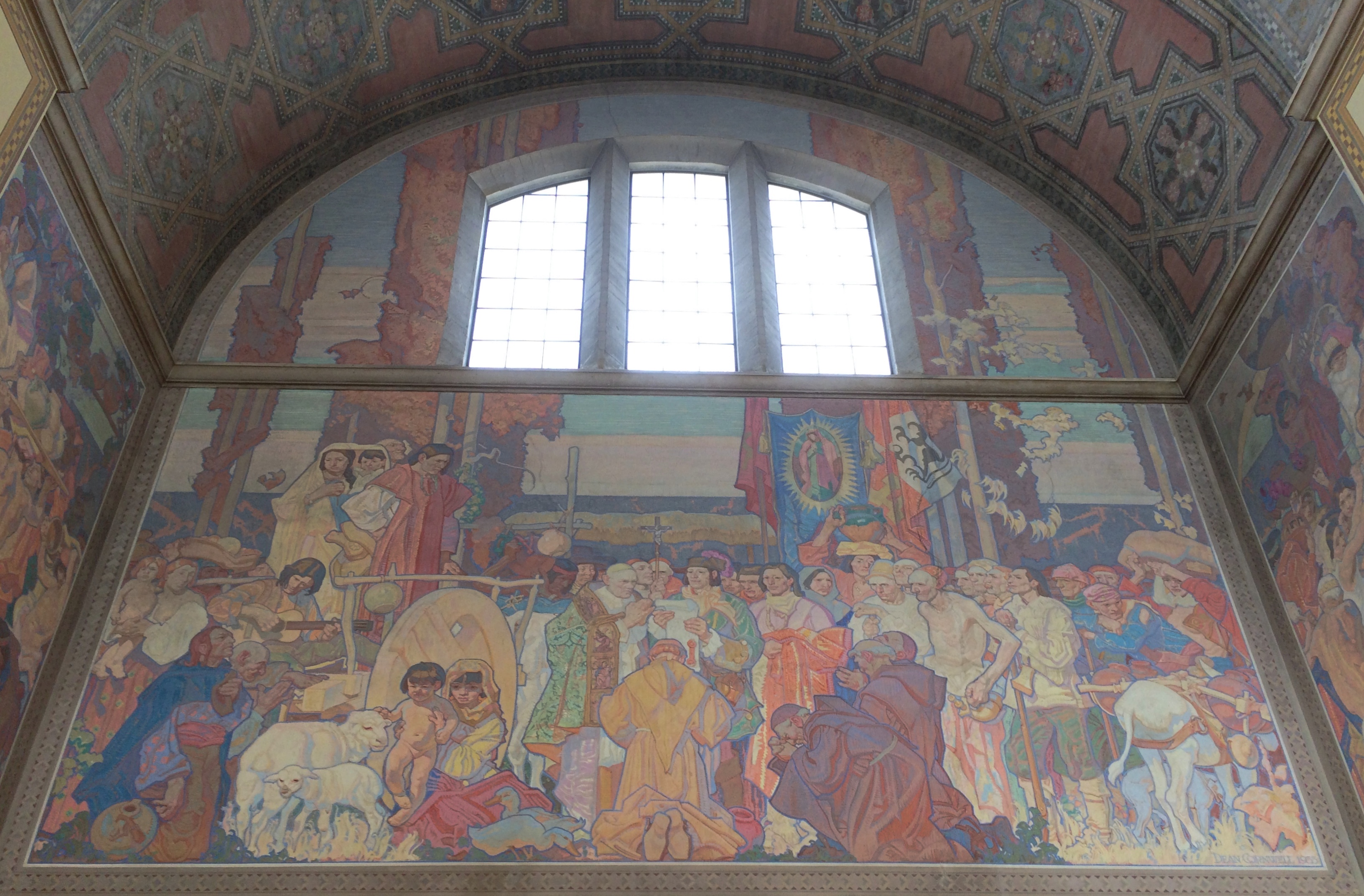
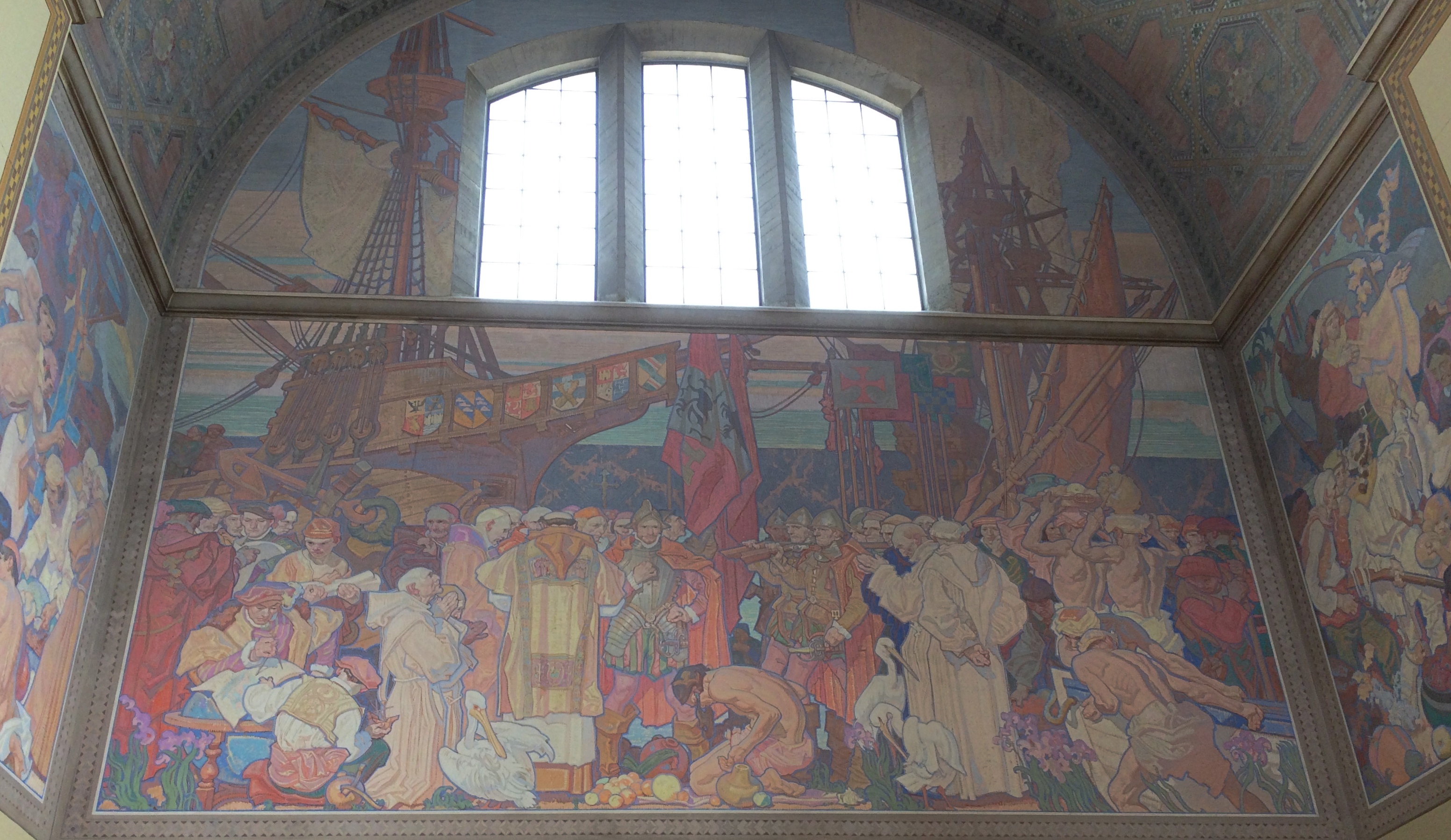
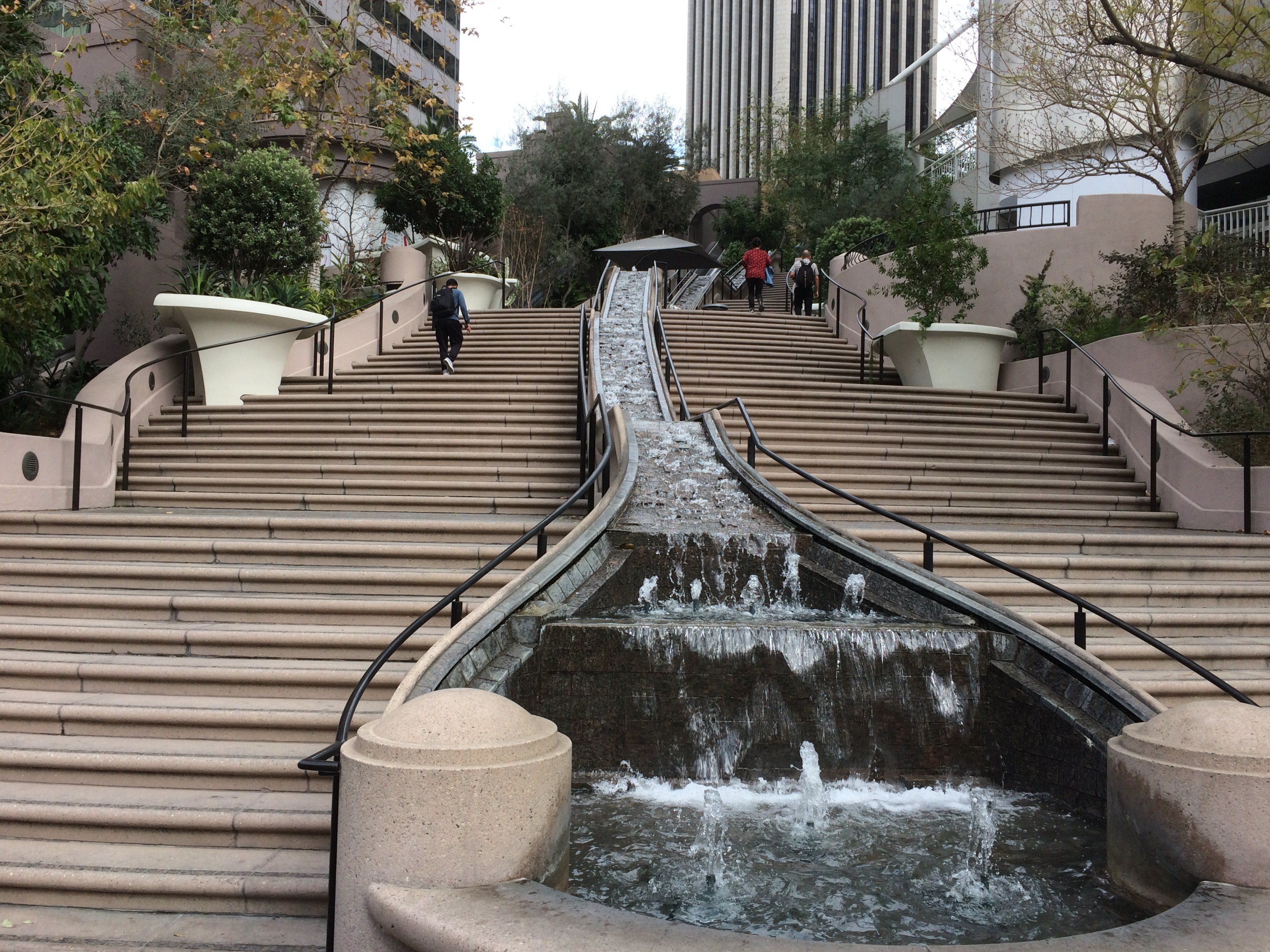
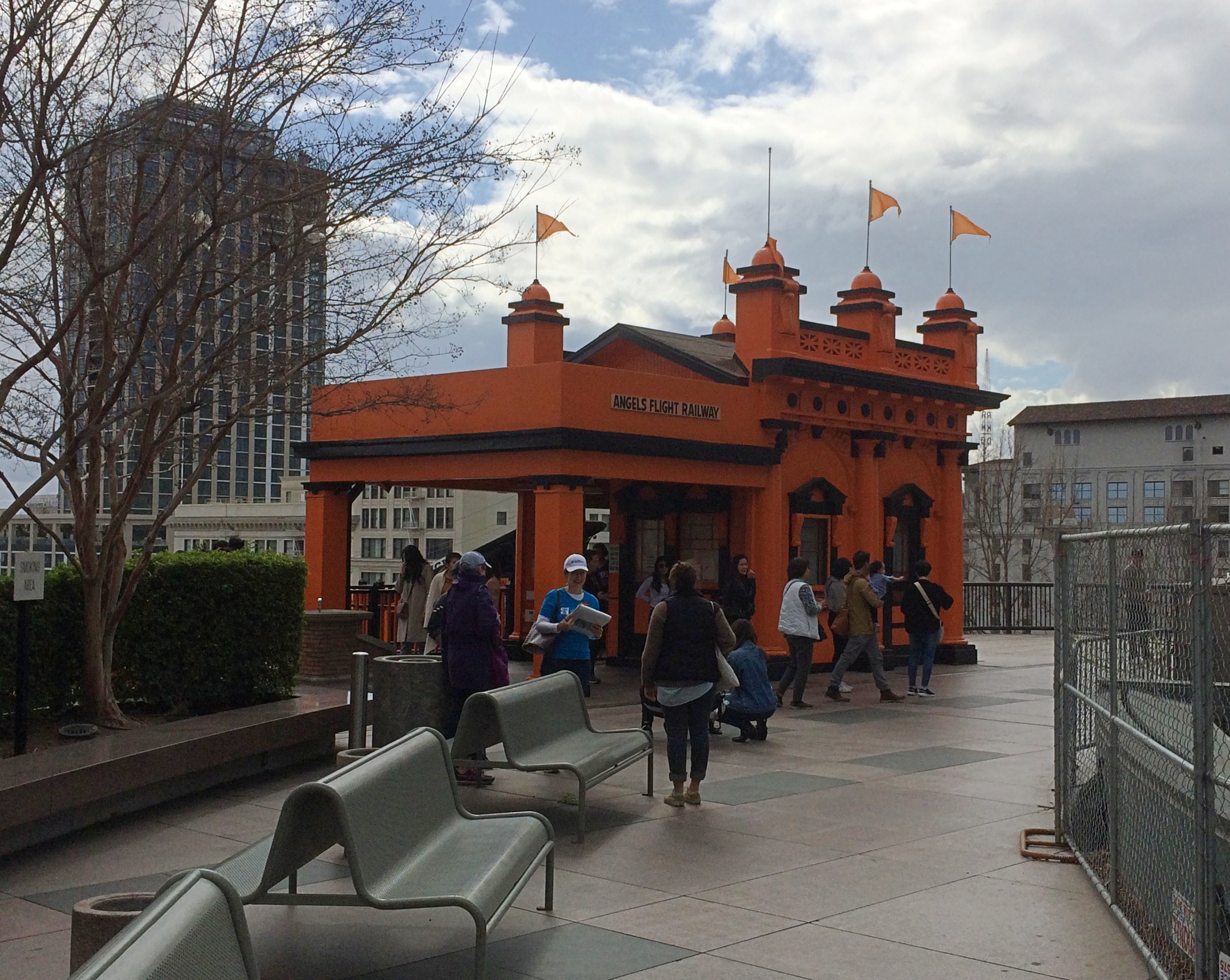

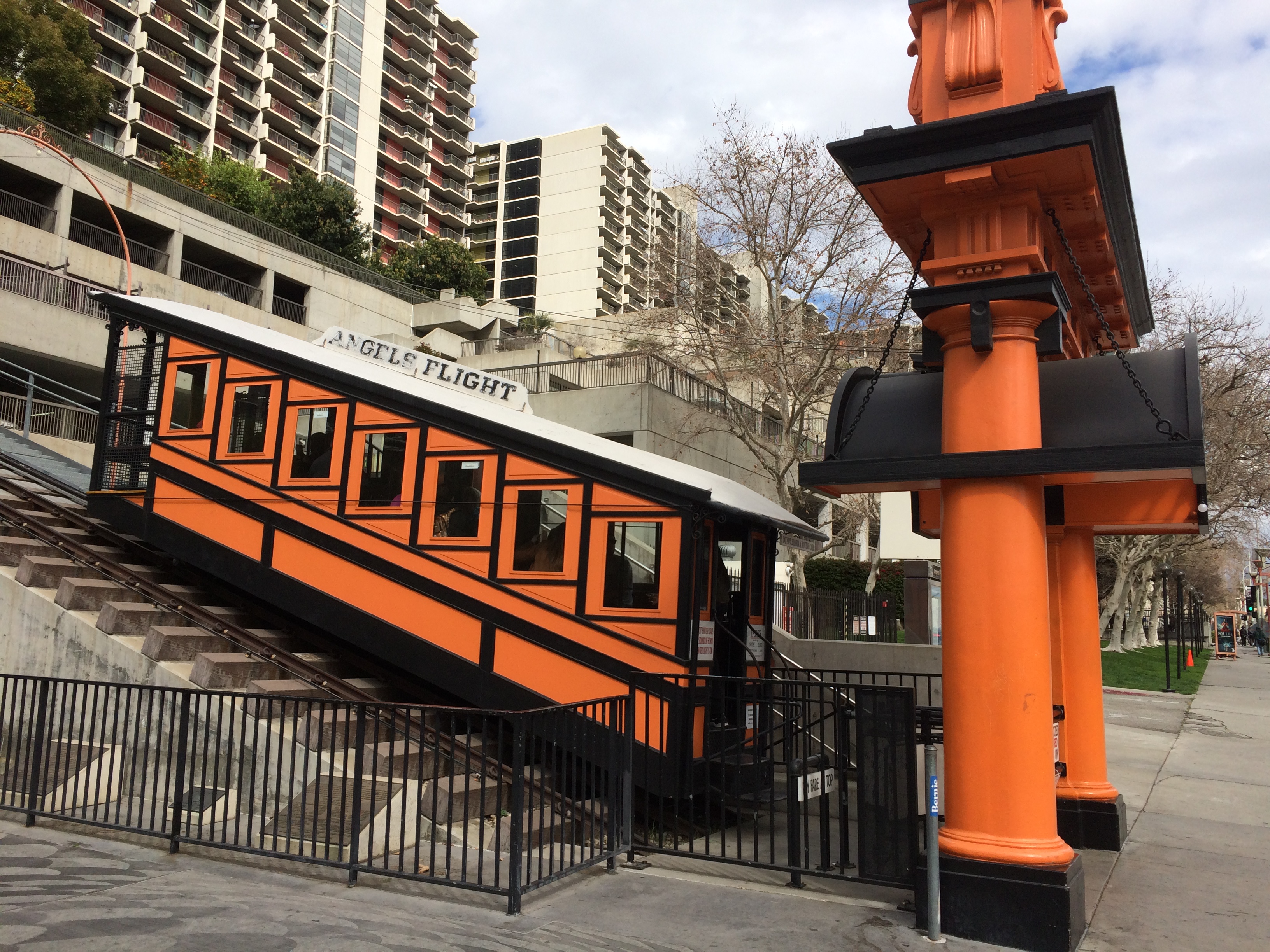
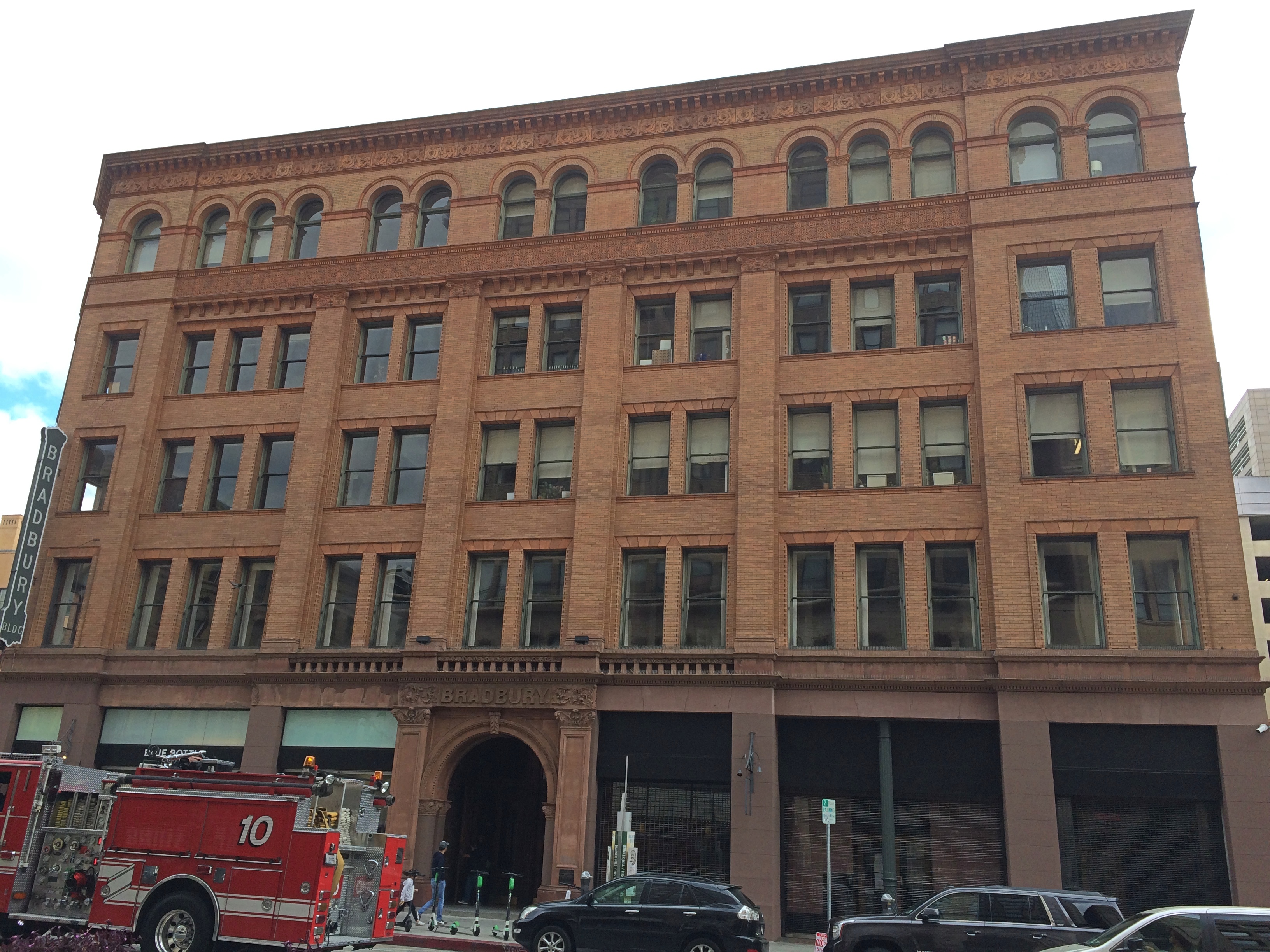
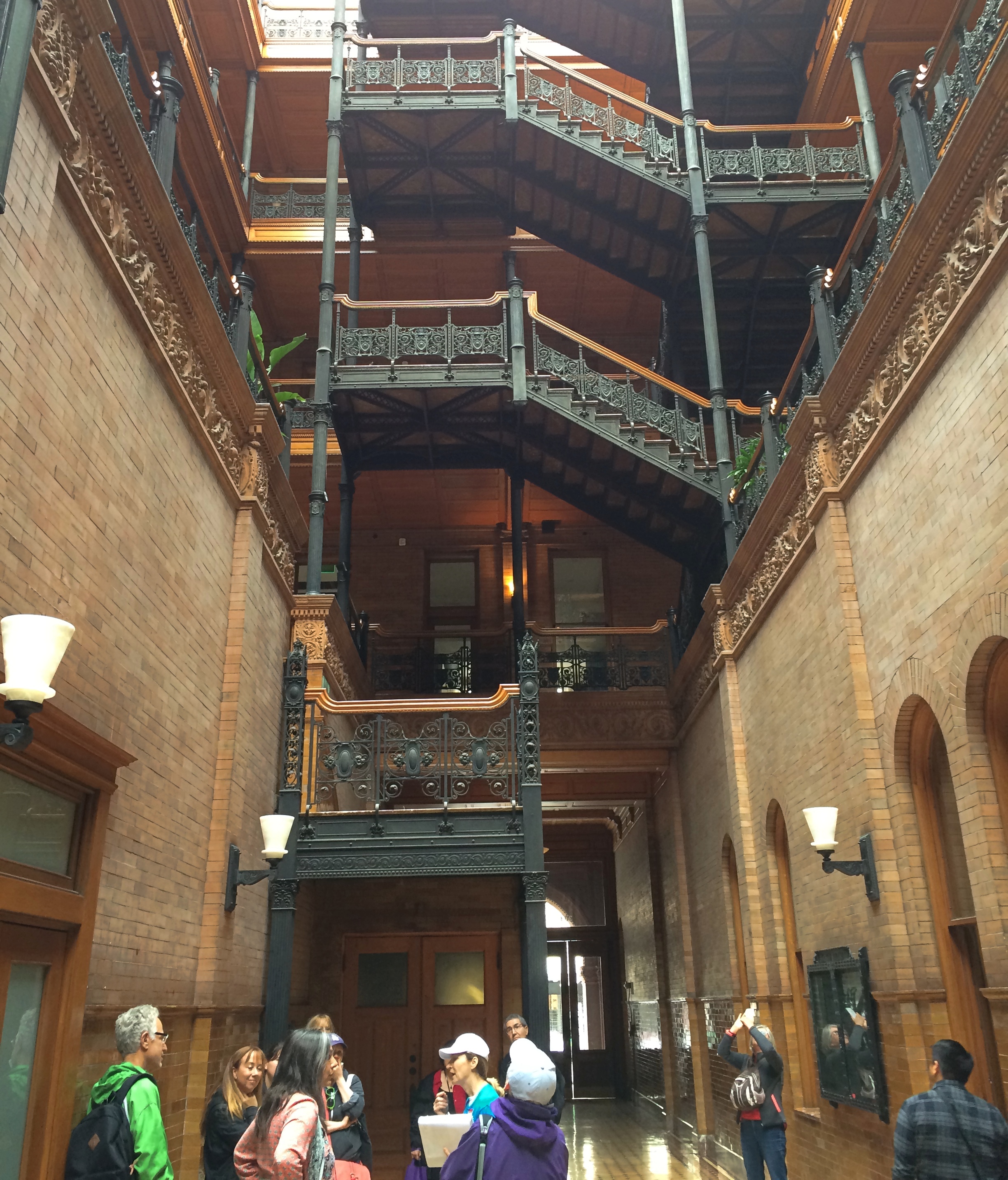
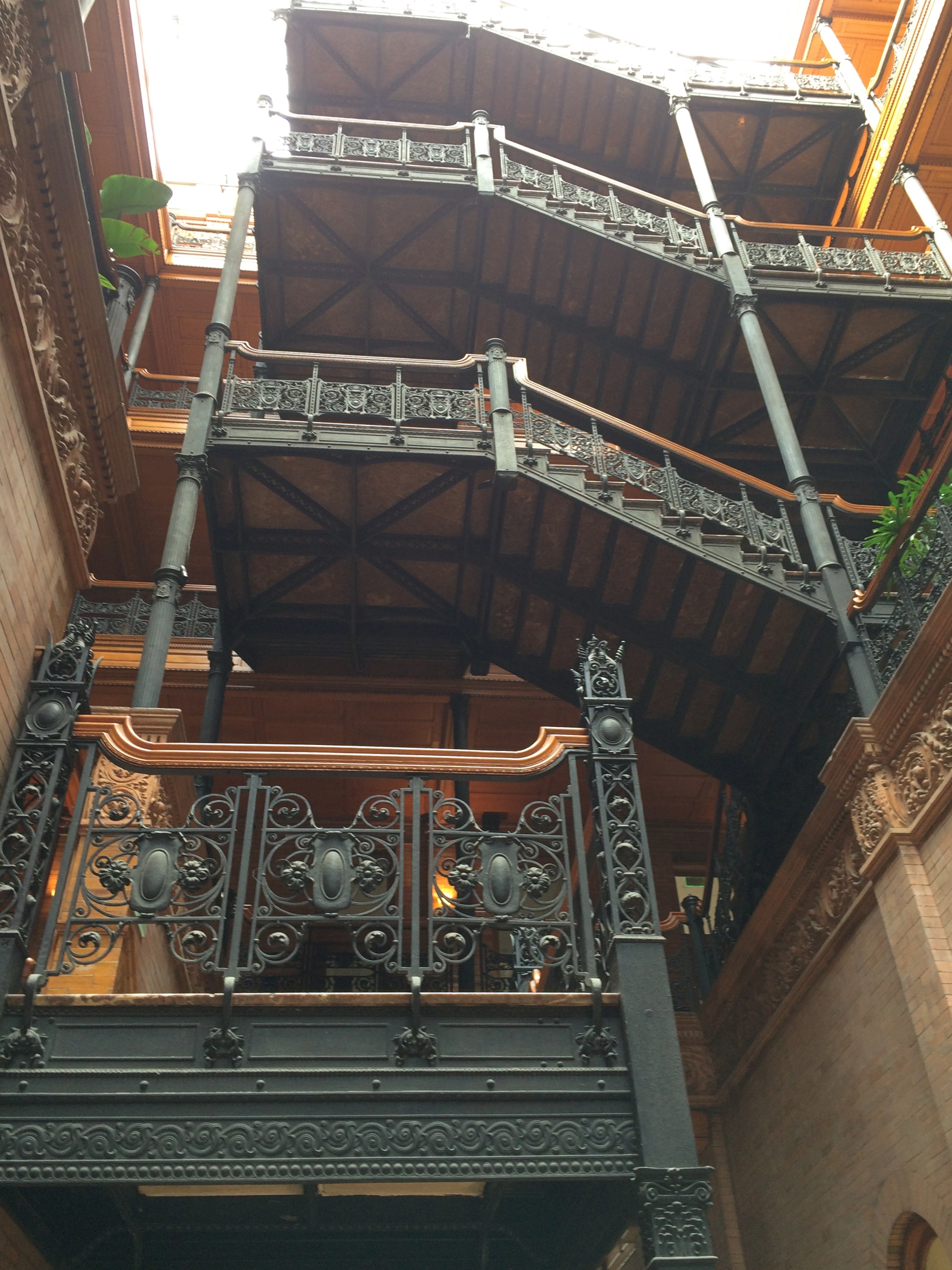
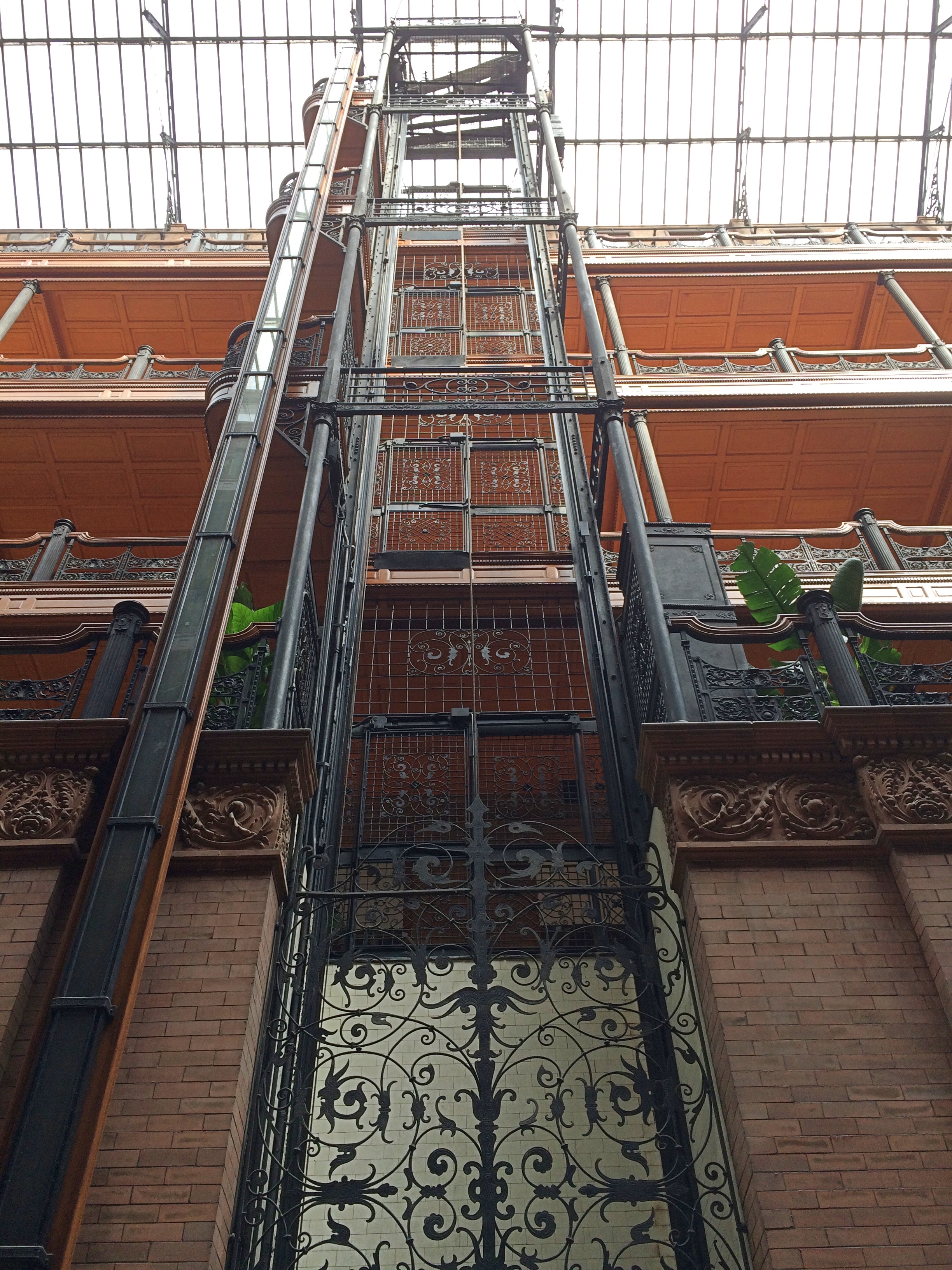

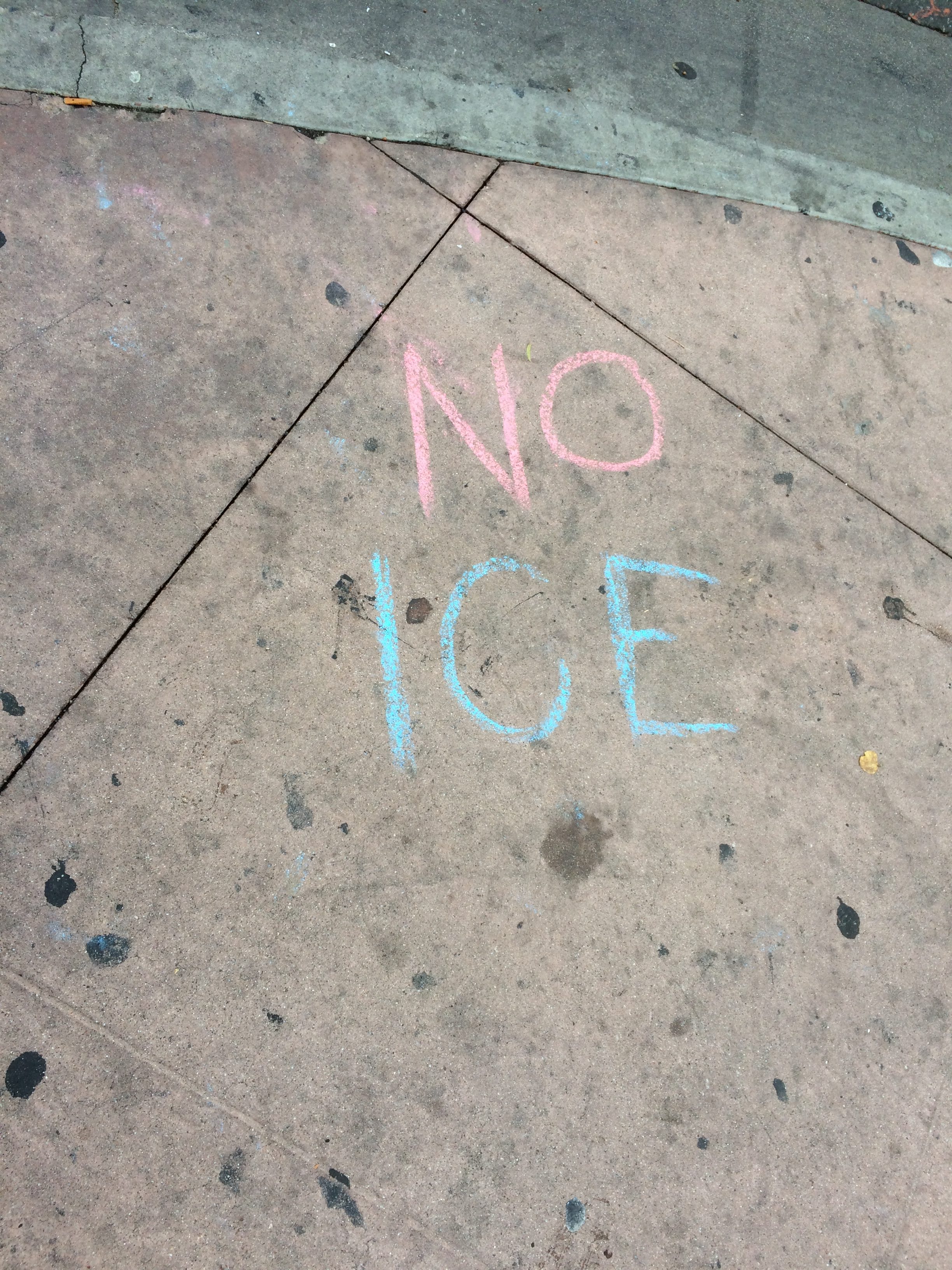

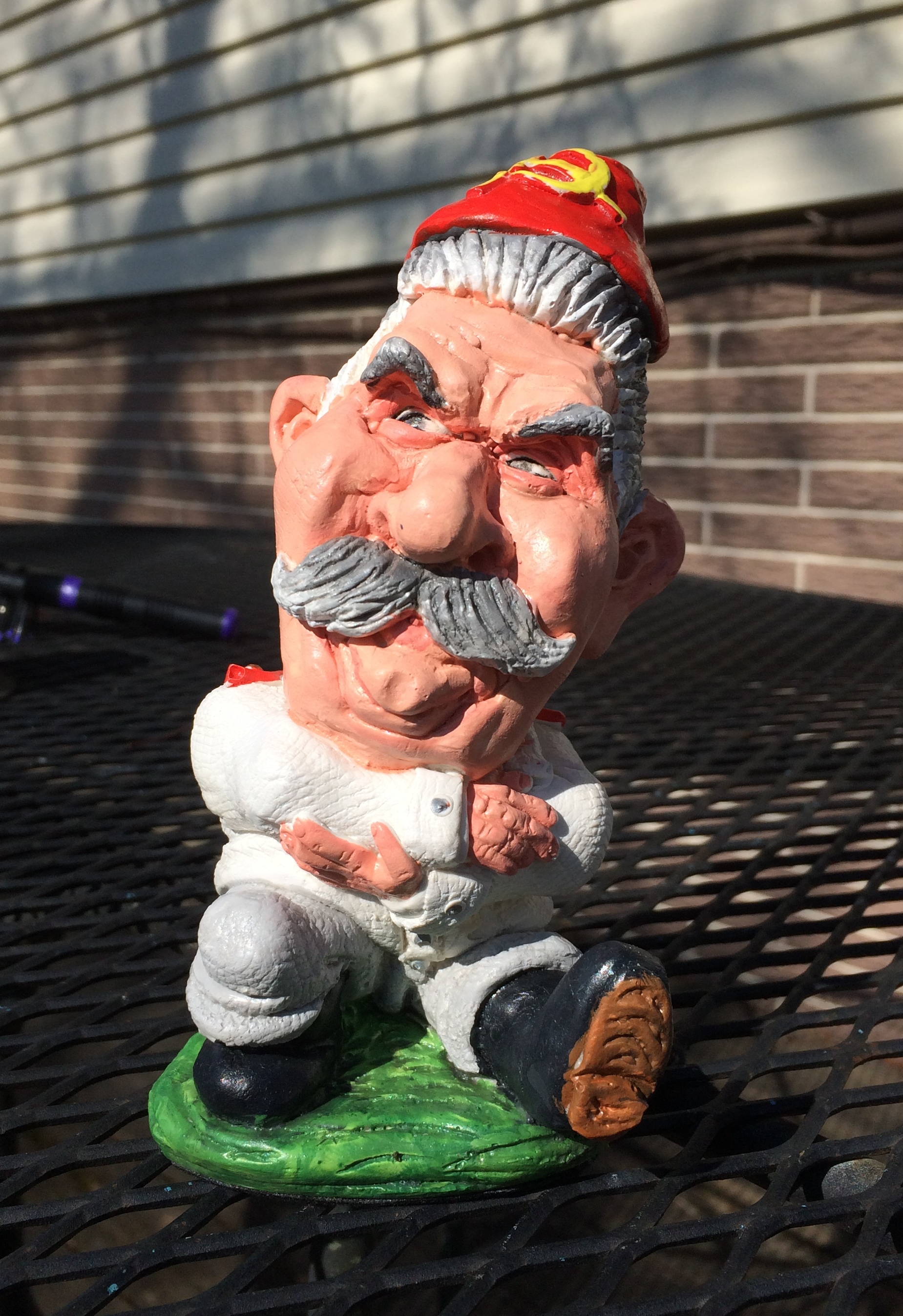
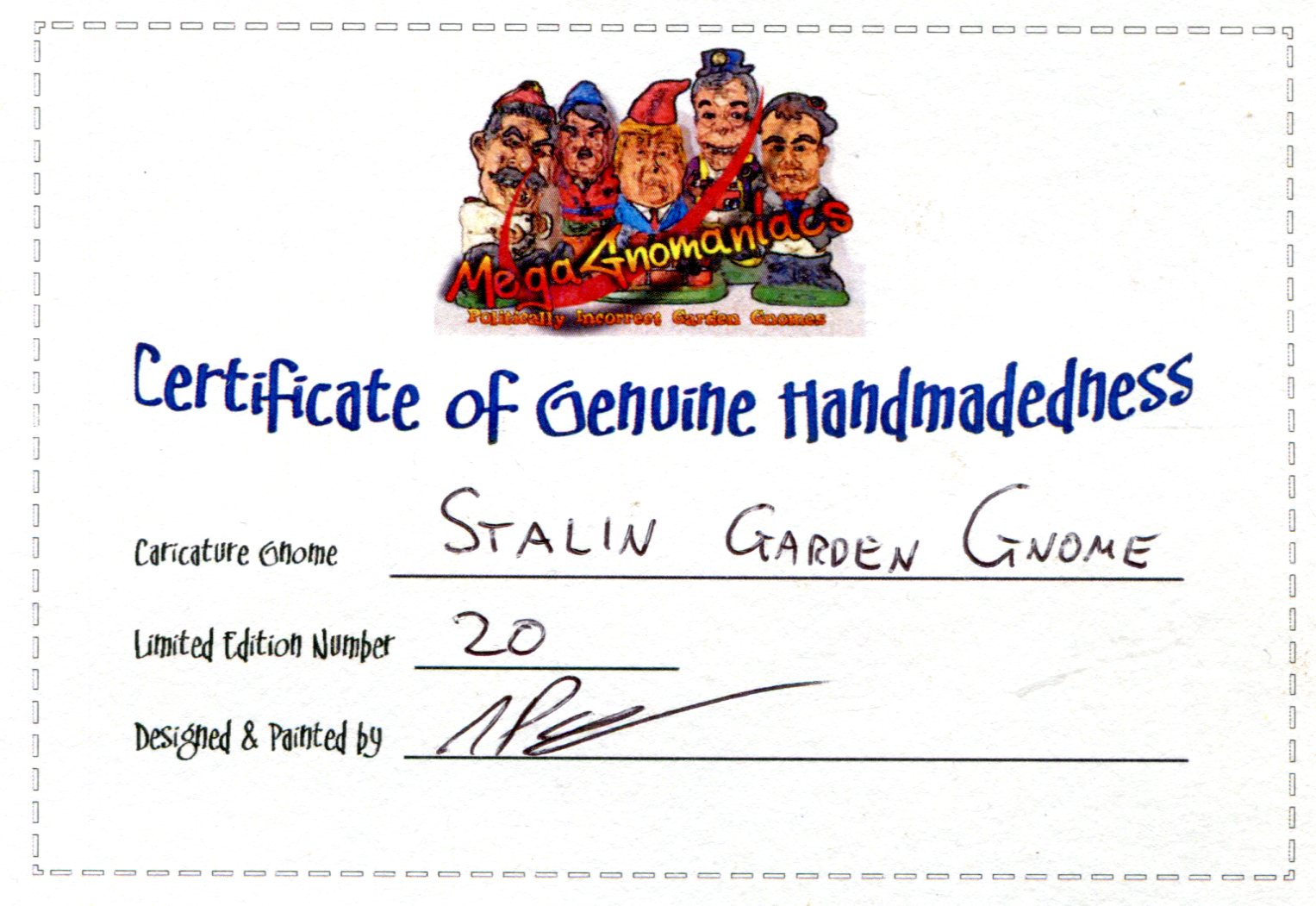

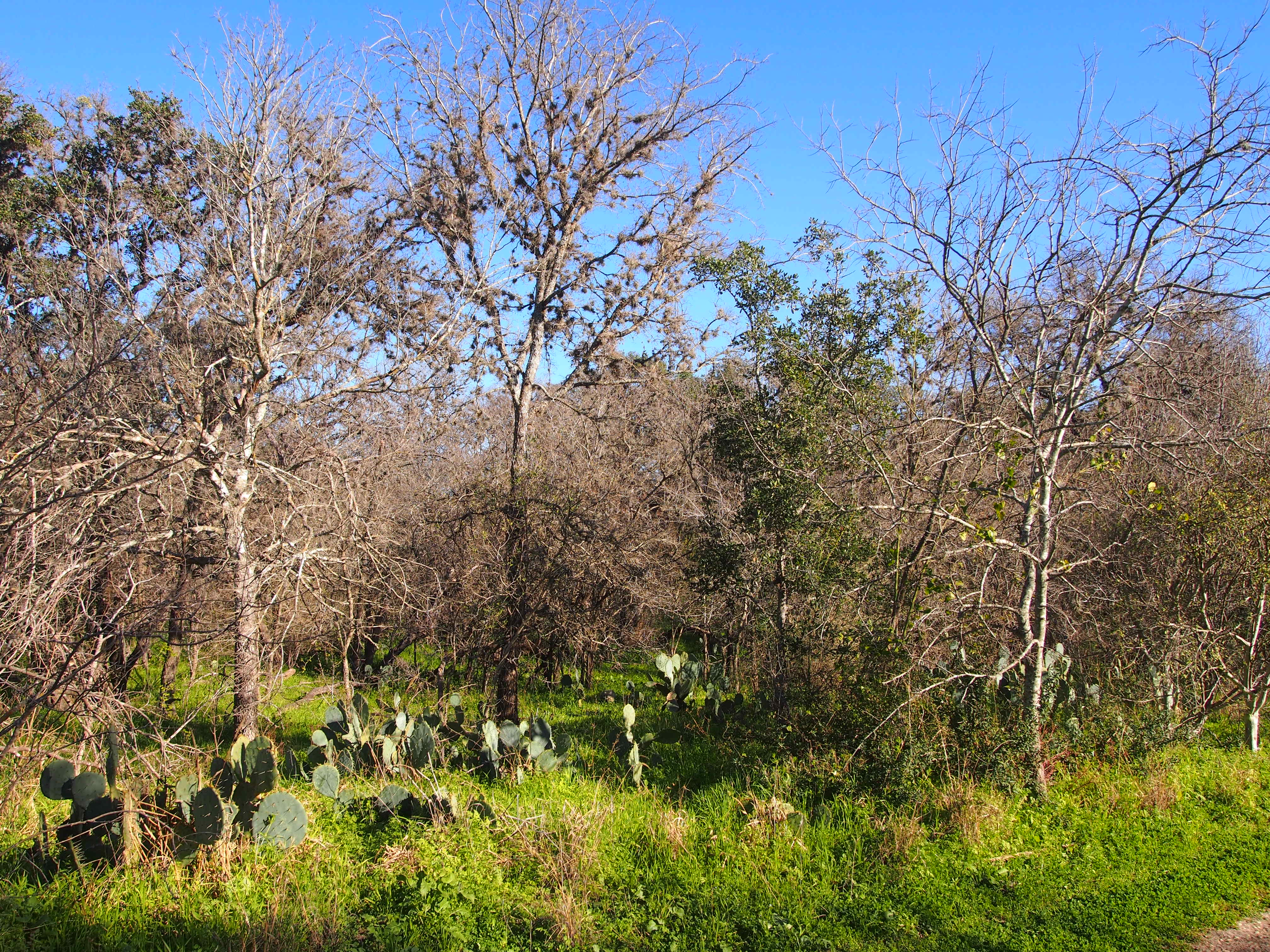
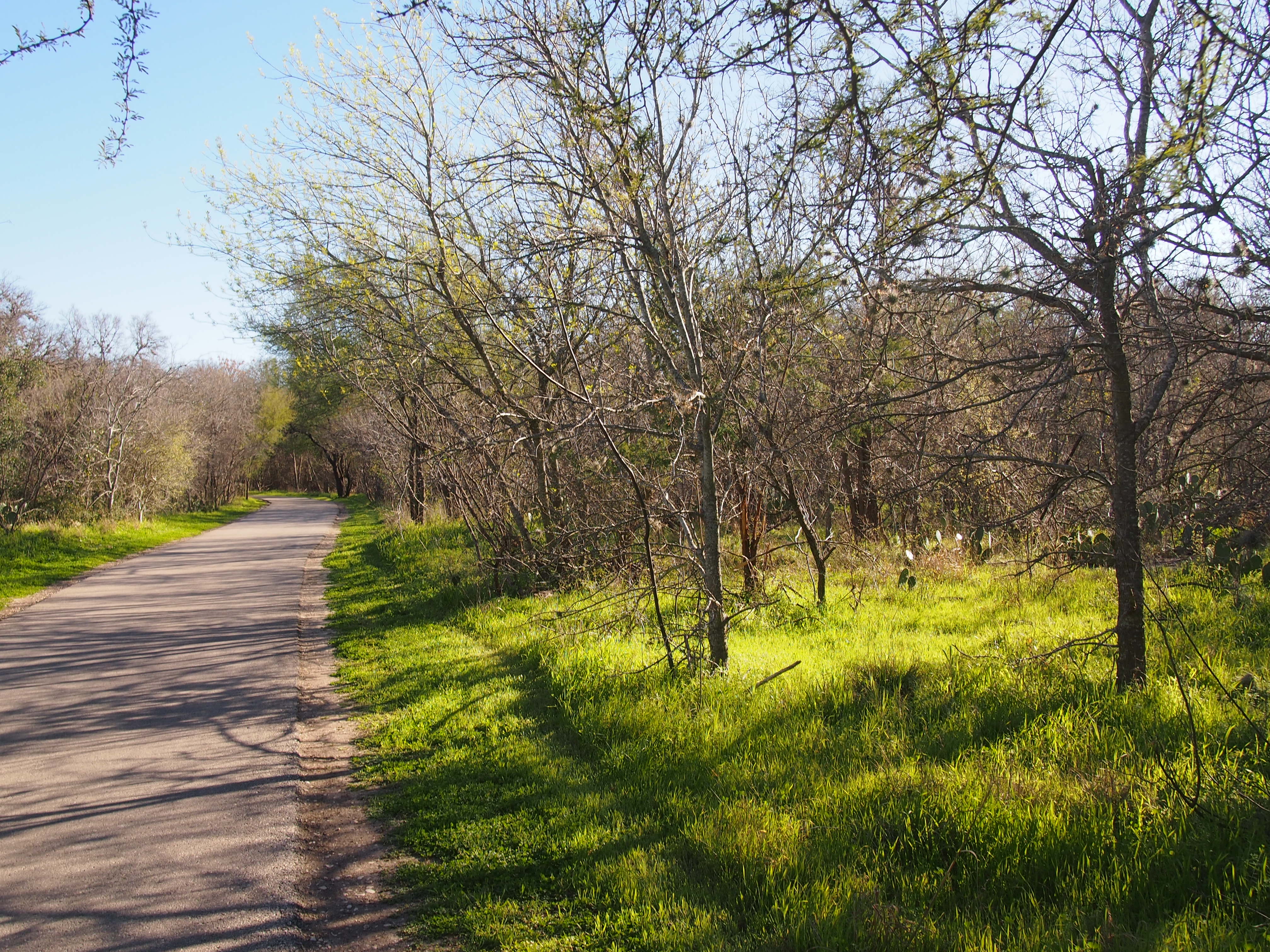
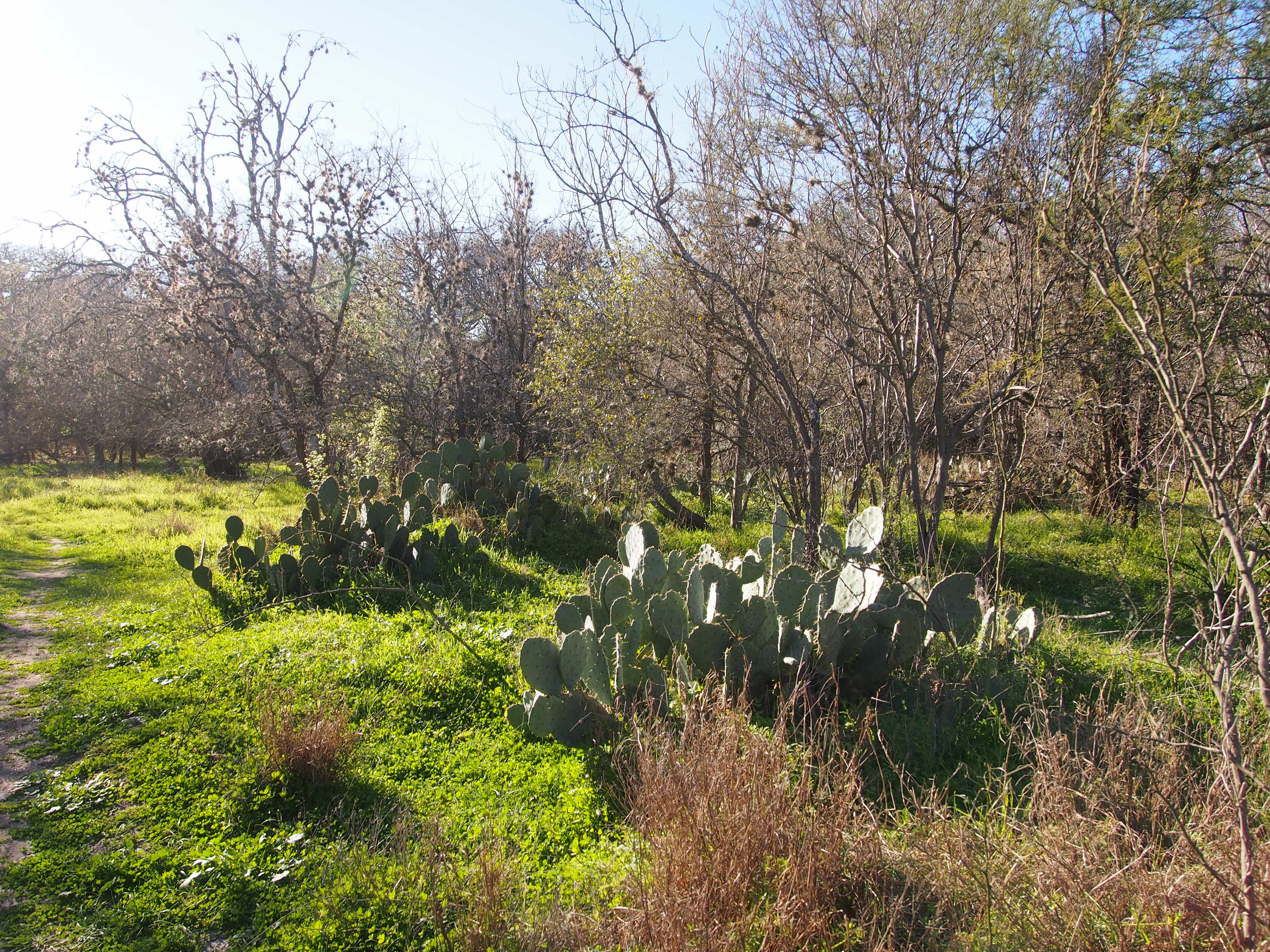
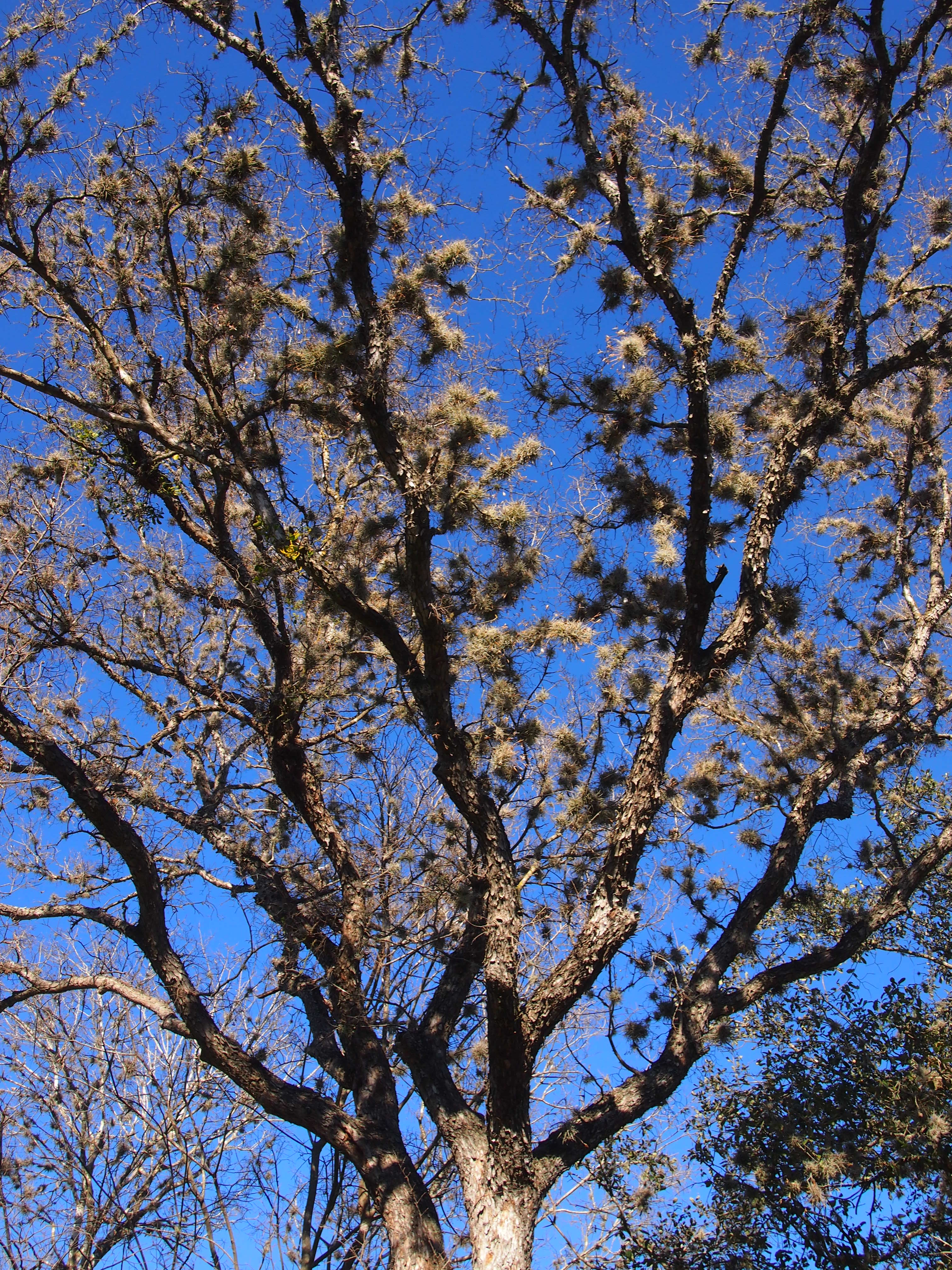
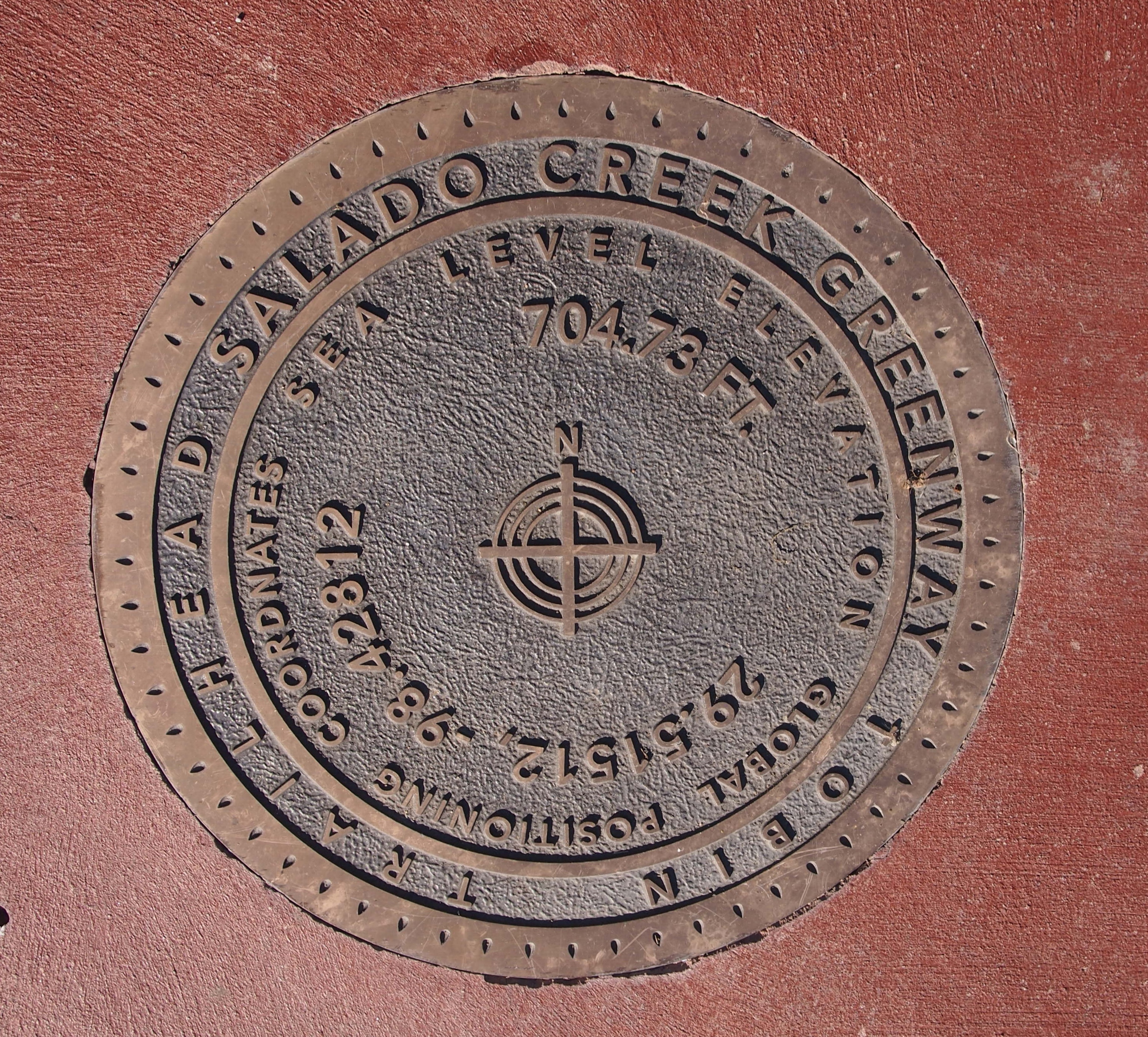
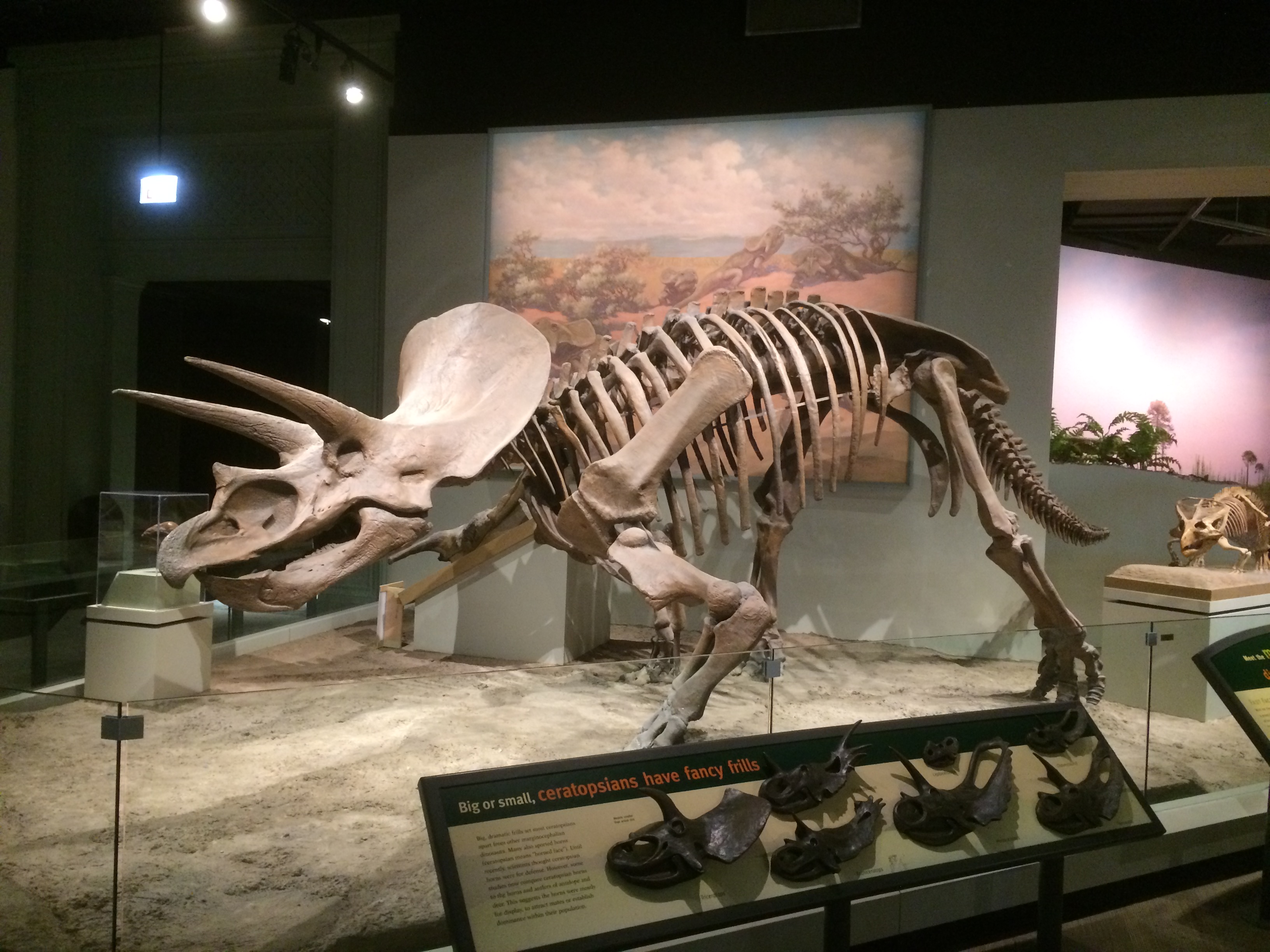
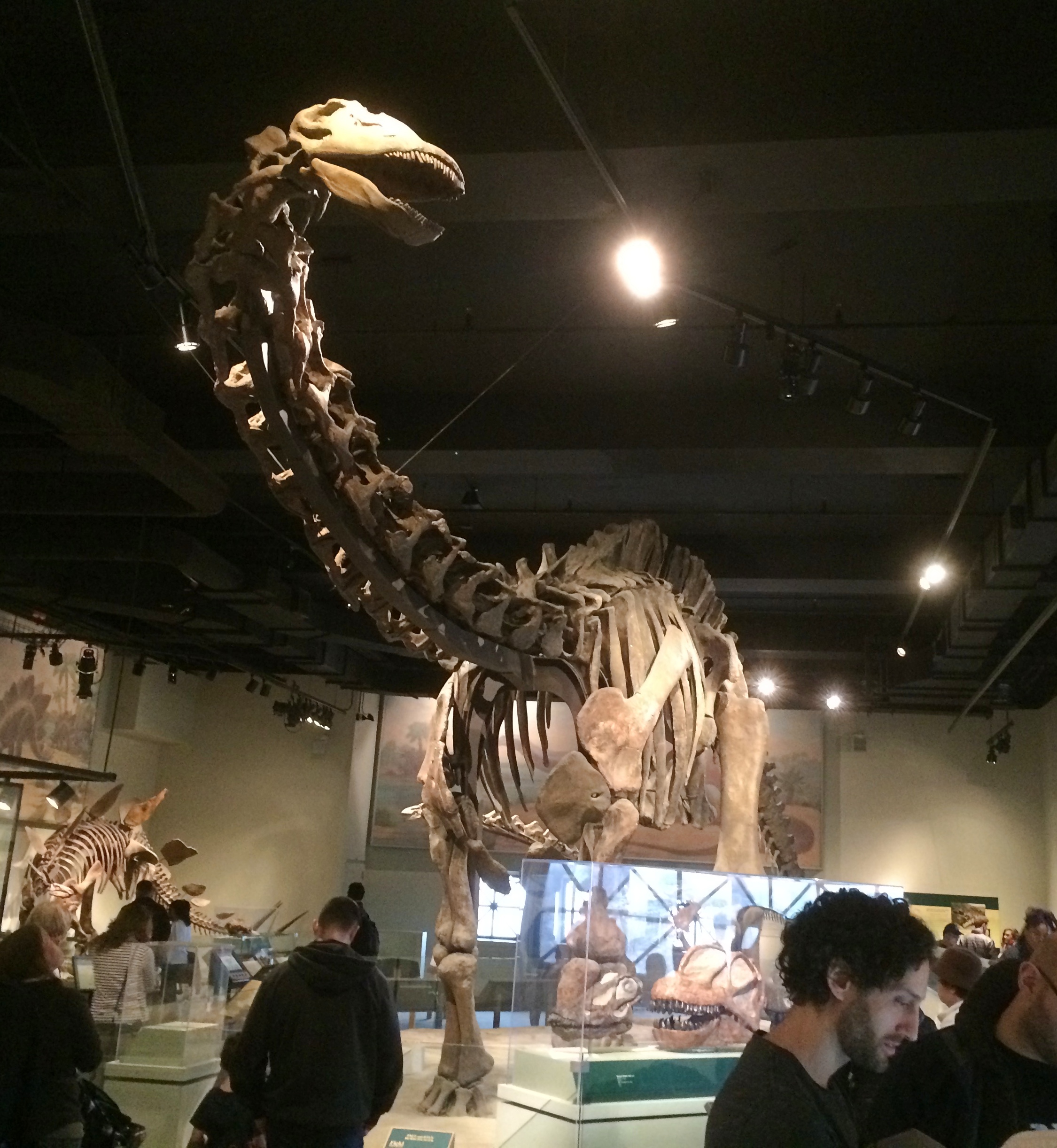
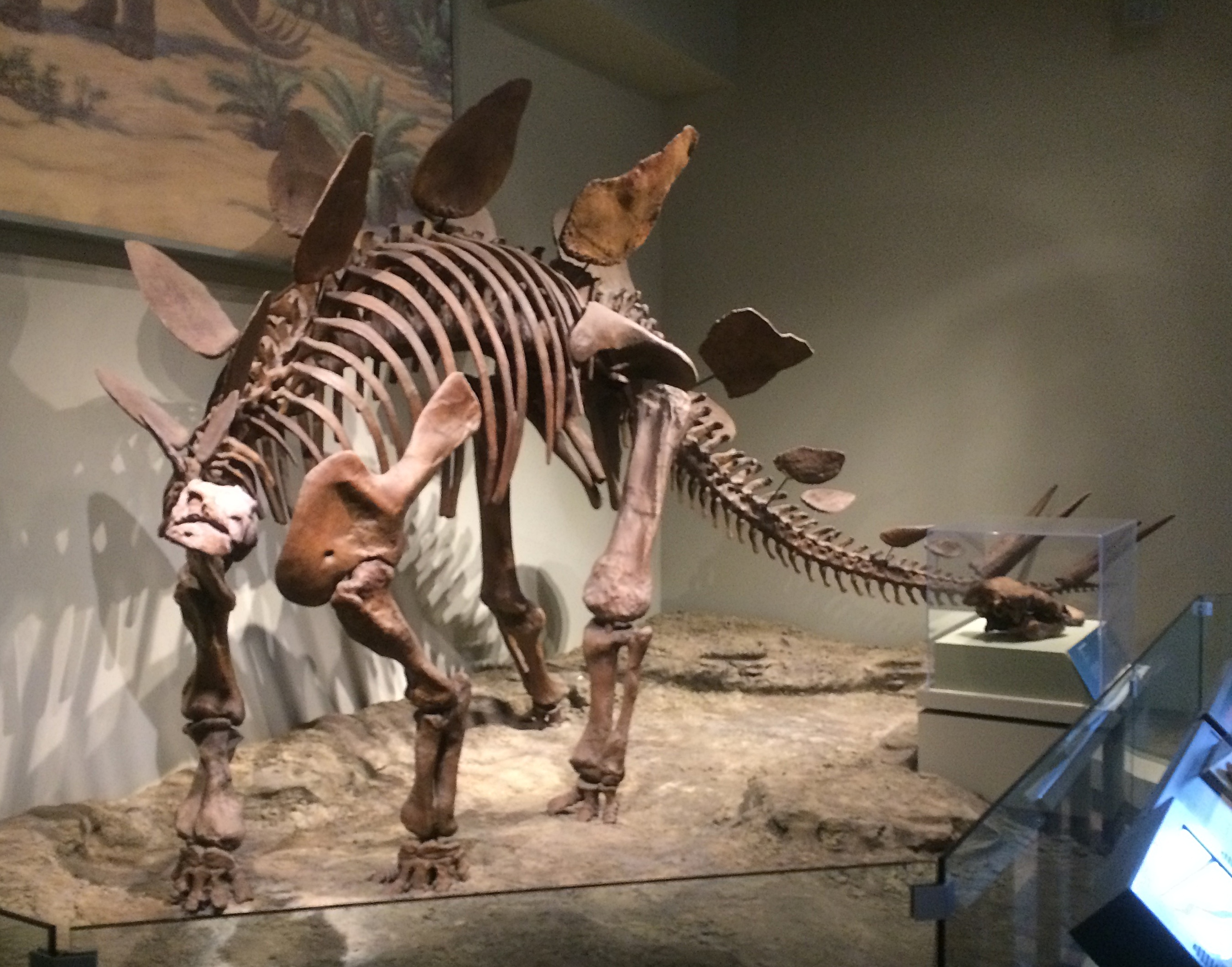
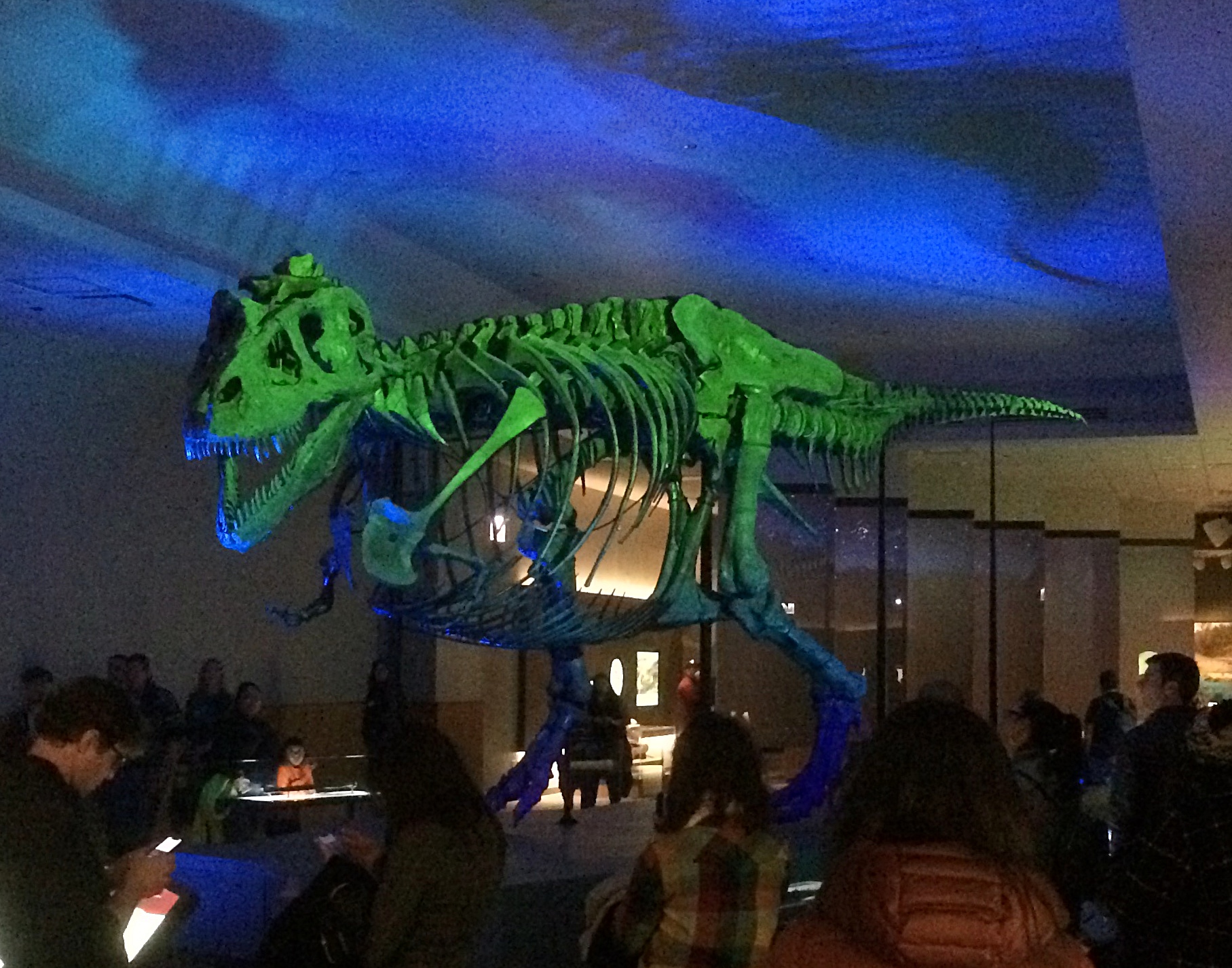
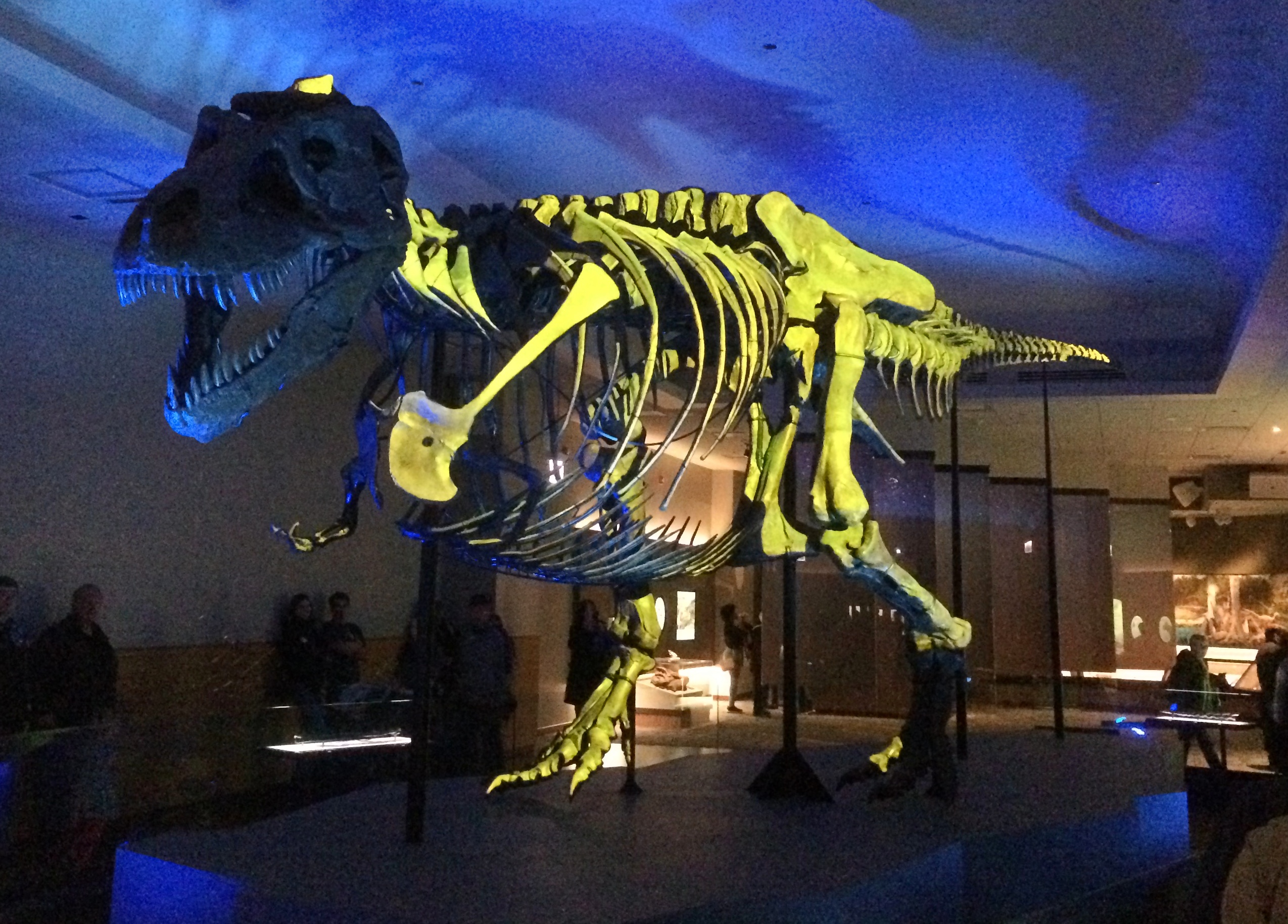

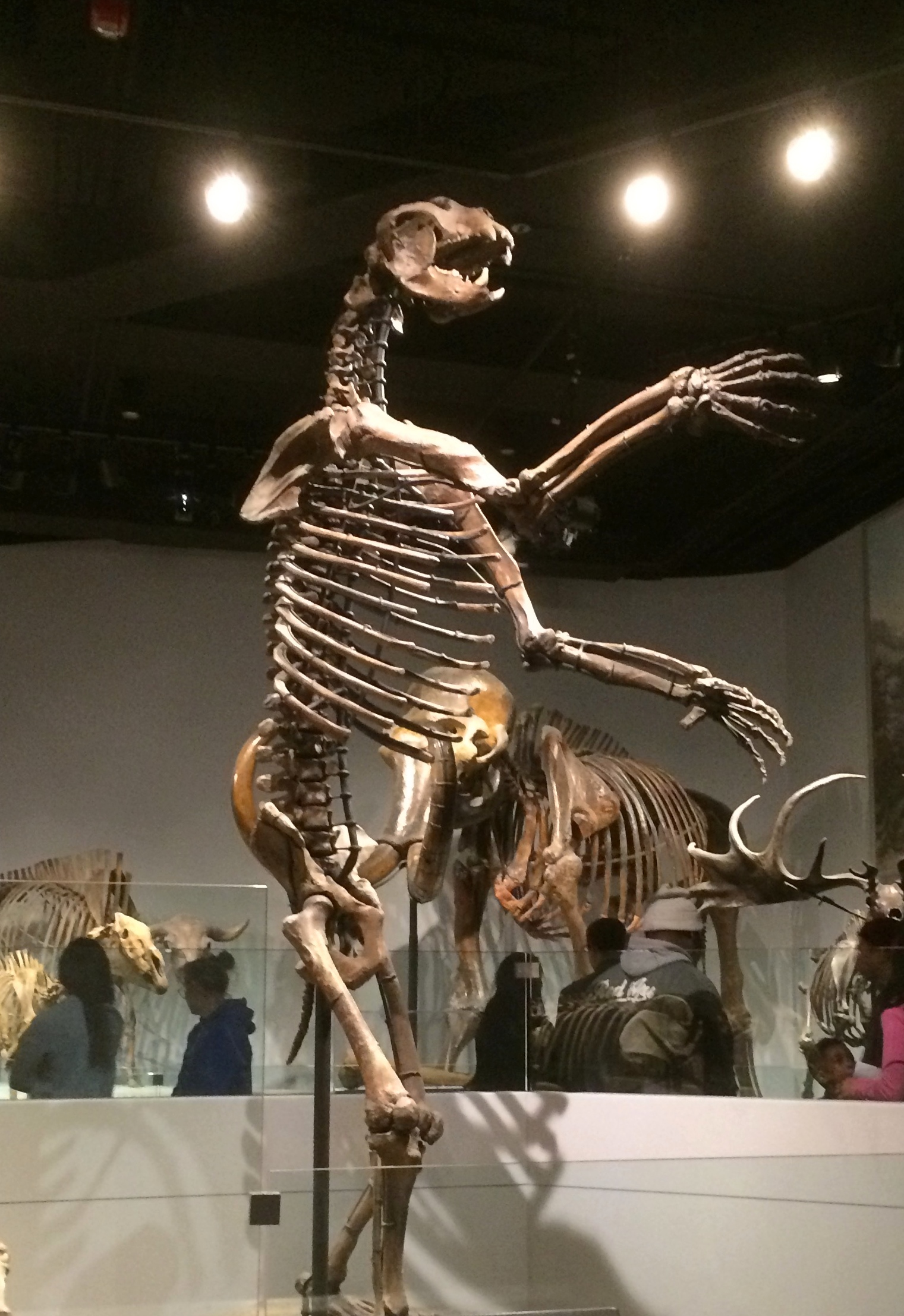
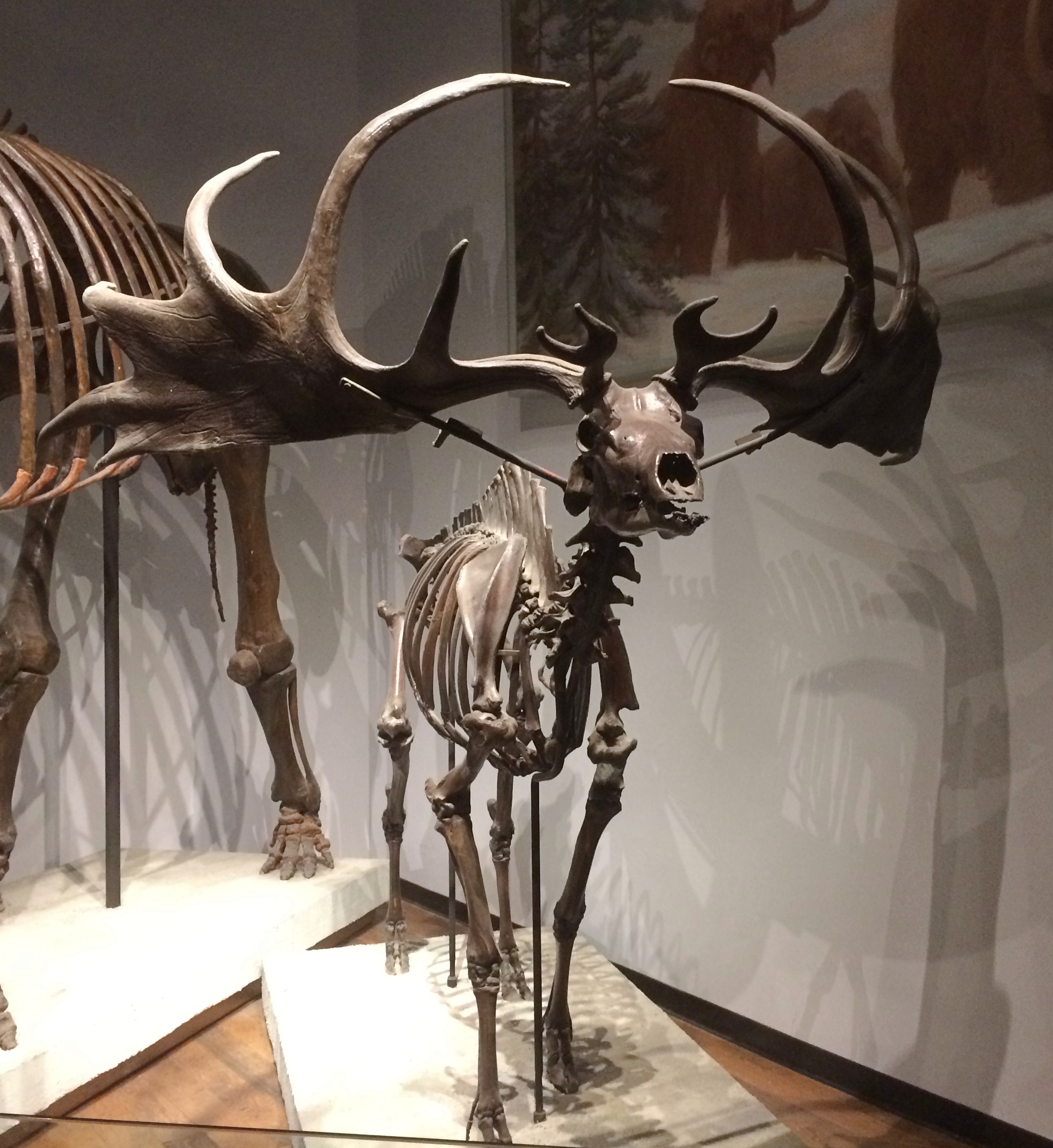
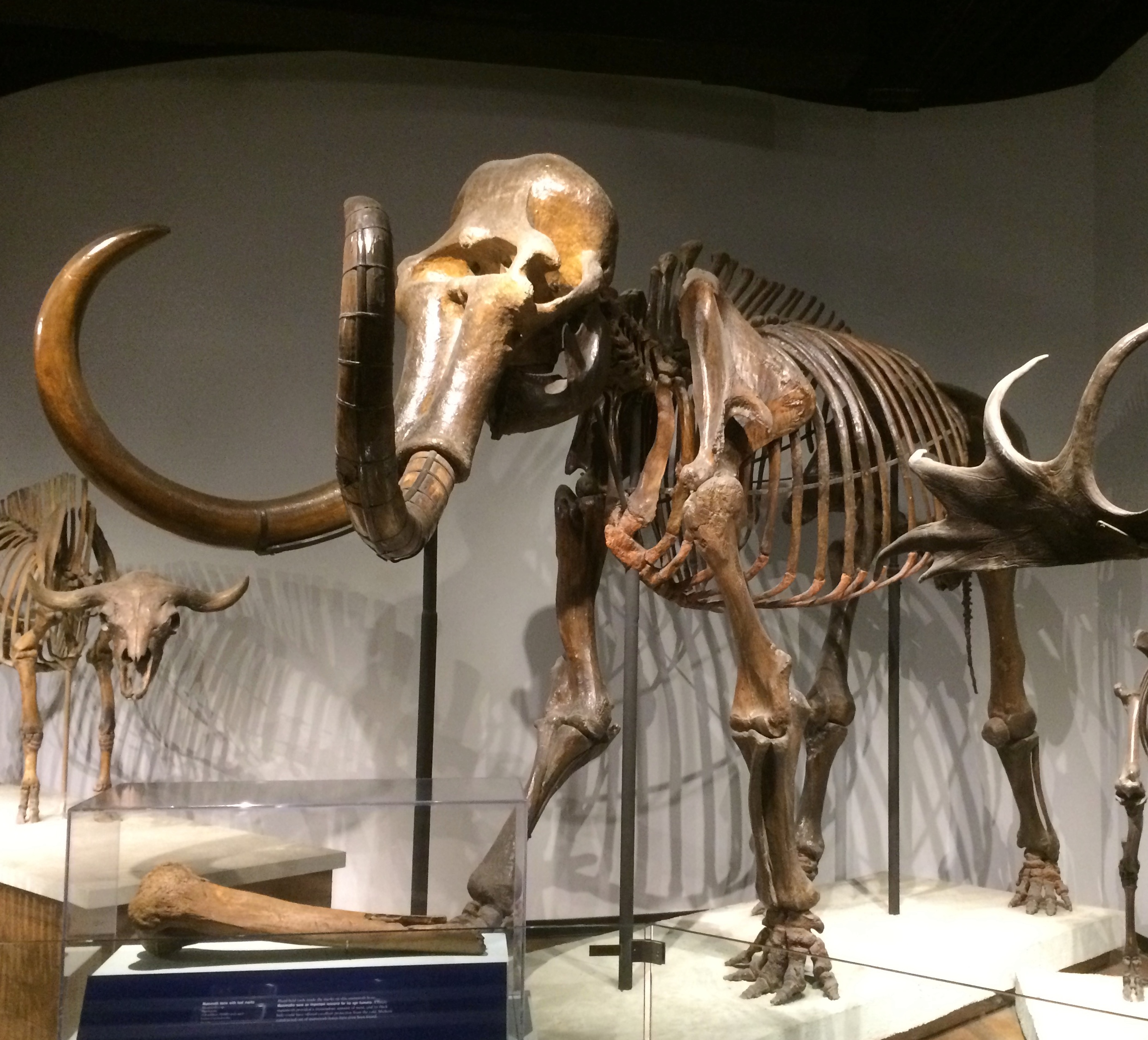
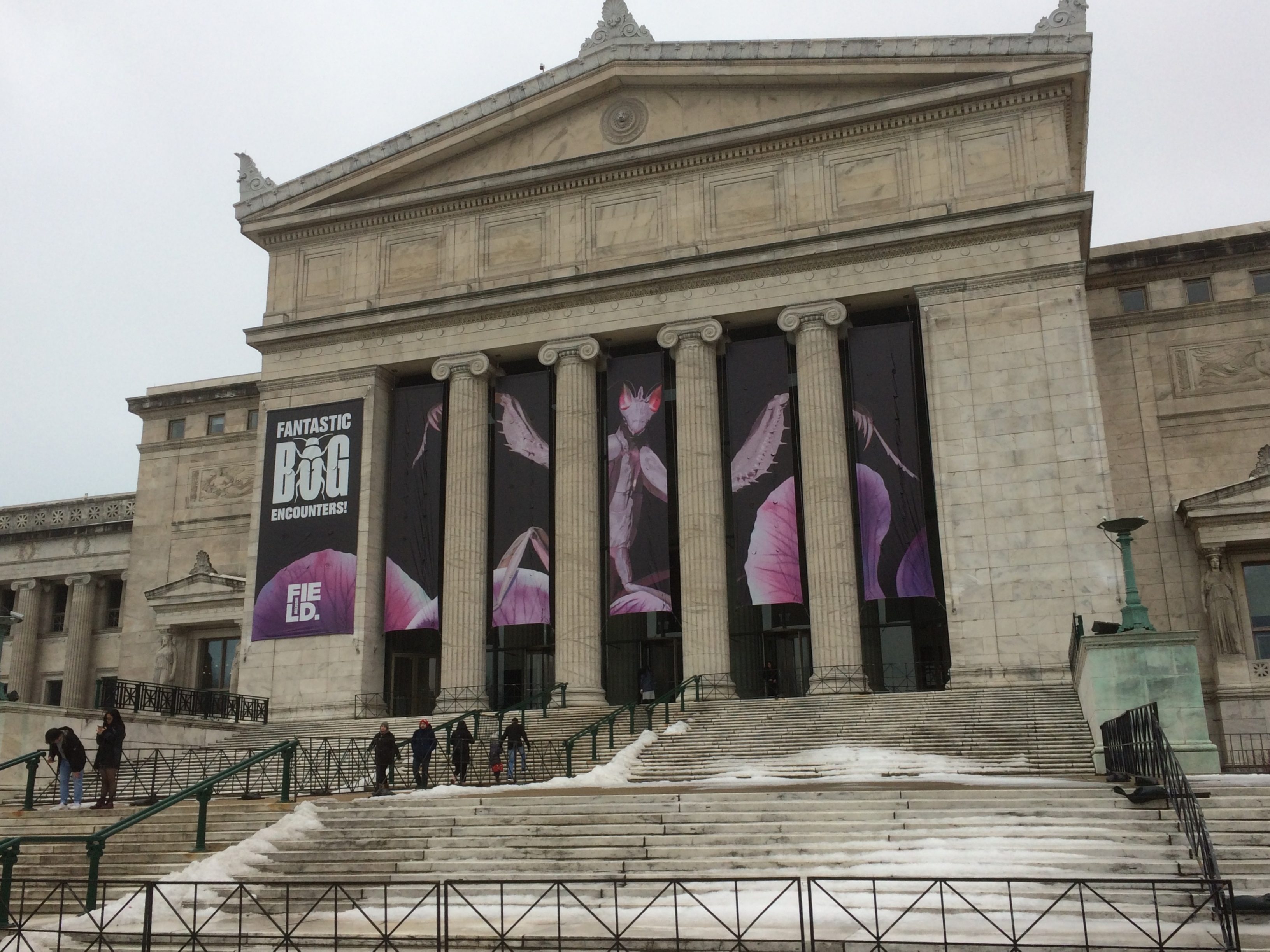

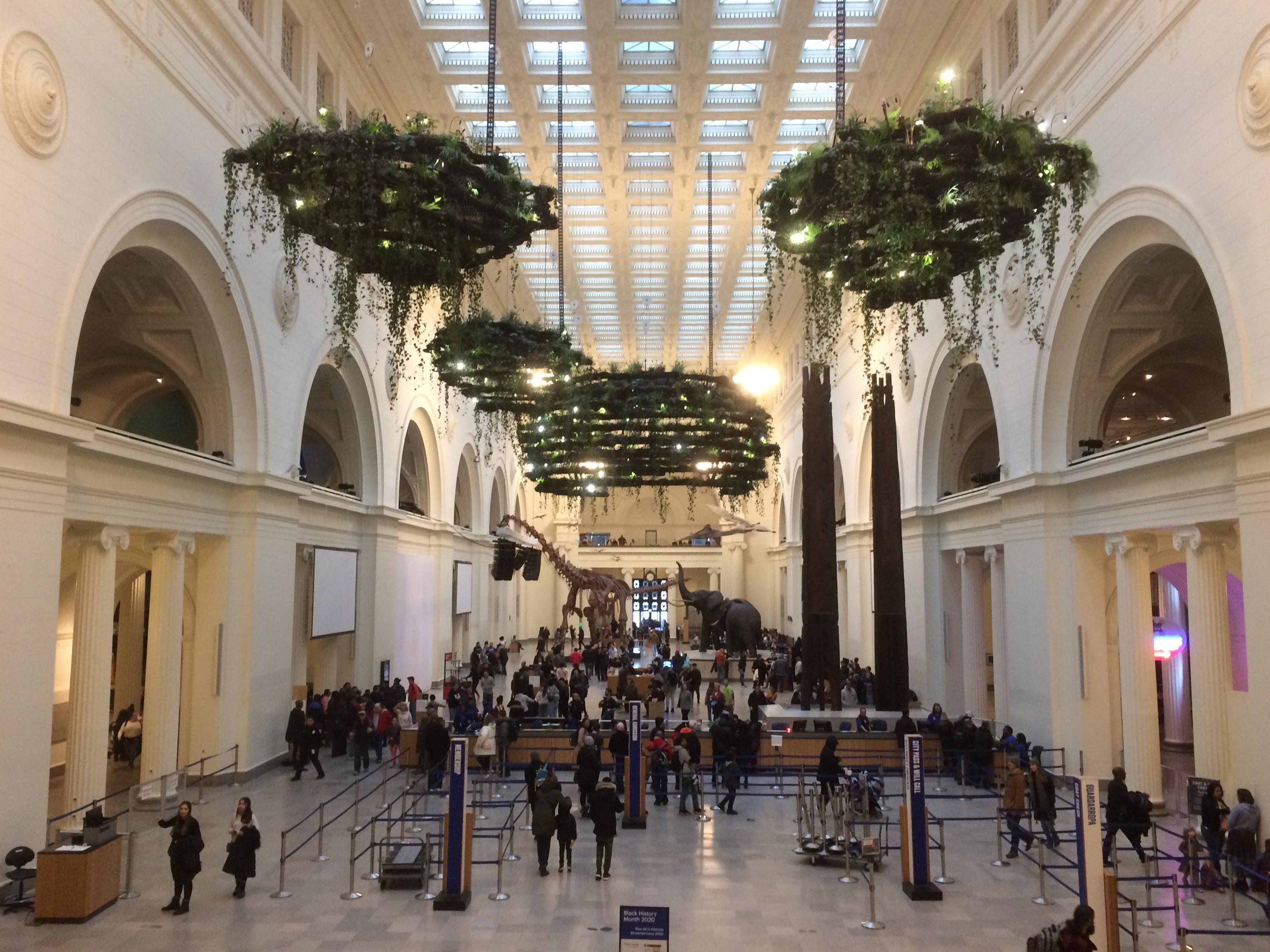
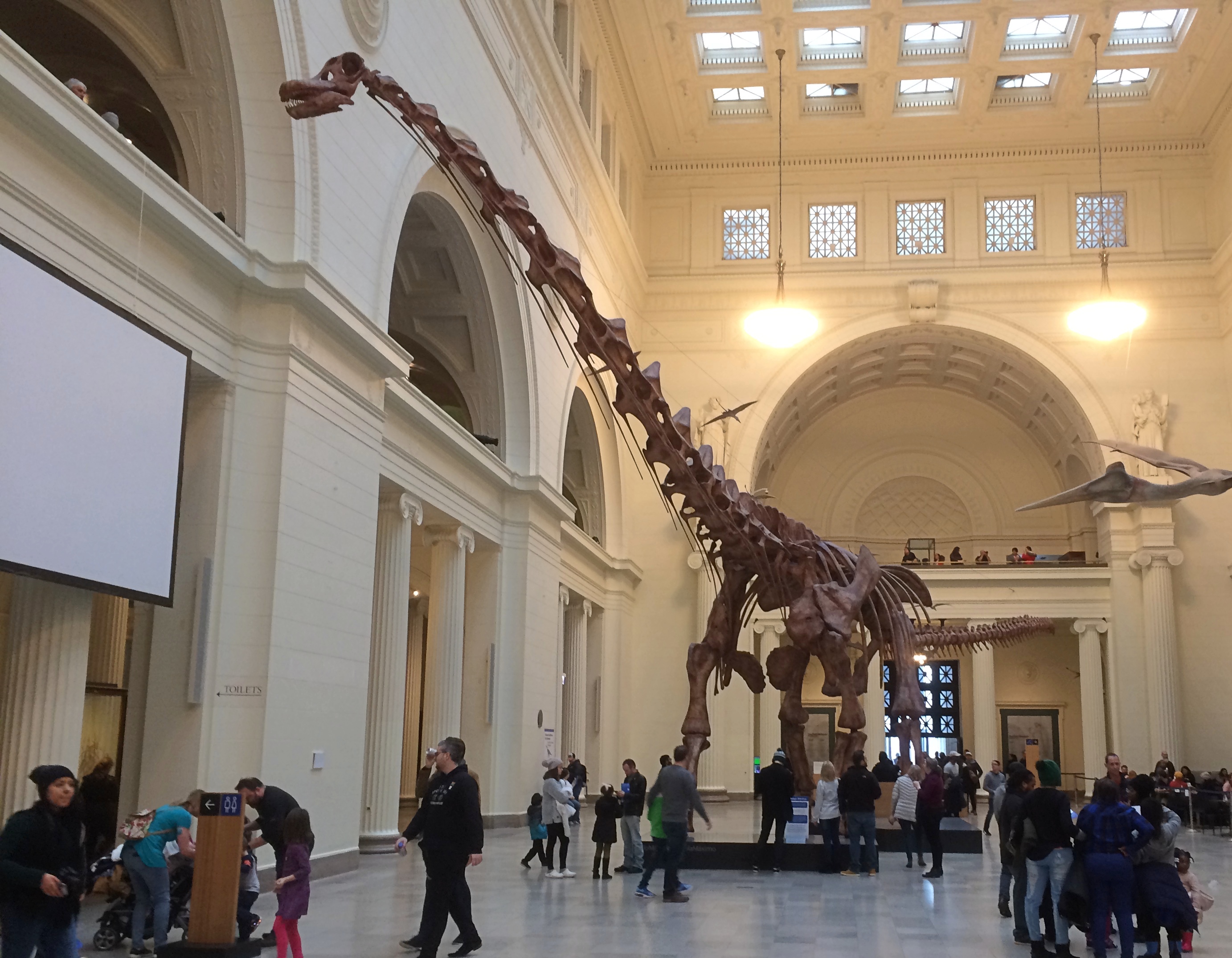 After the main hall, we spent time at the Granger Hall of Gems, the Malott Hall of Jades and at a display of meteorites. Last time I visited the museum, we were promised that there would soon be a permanent exhibit of pieces of the Chelyabinsk Meteor,
After the main hall, we spent time at the Granger Hall of Gems, the Malott Hall of Jades and at a display of meteorites. Last time I visited the museum, we were promised that there would soon be a permanent exhibit of pieces of the Chelyabinsk Meteor, 